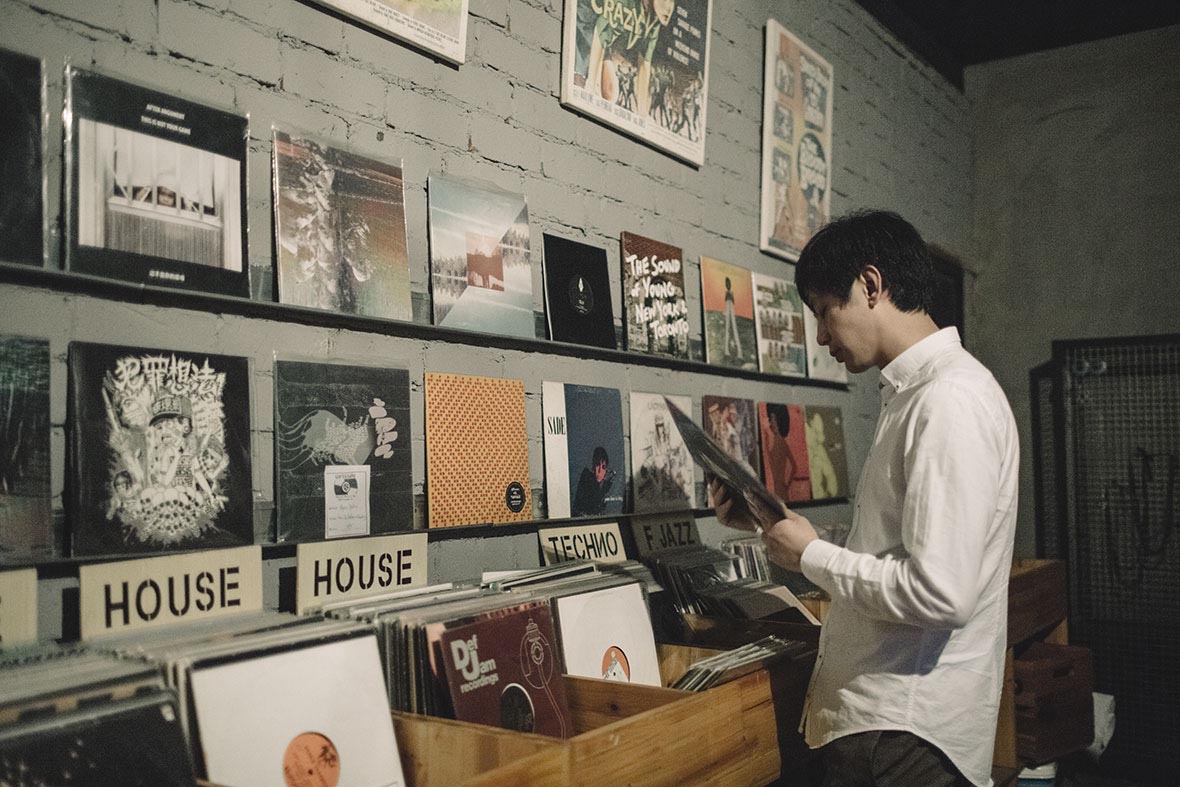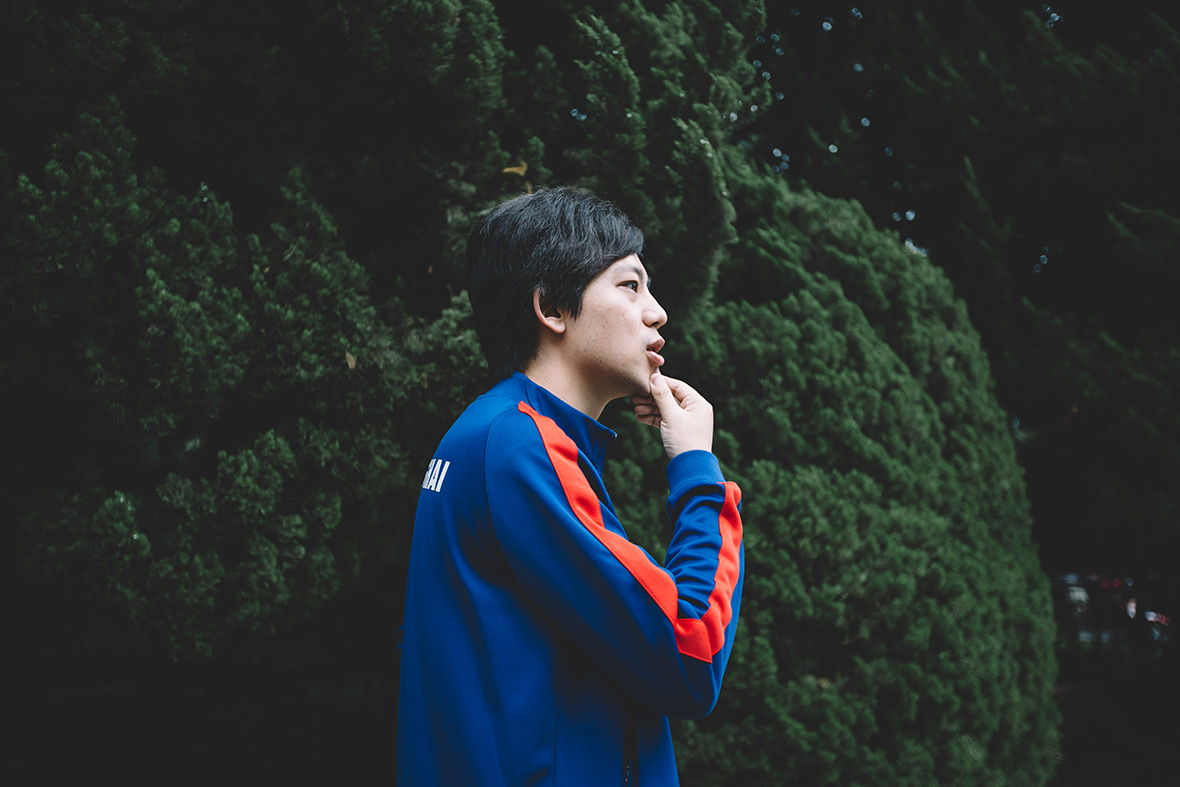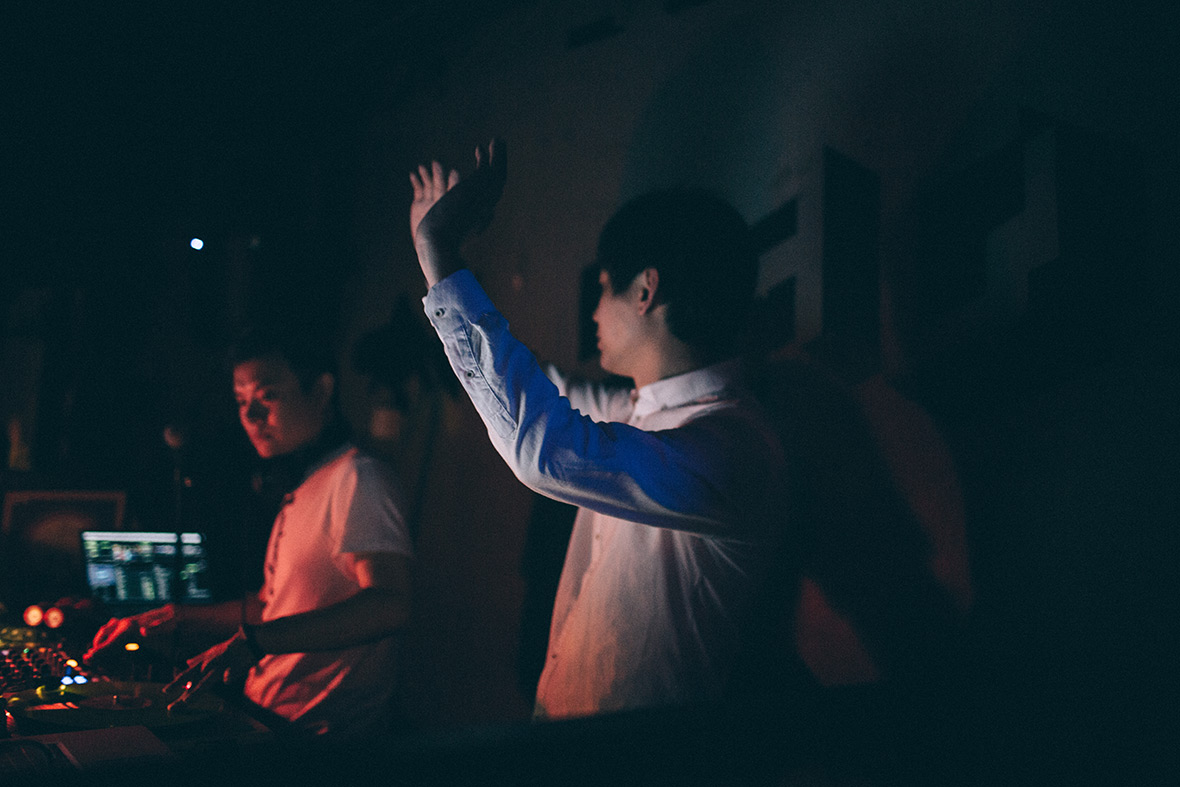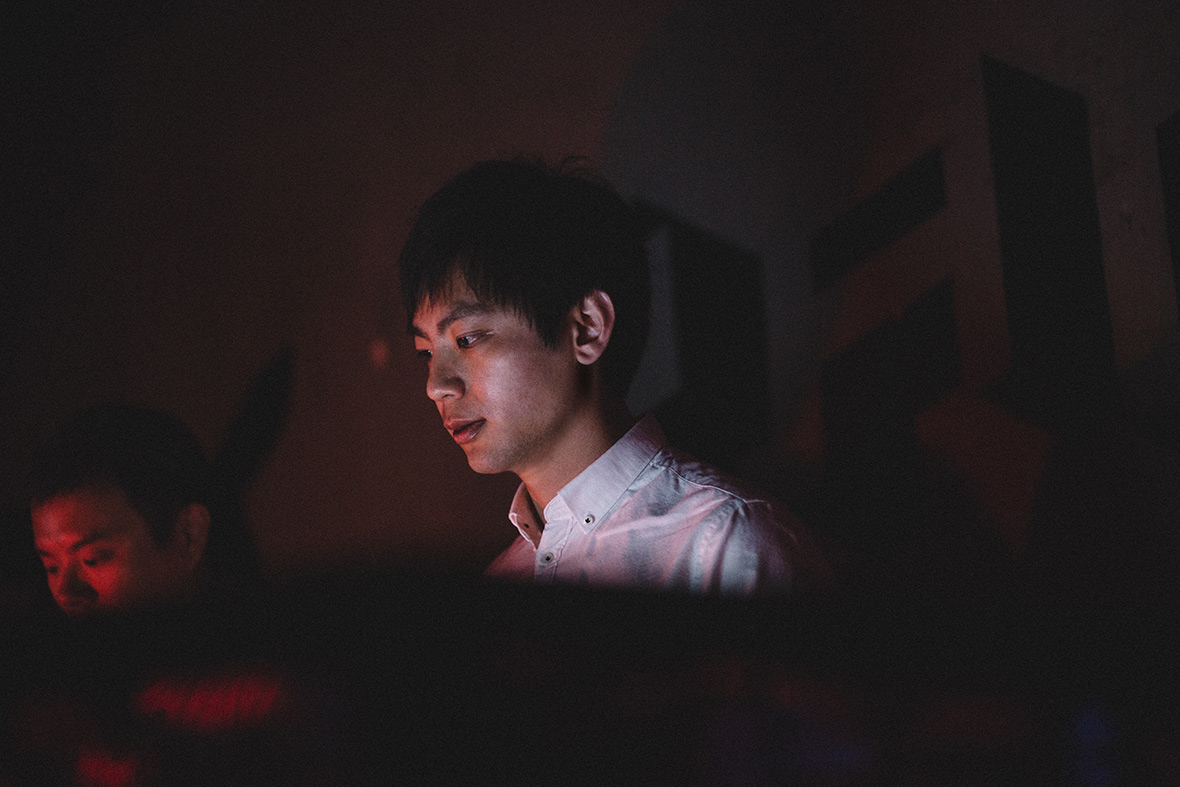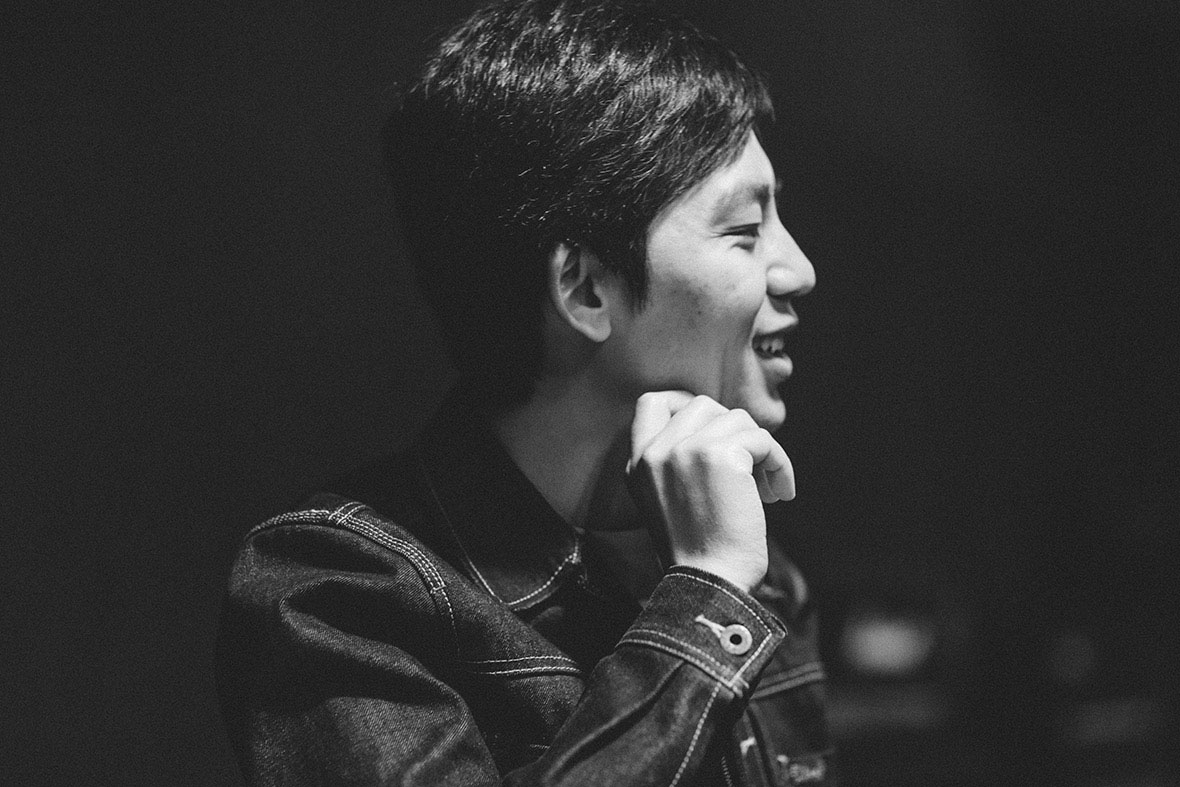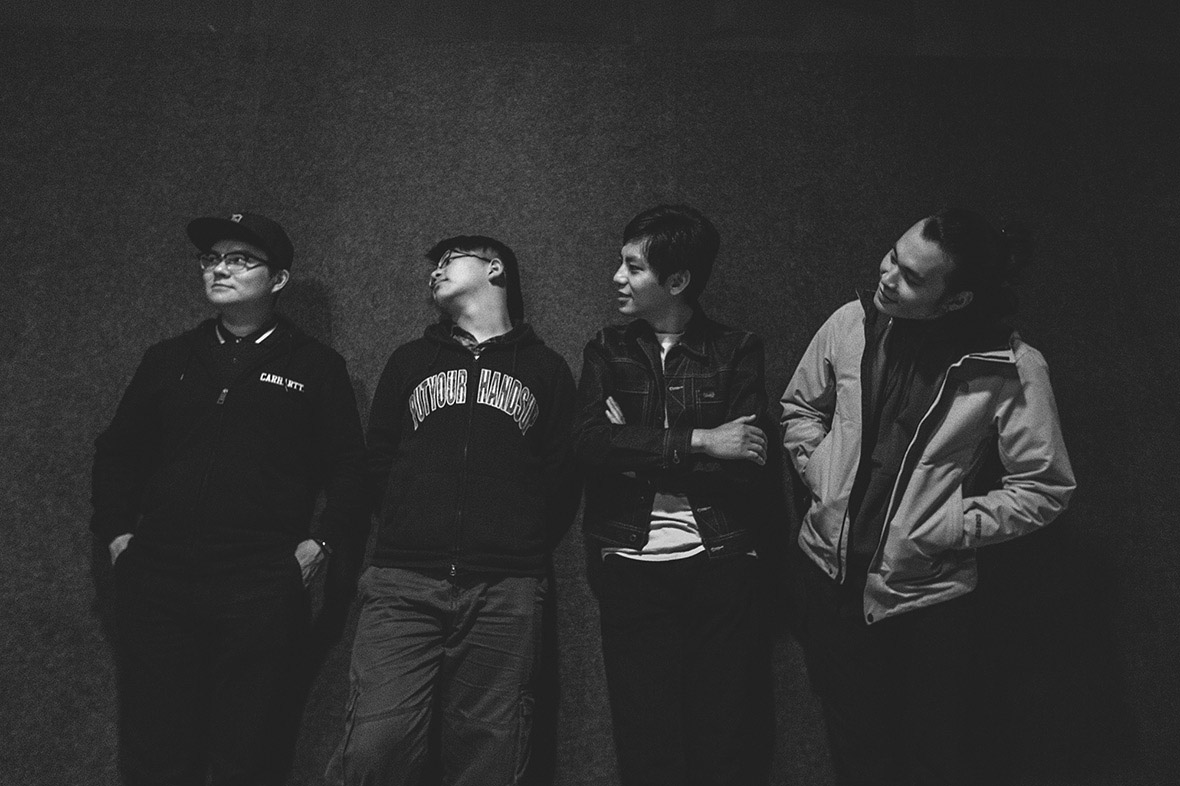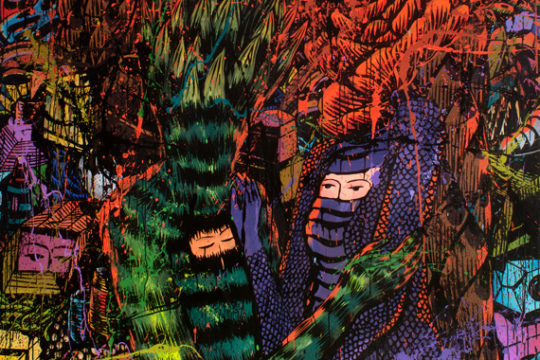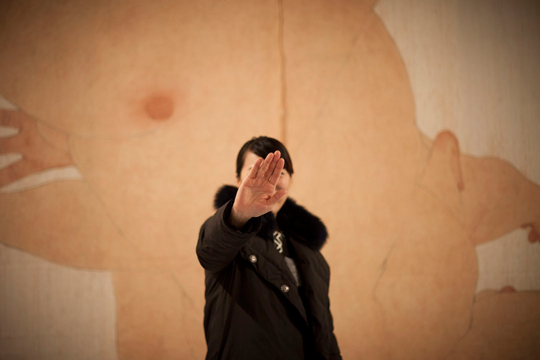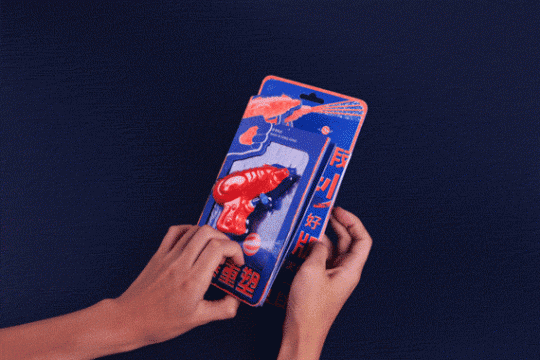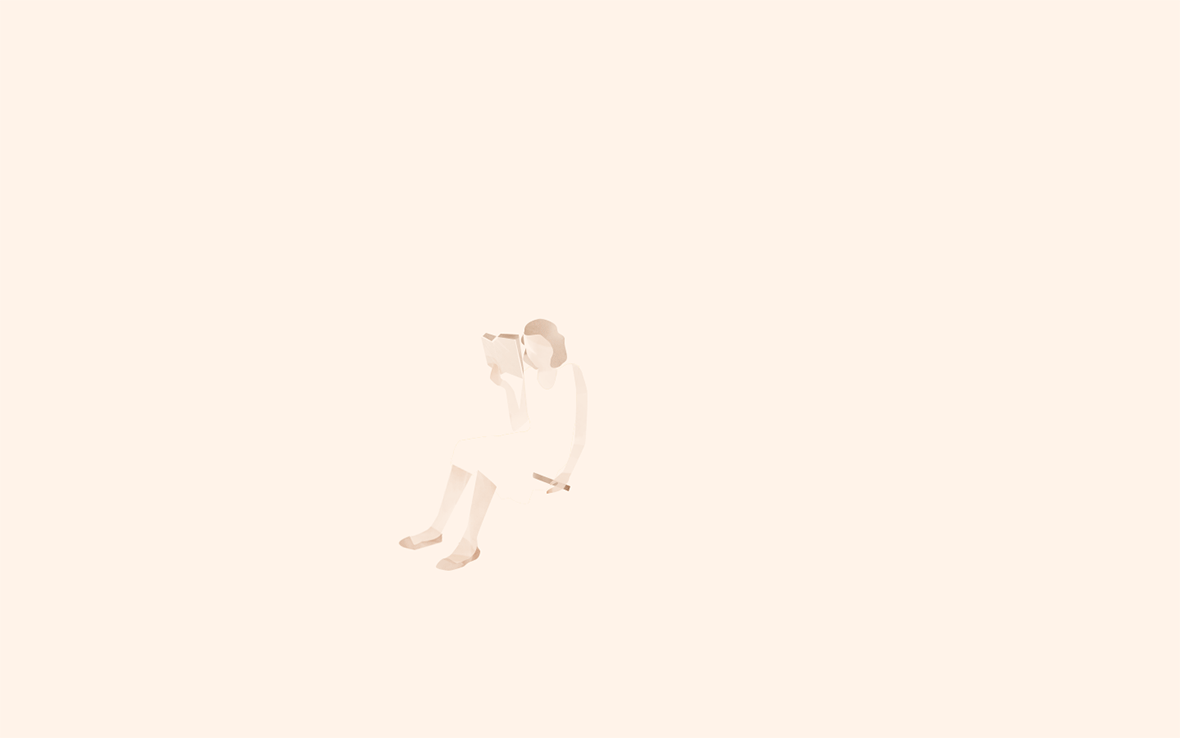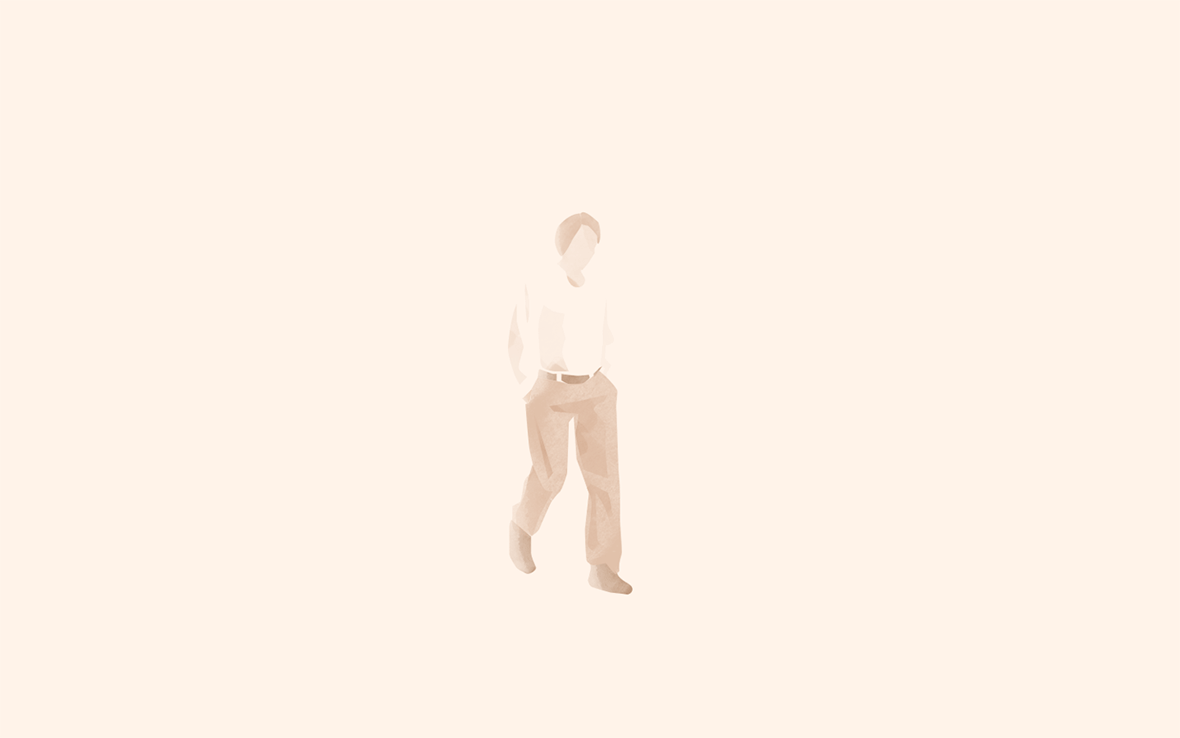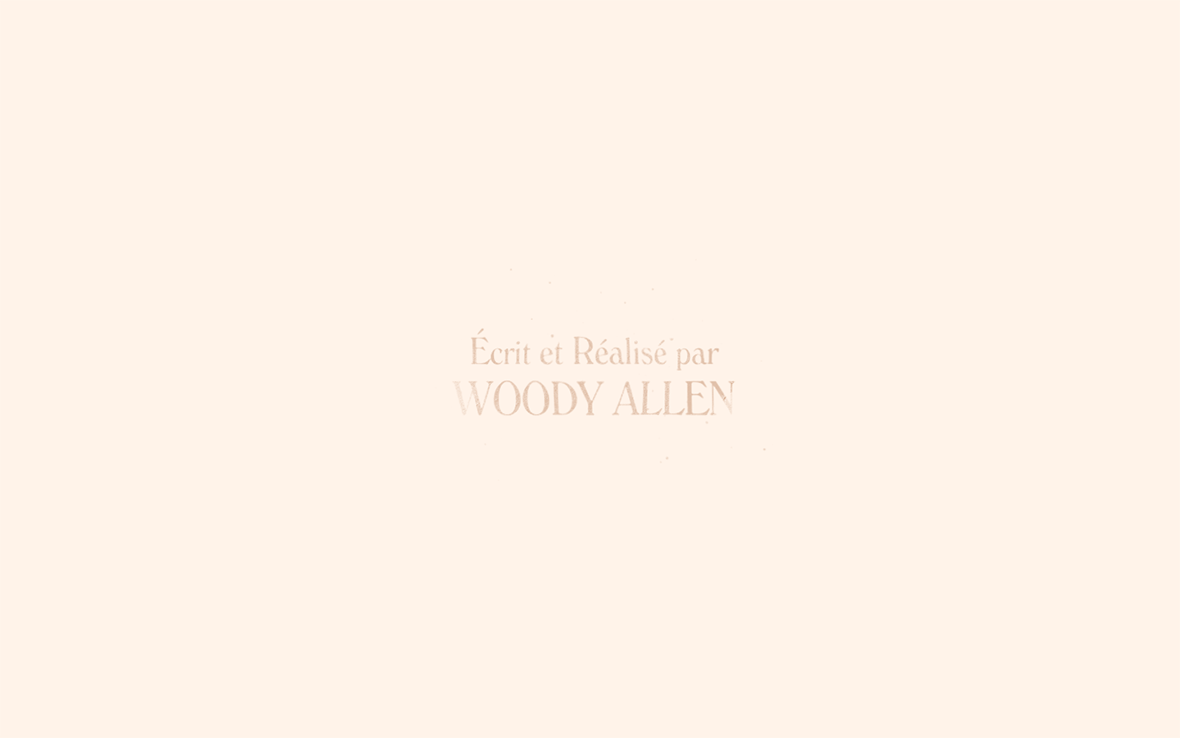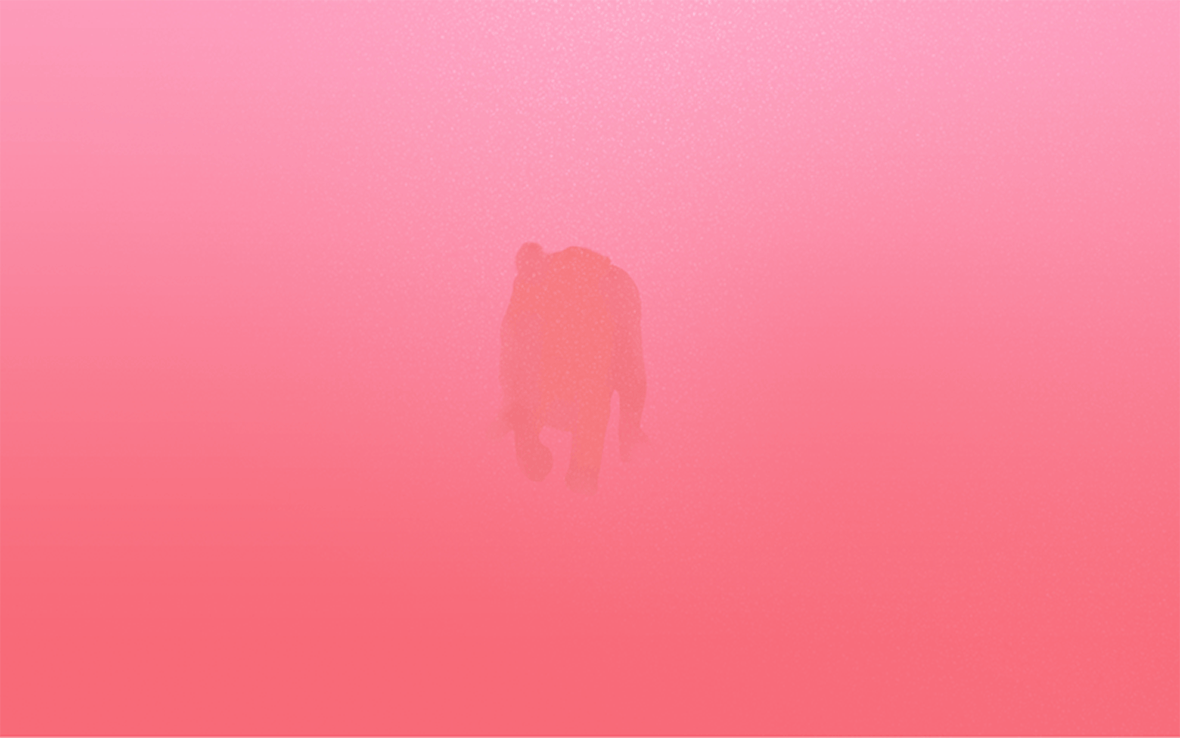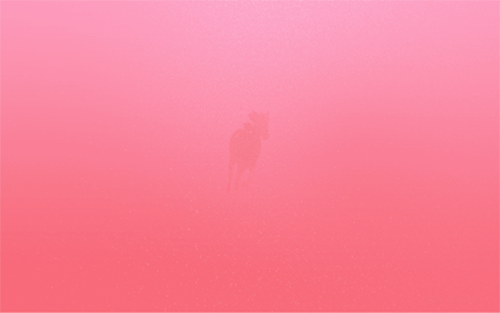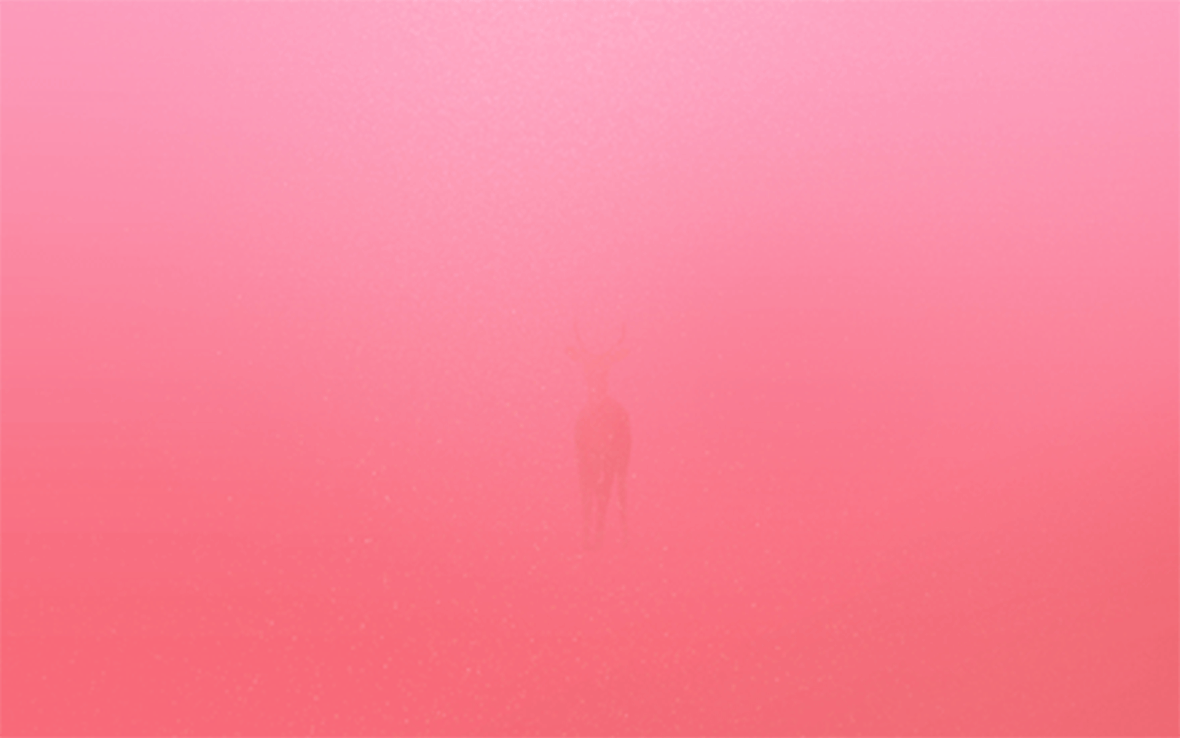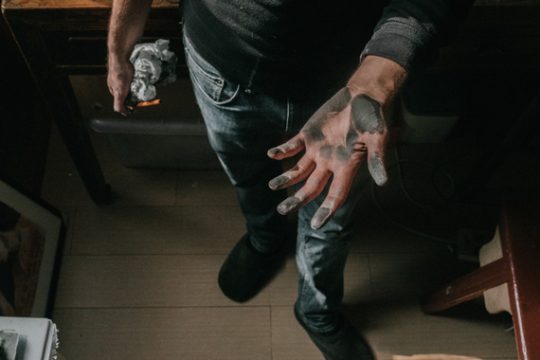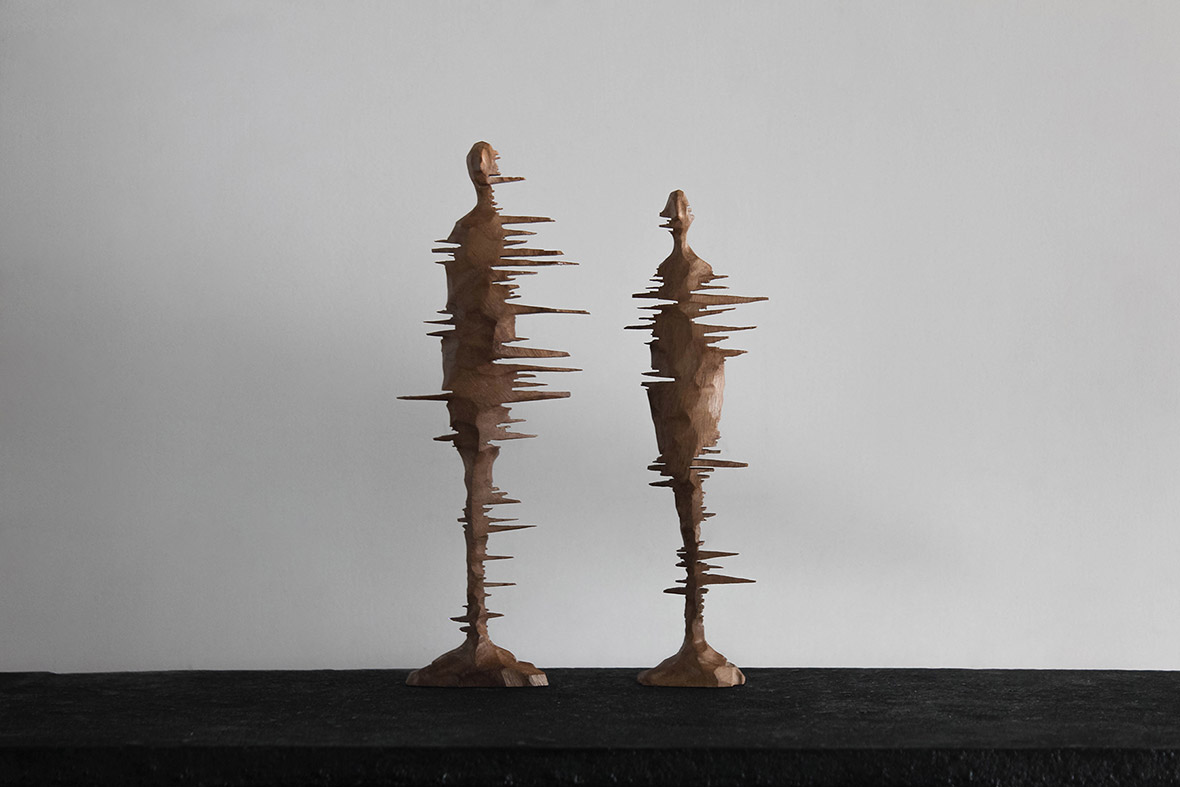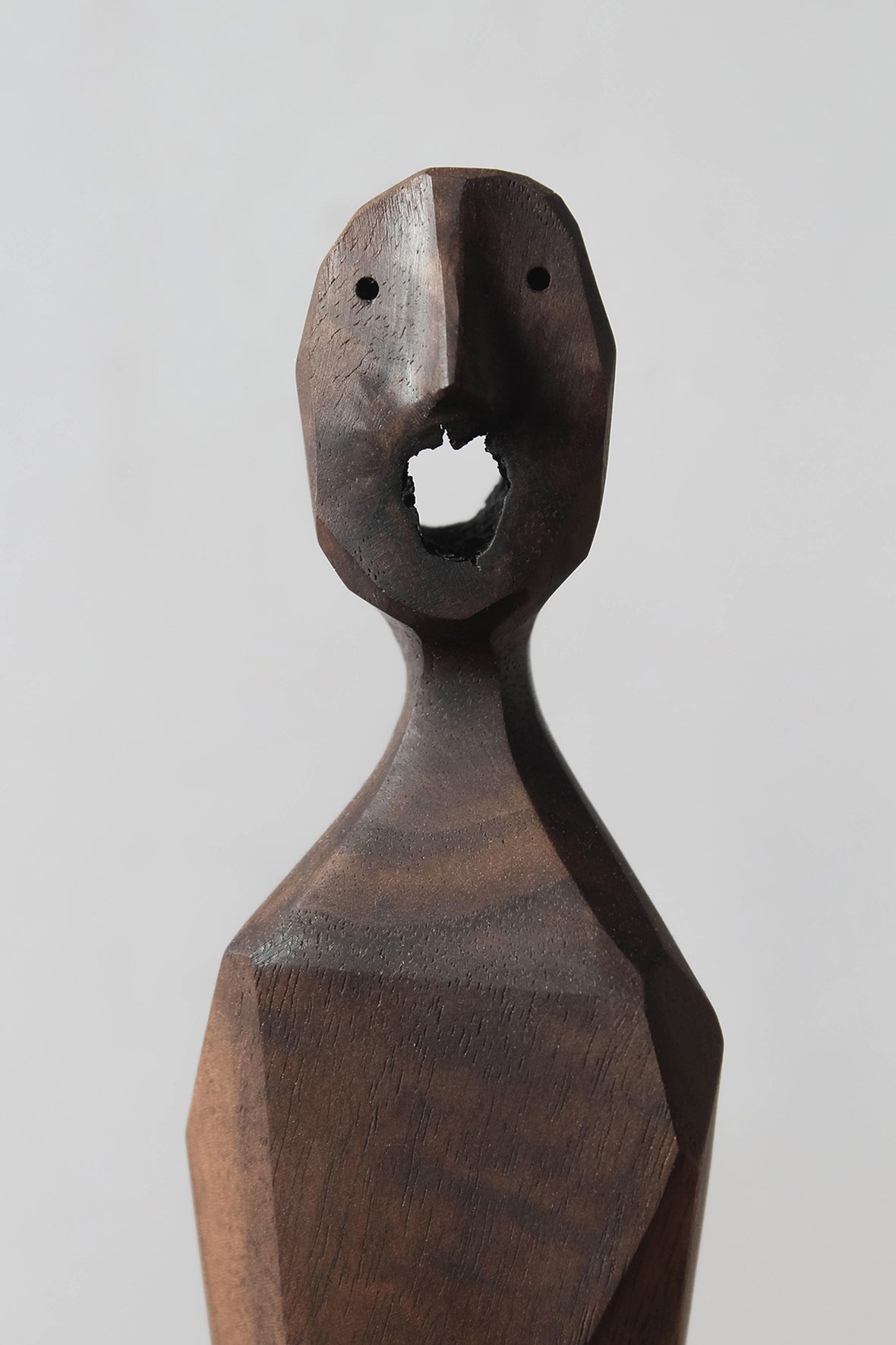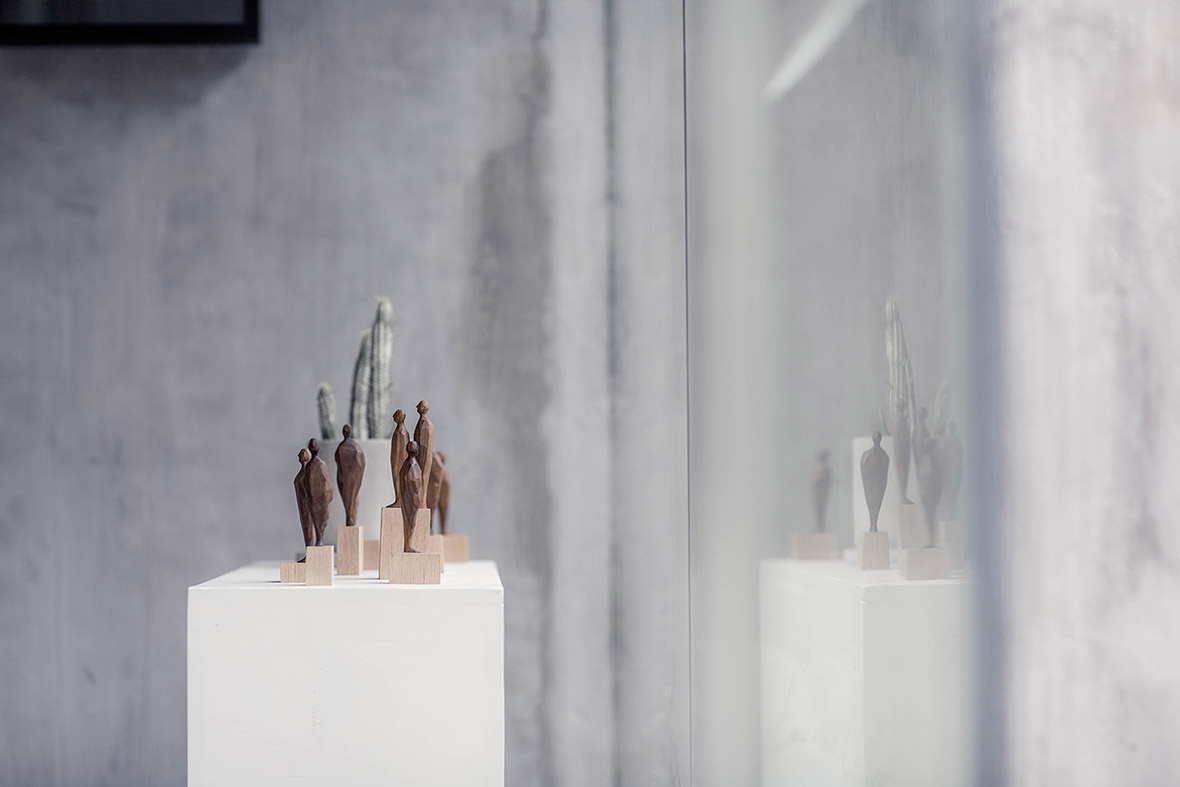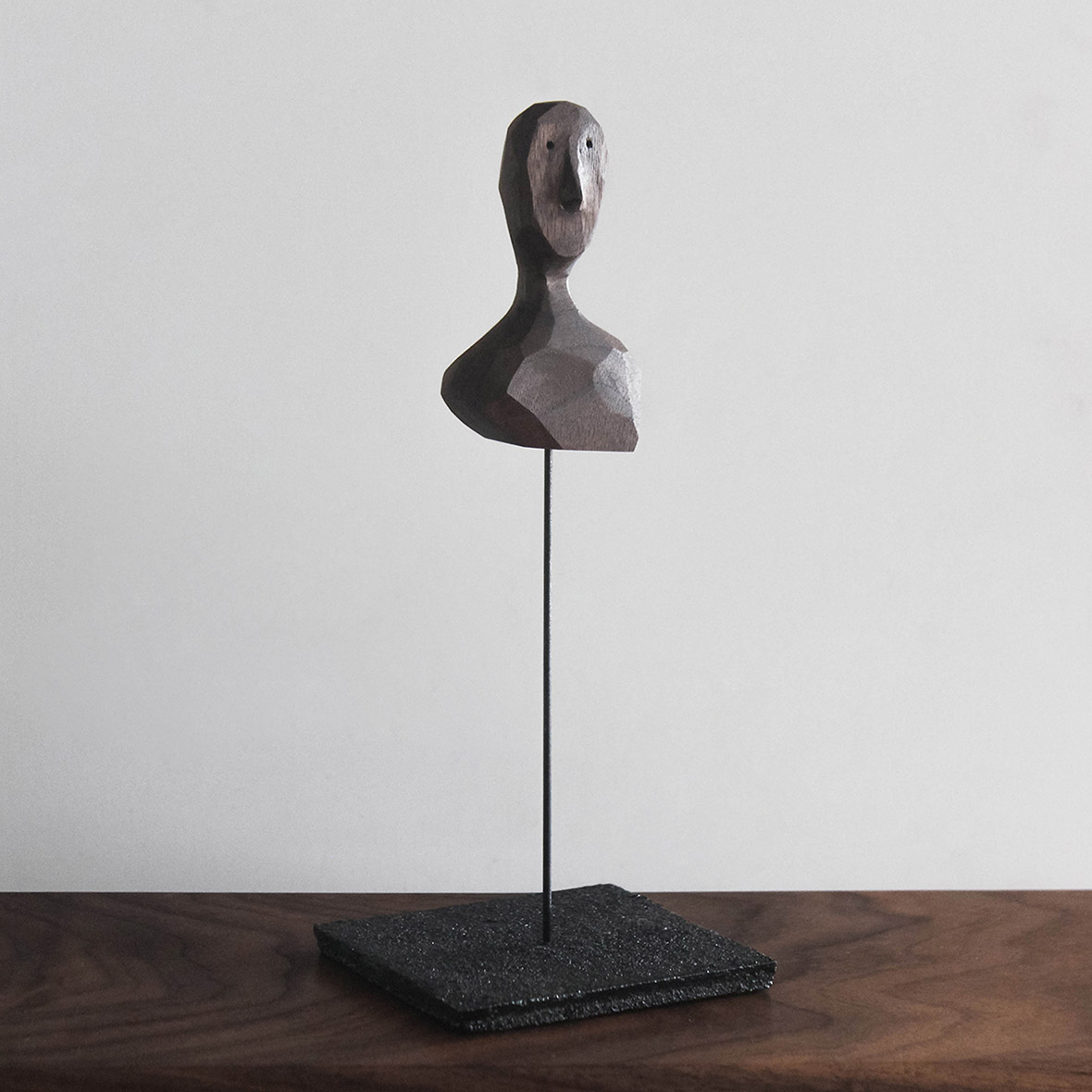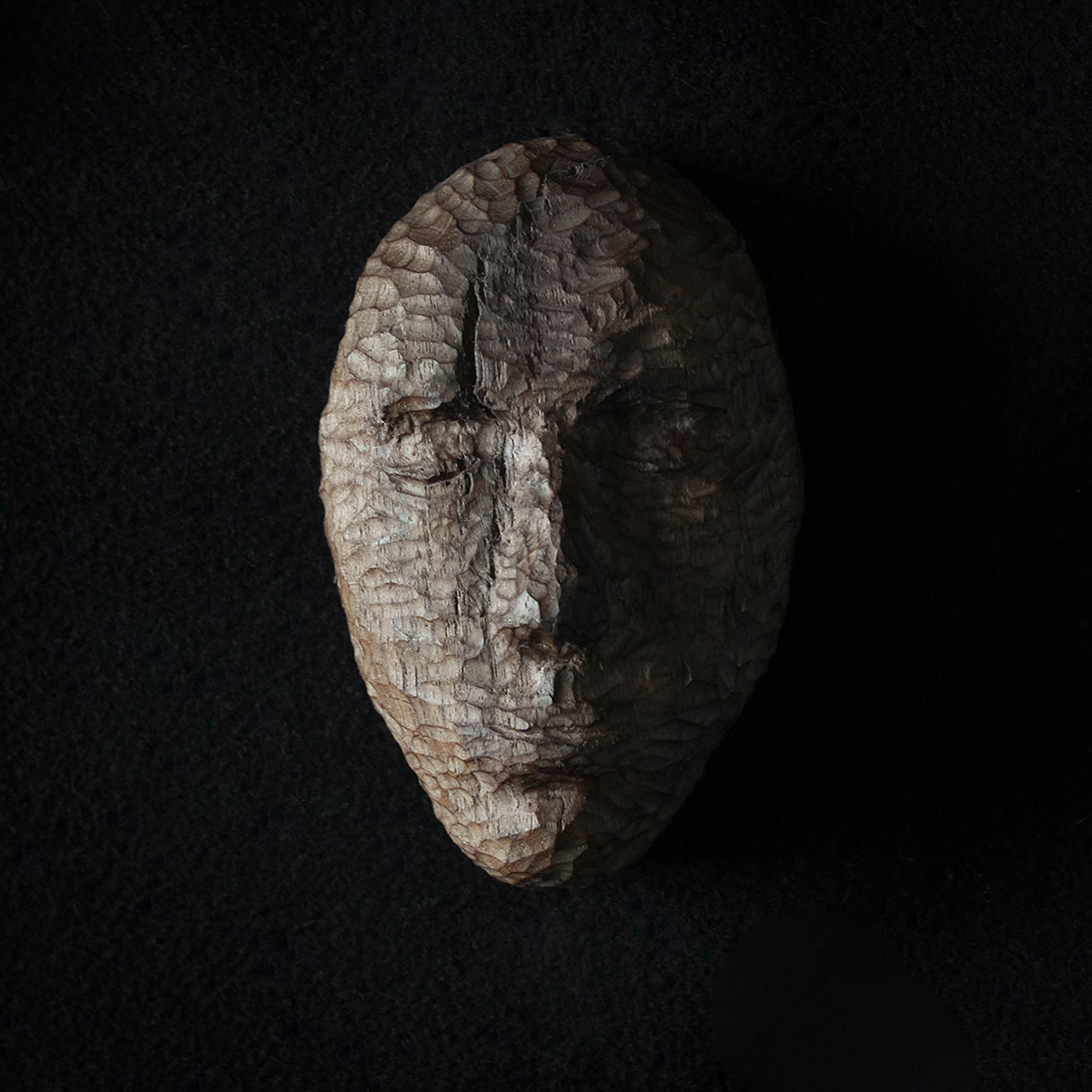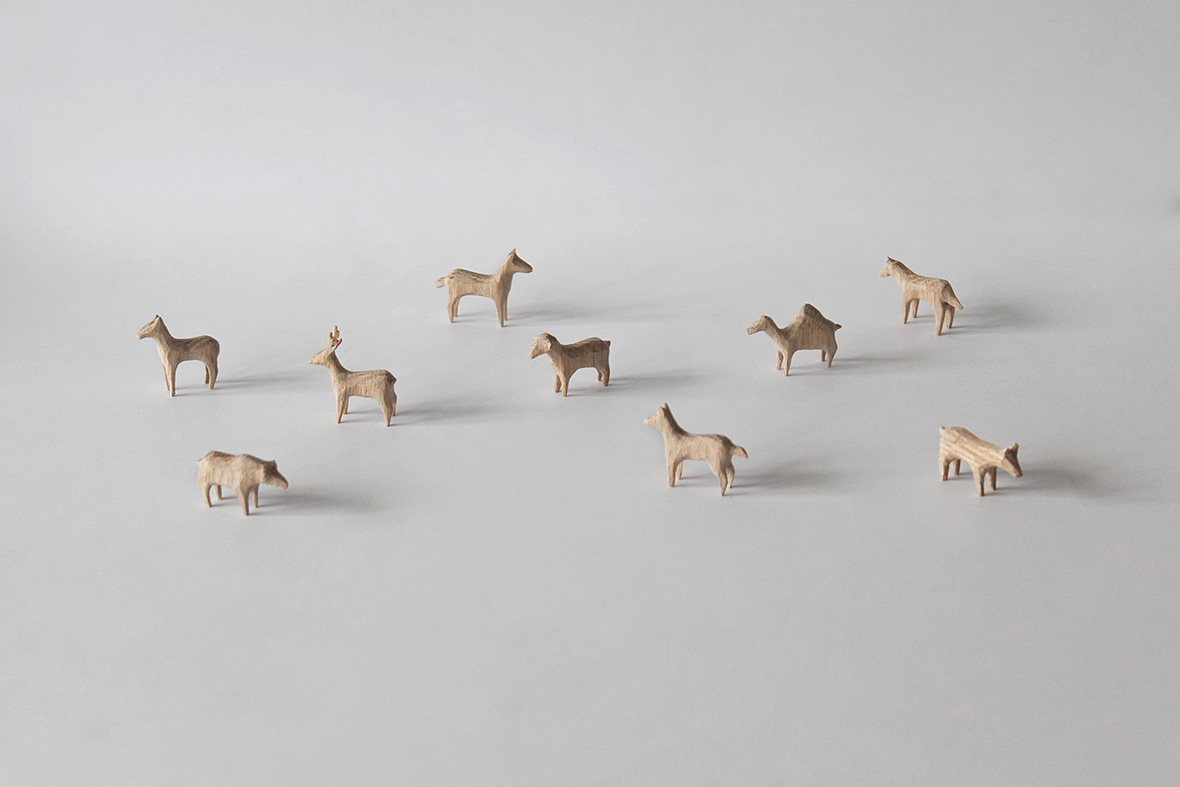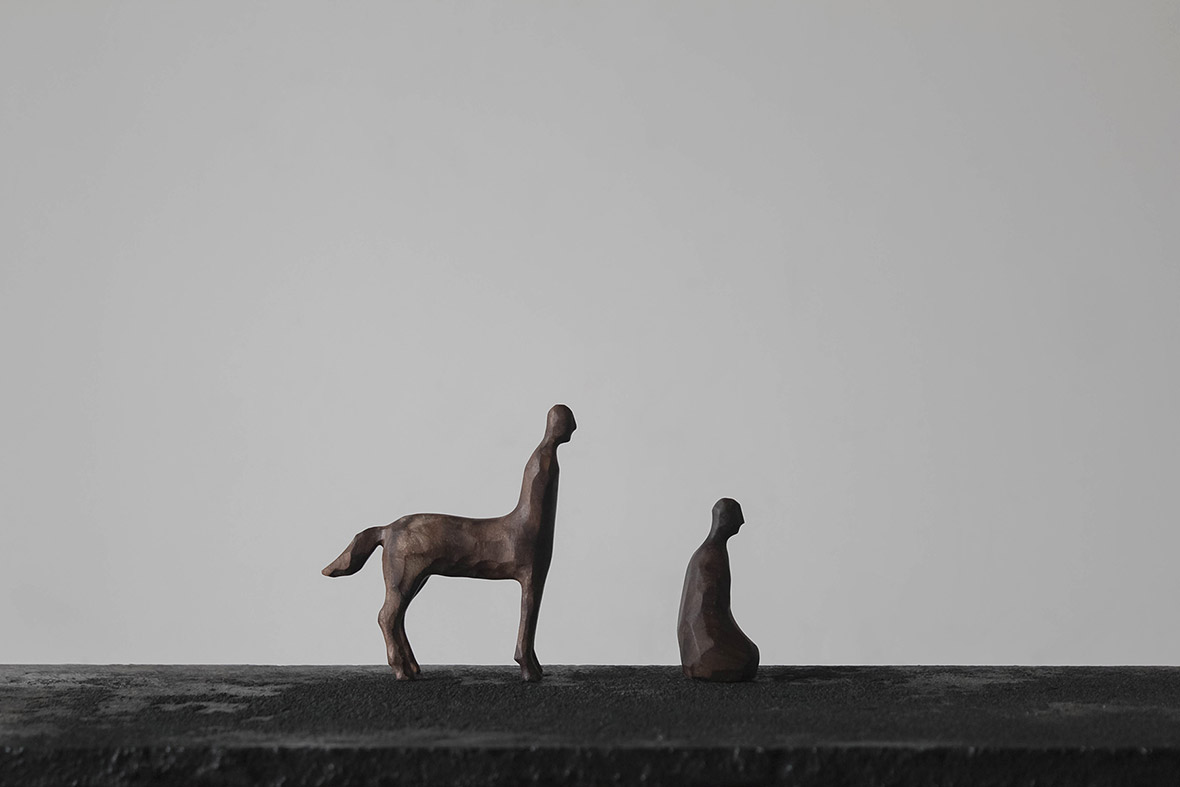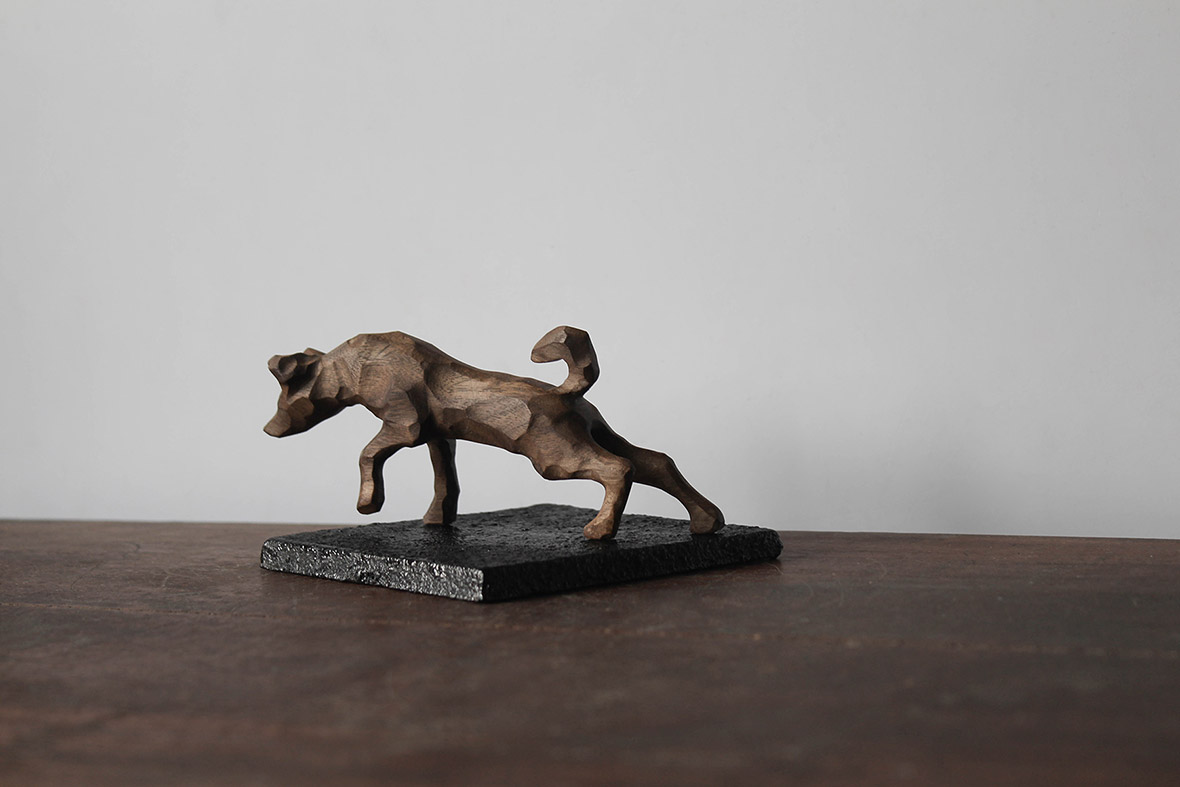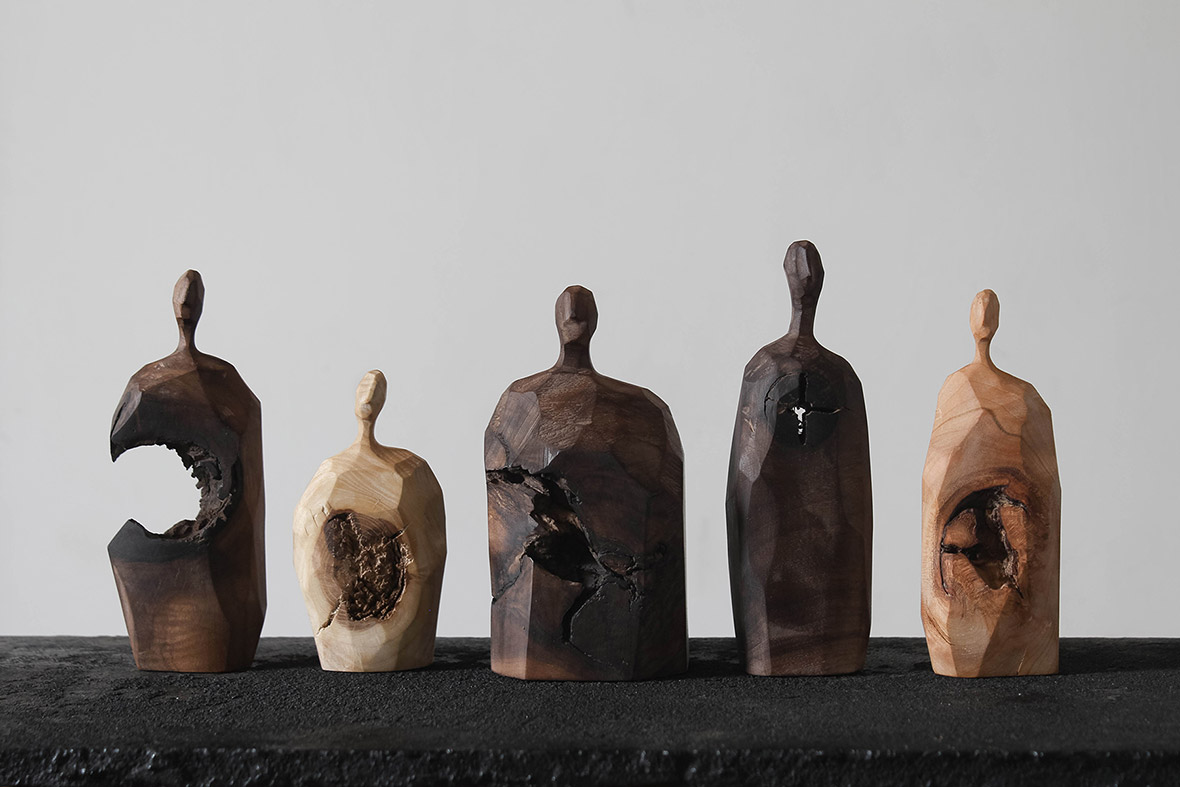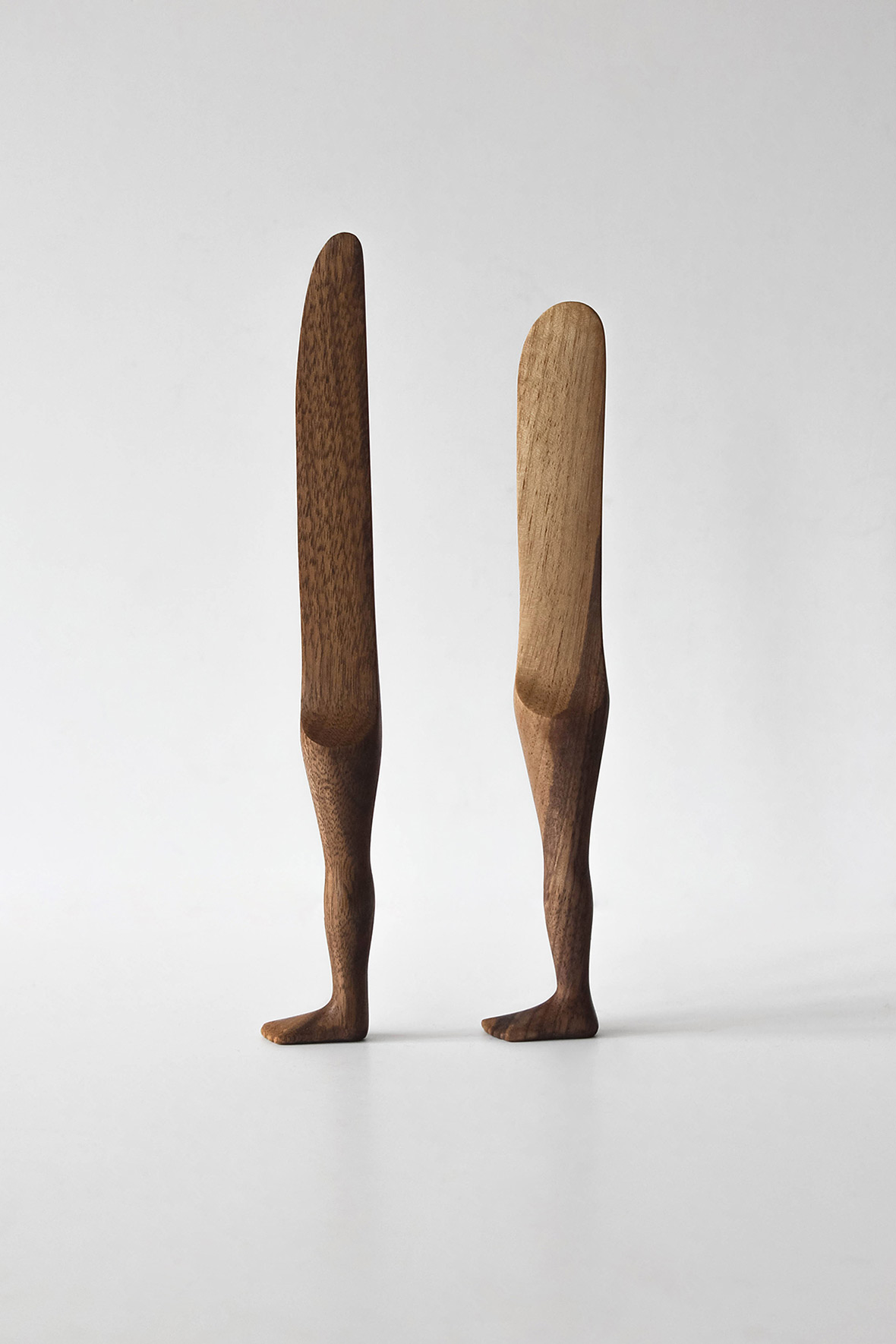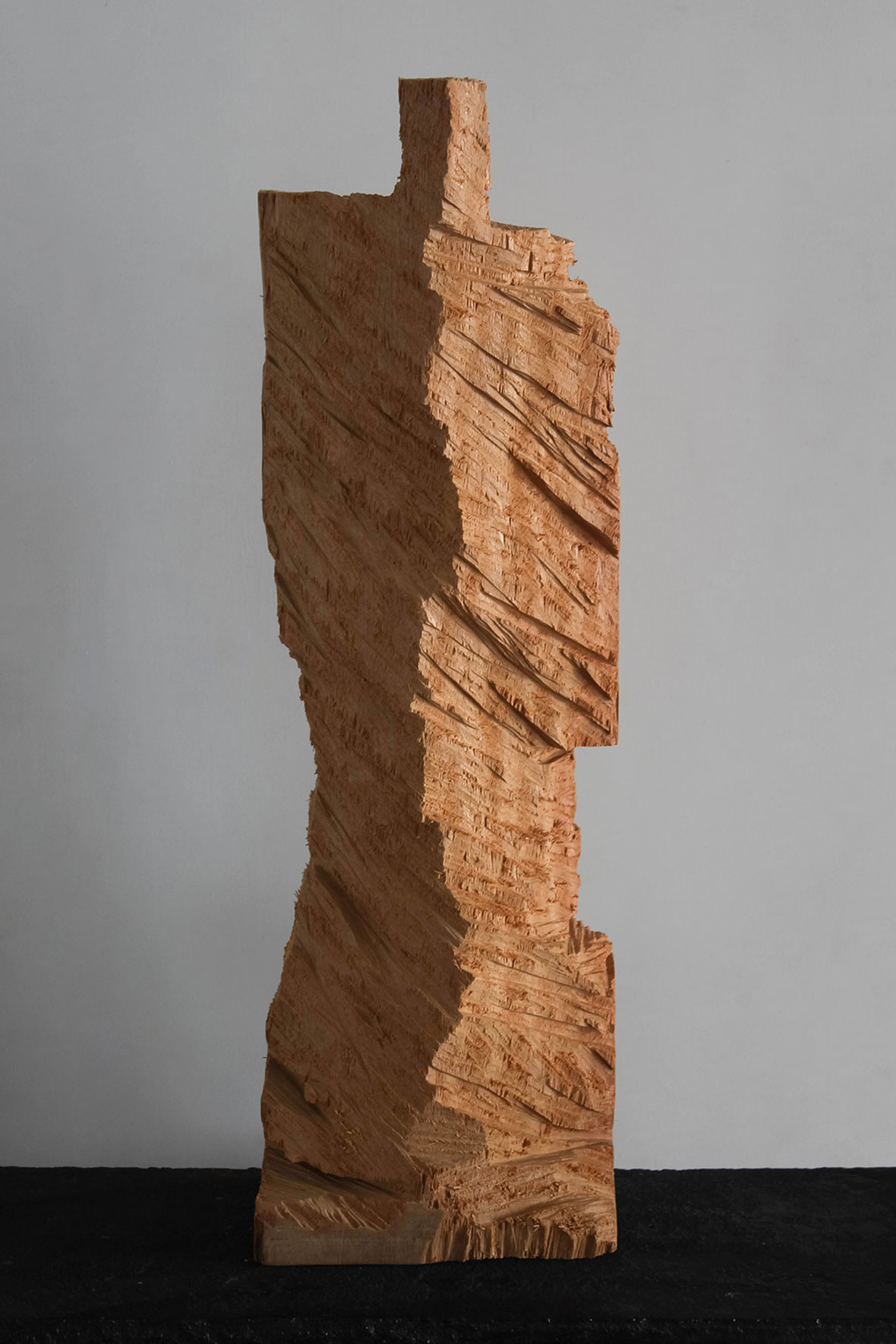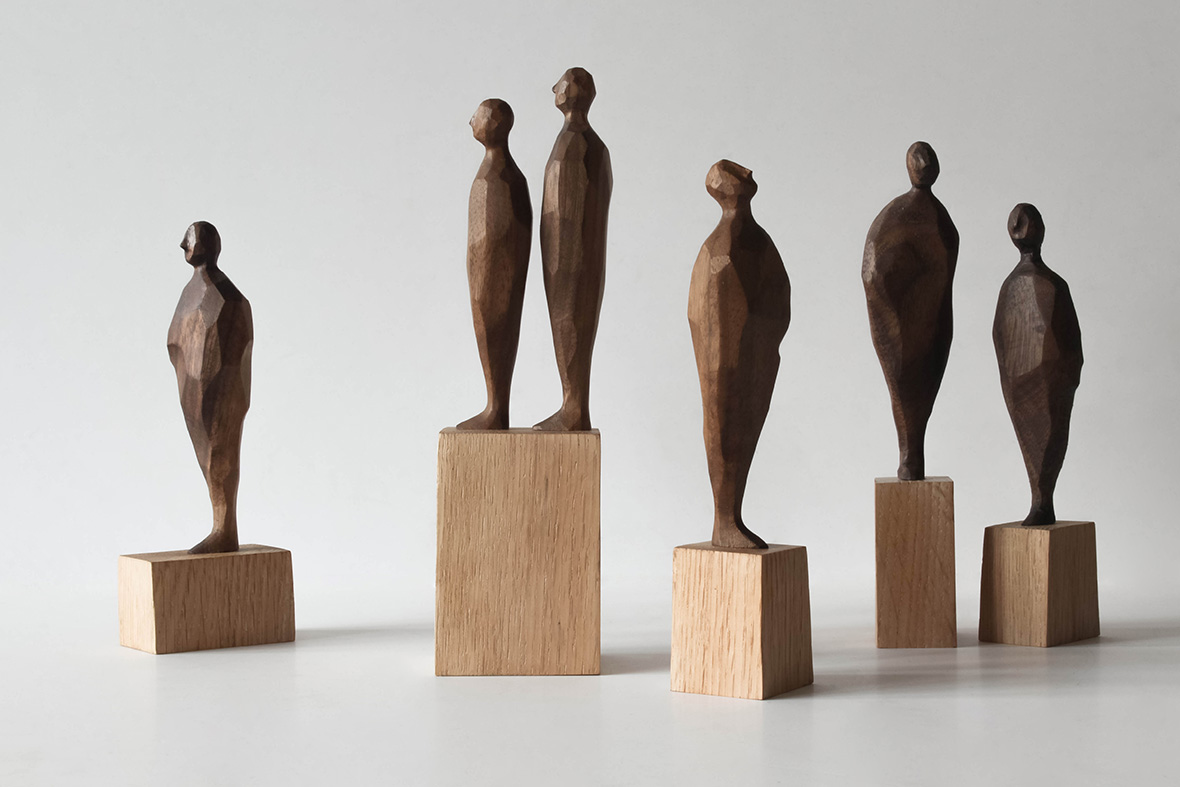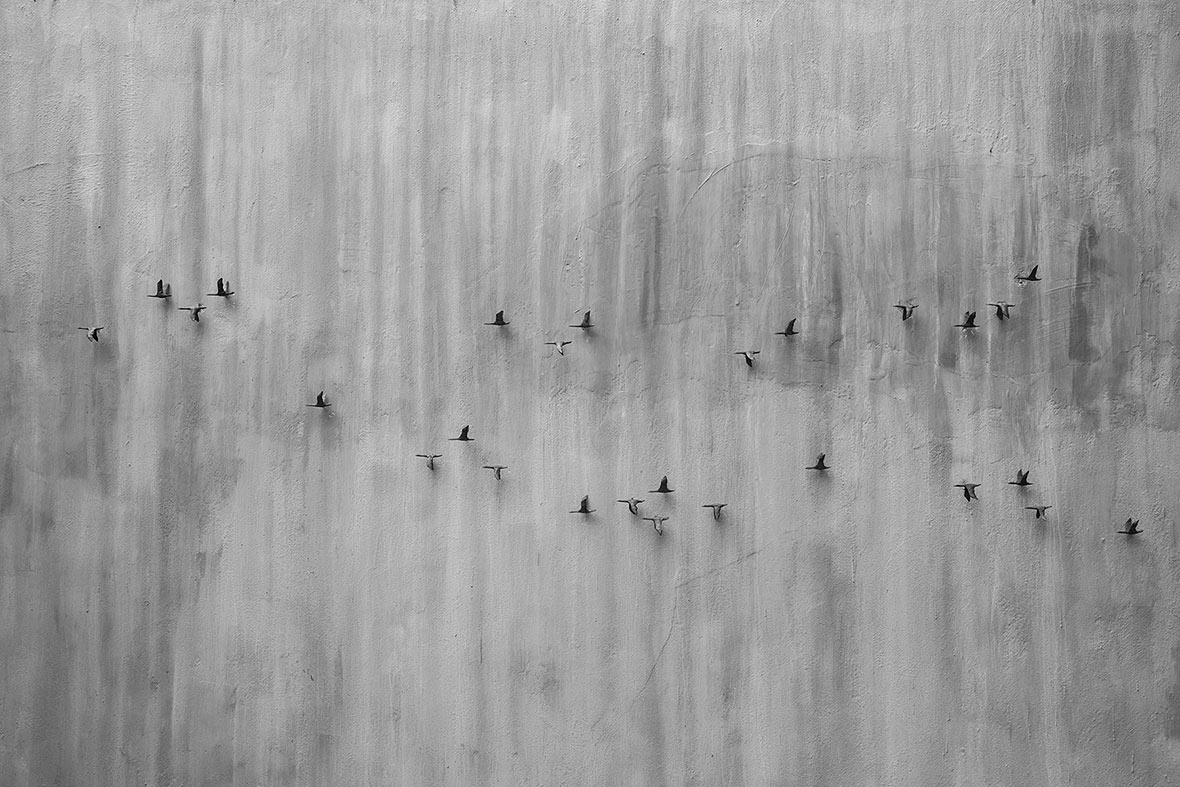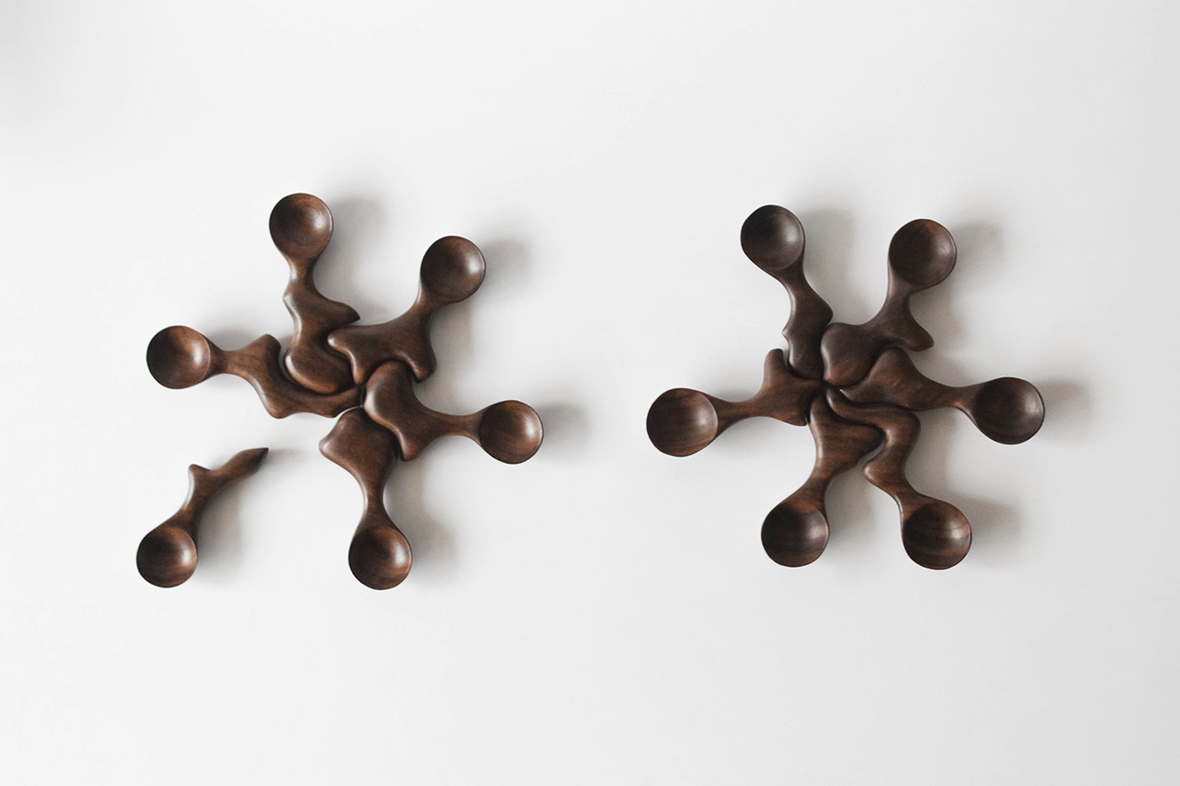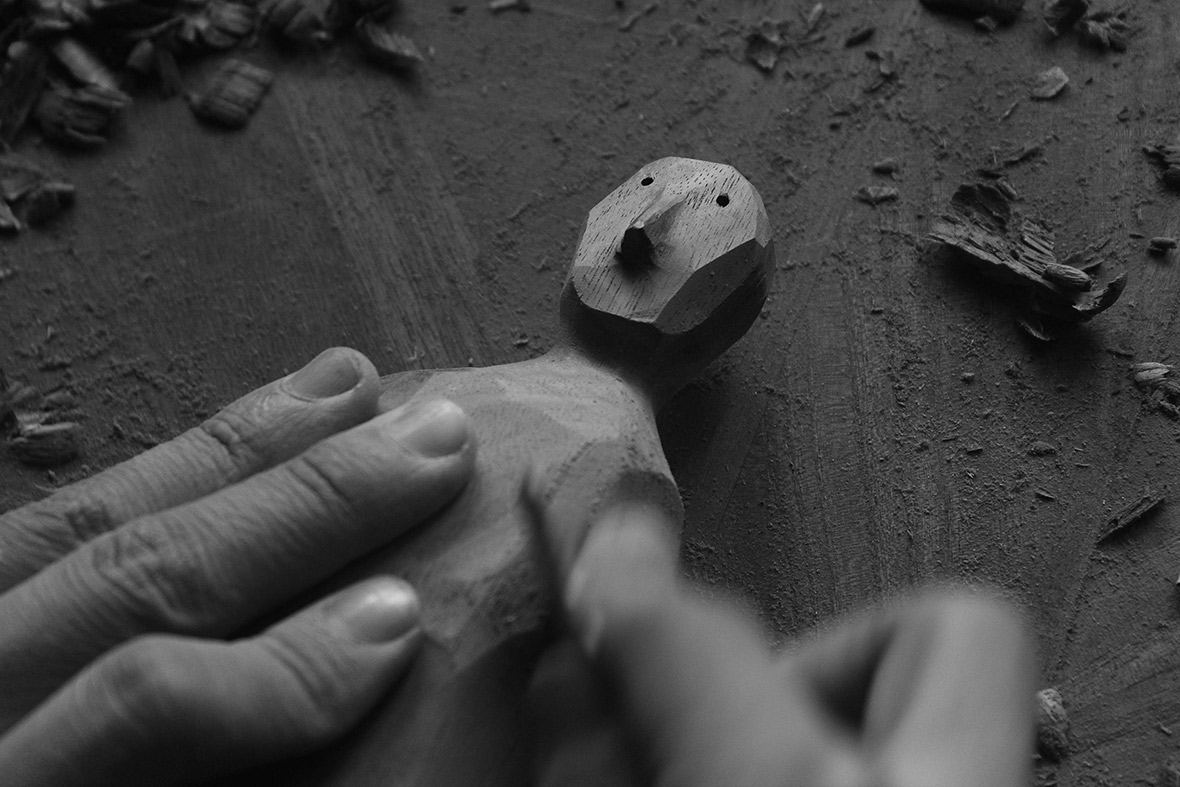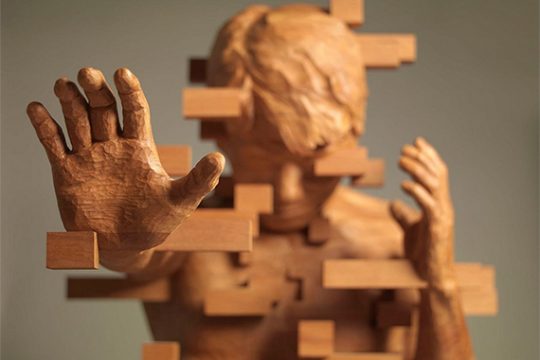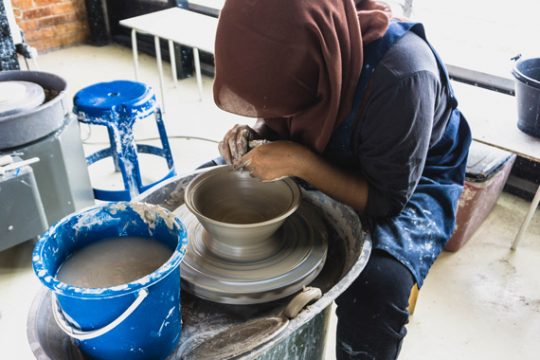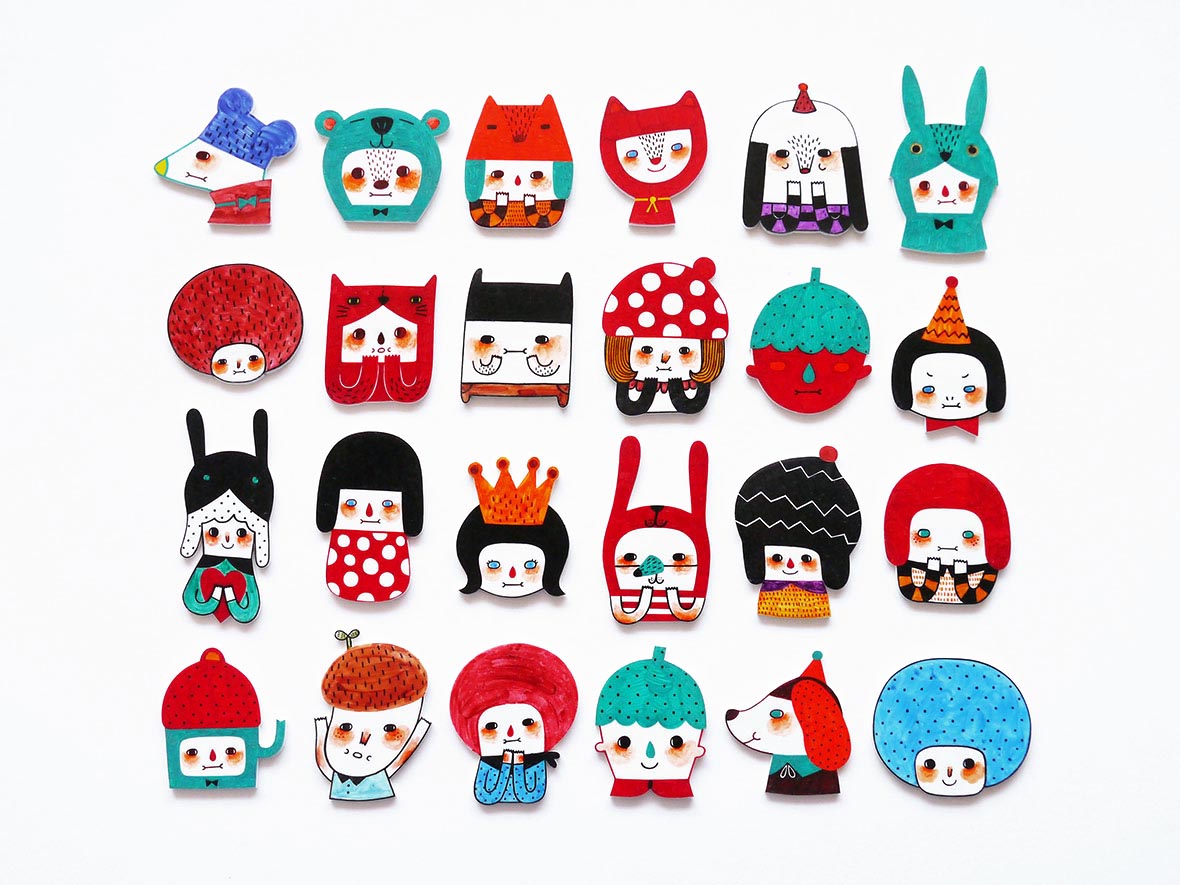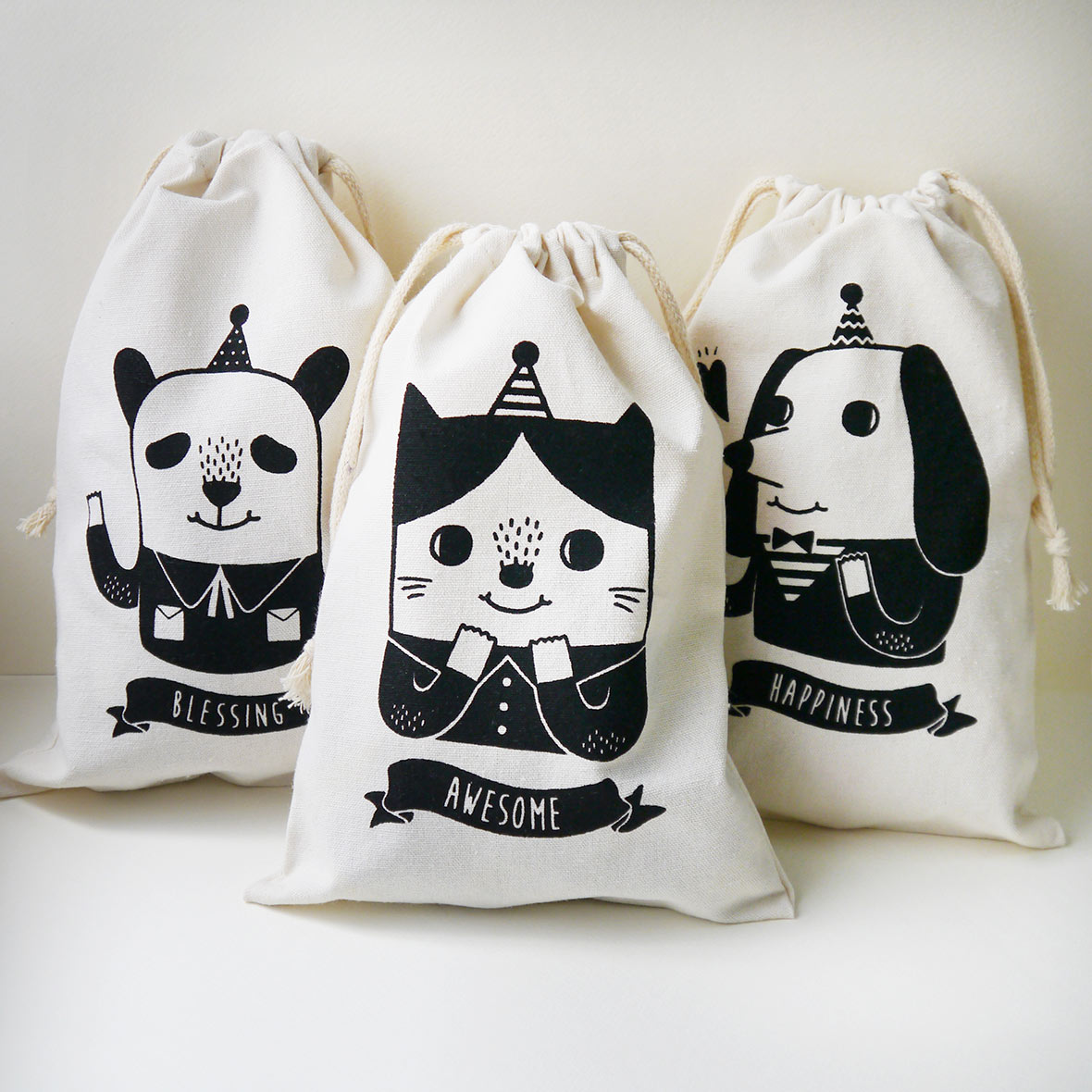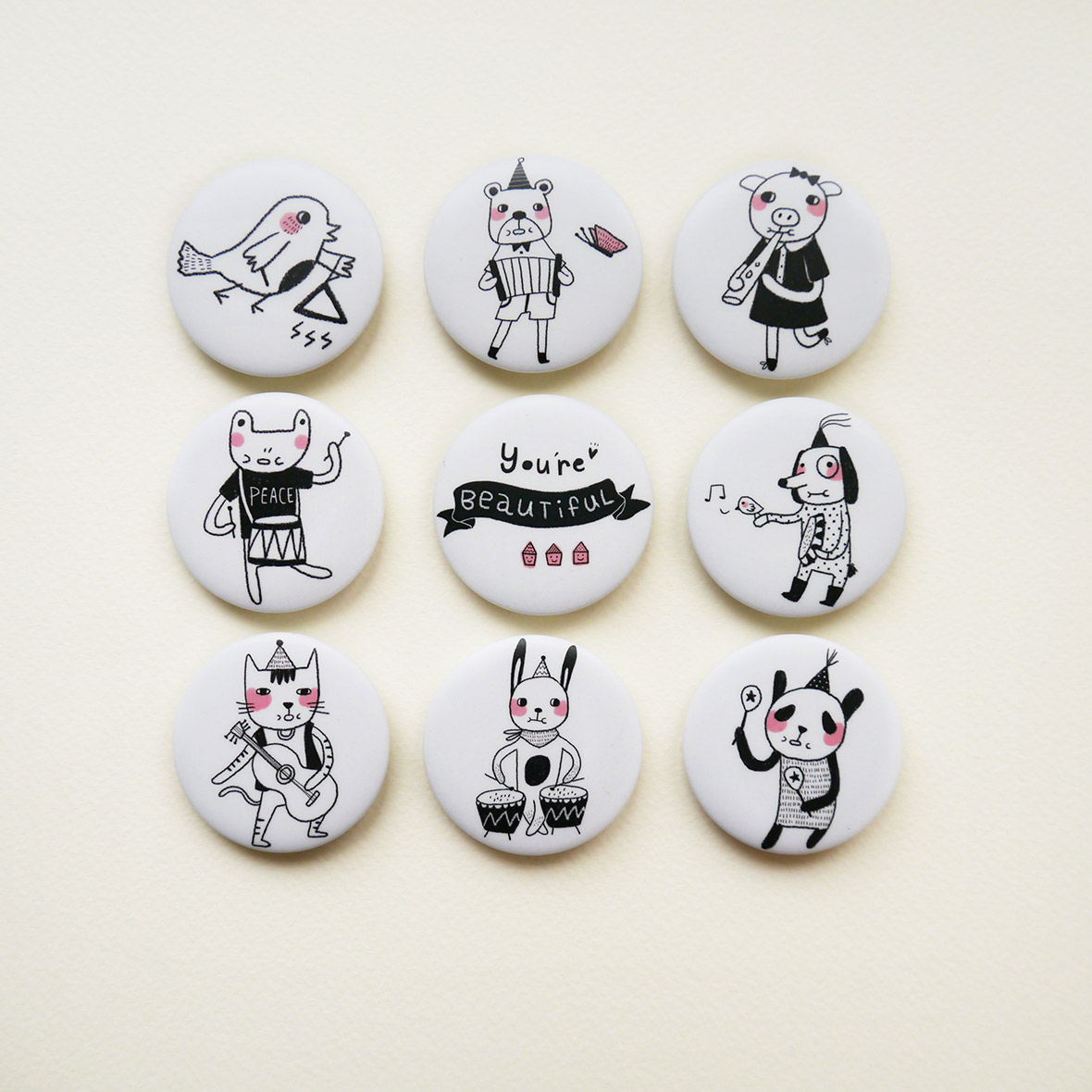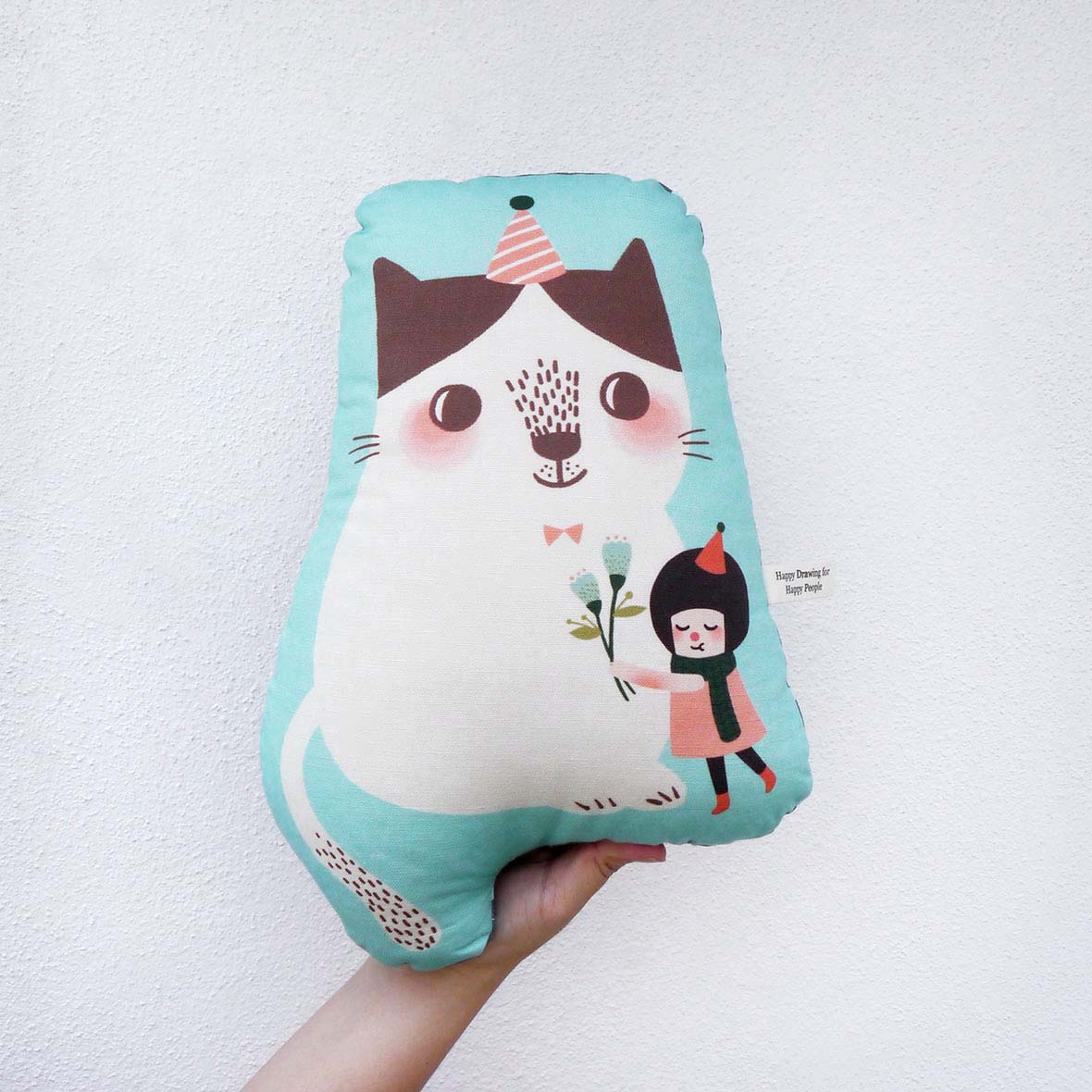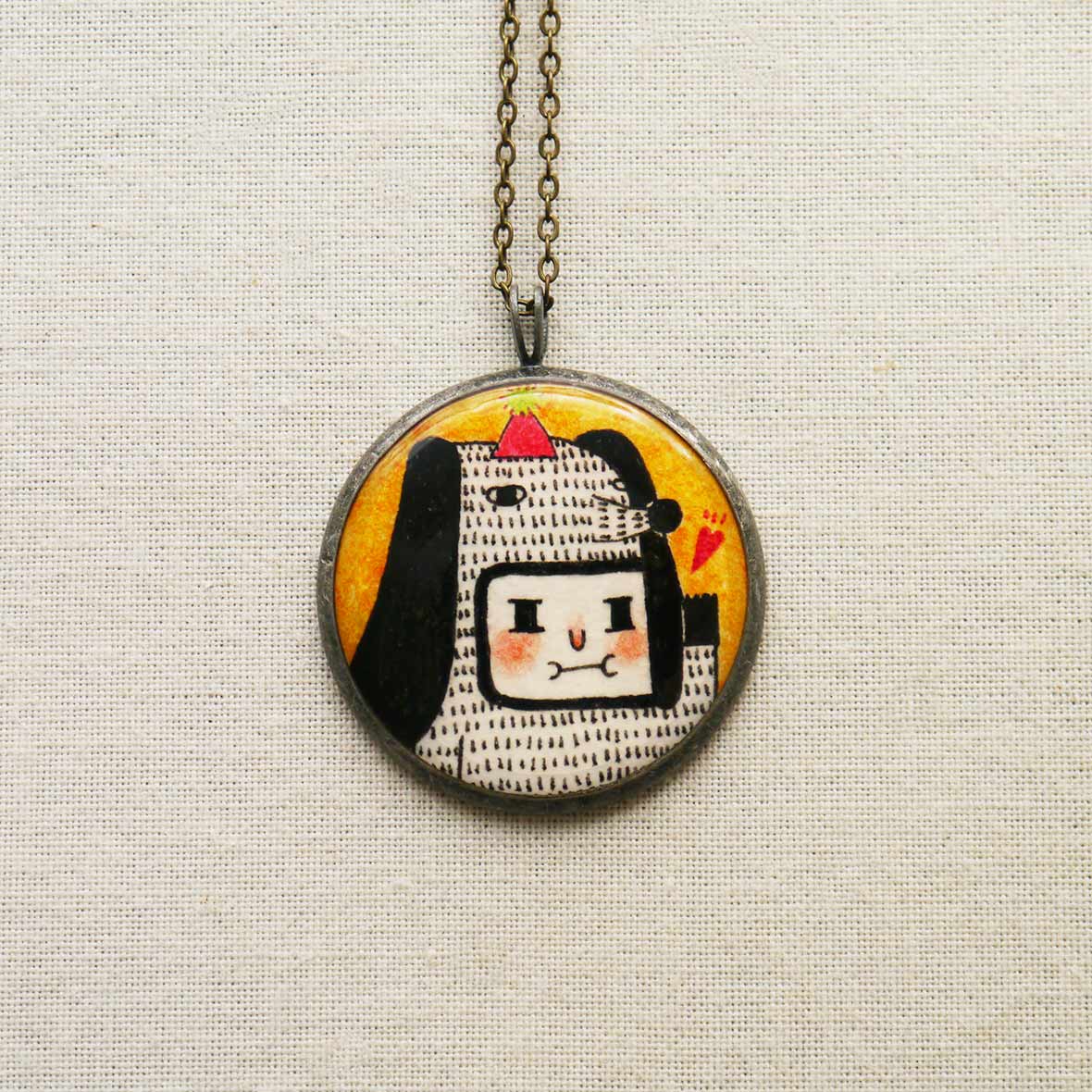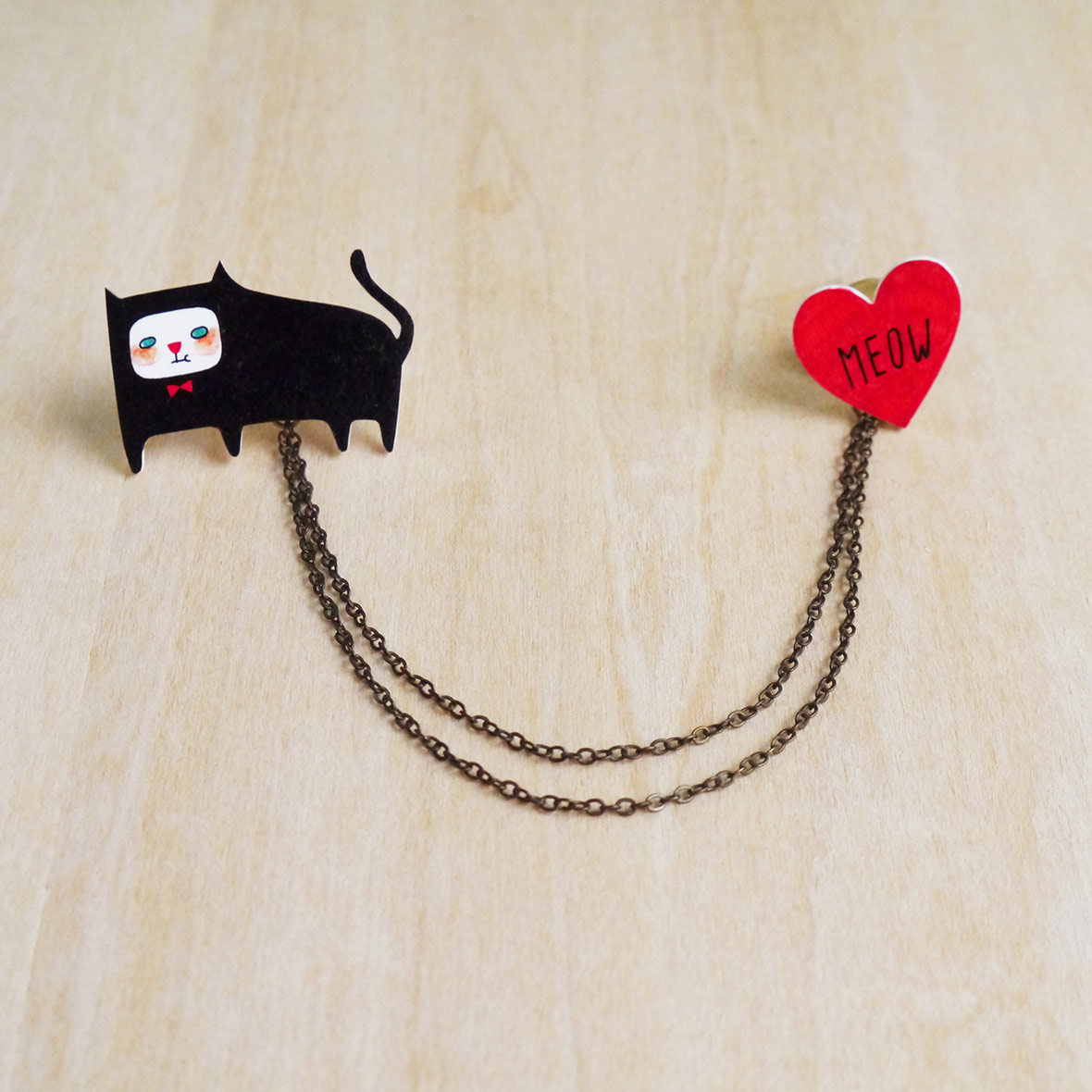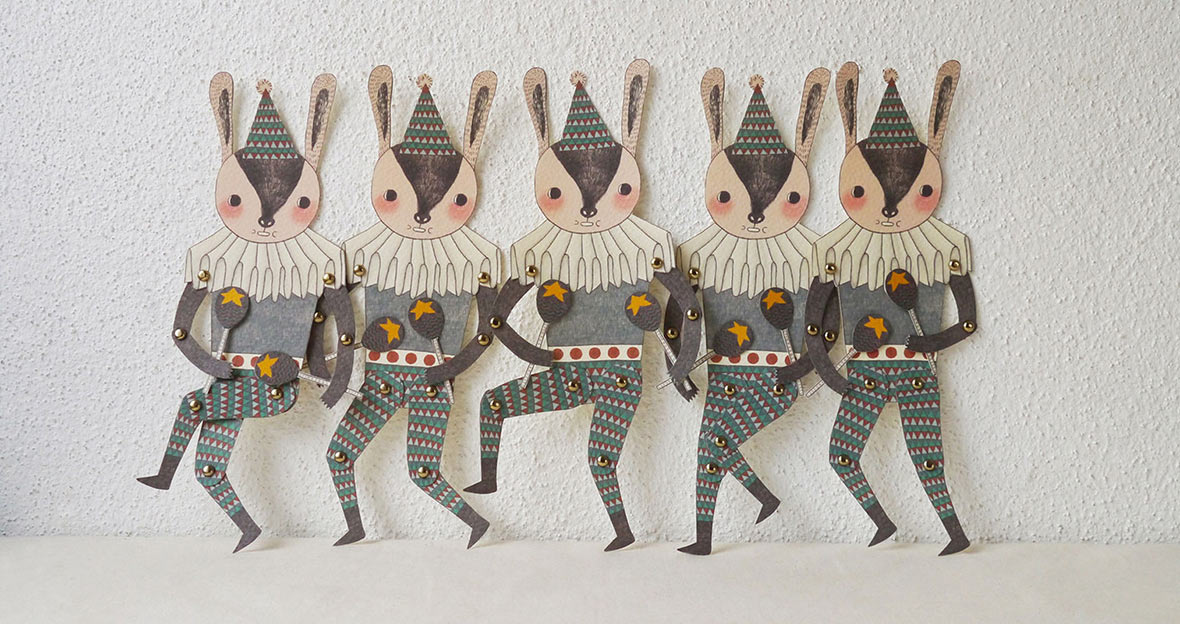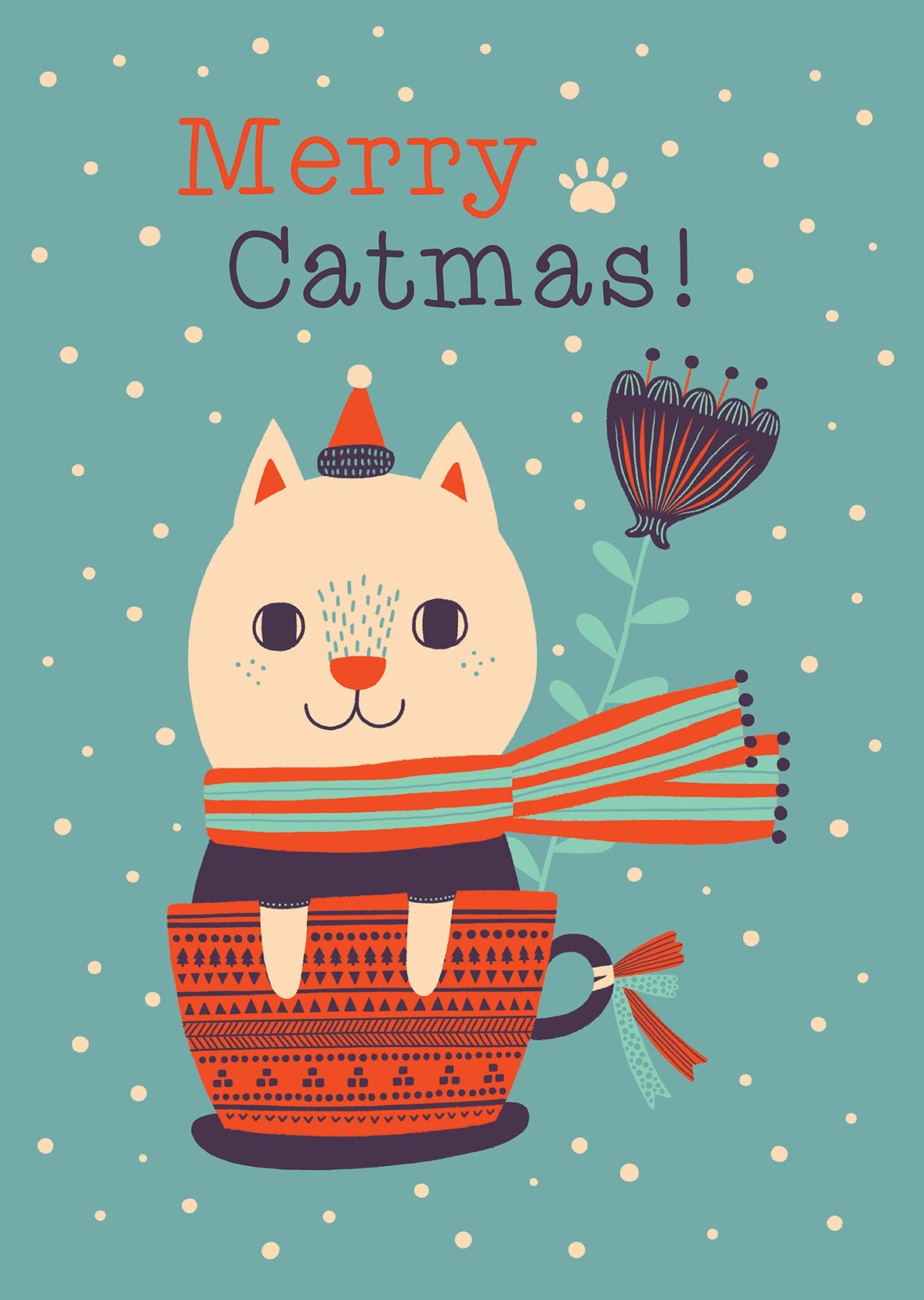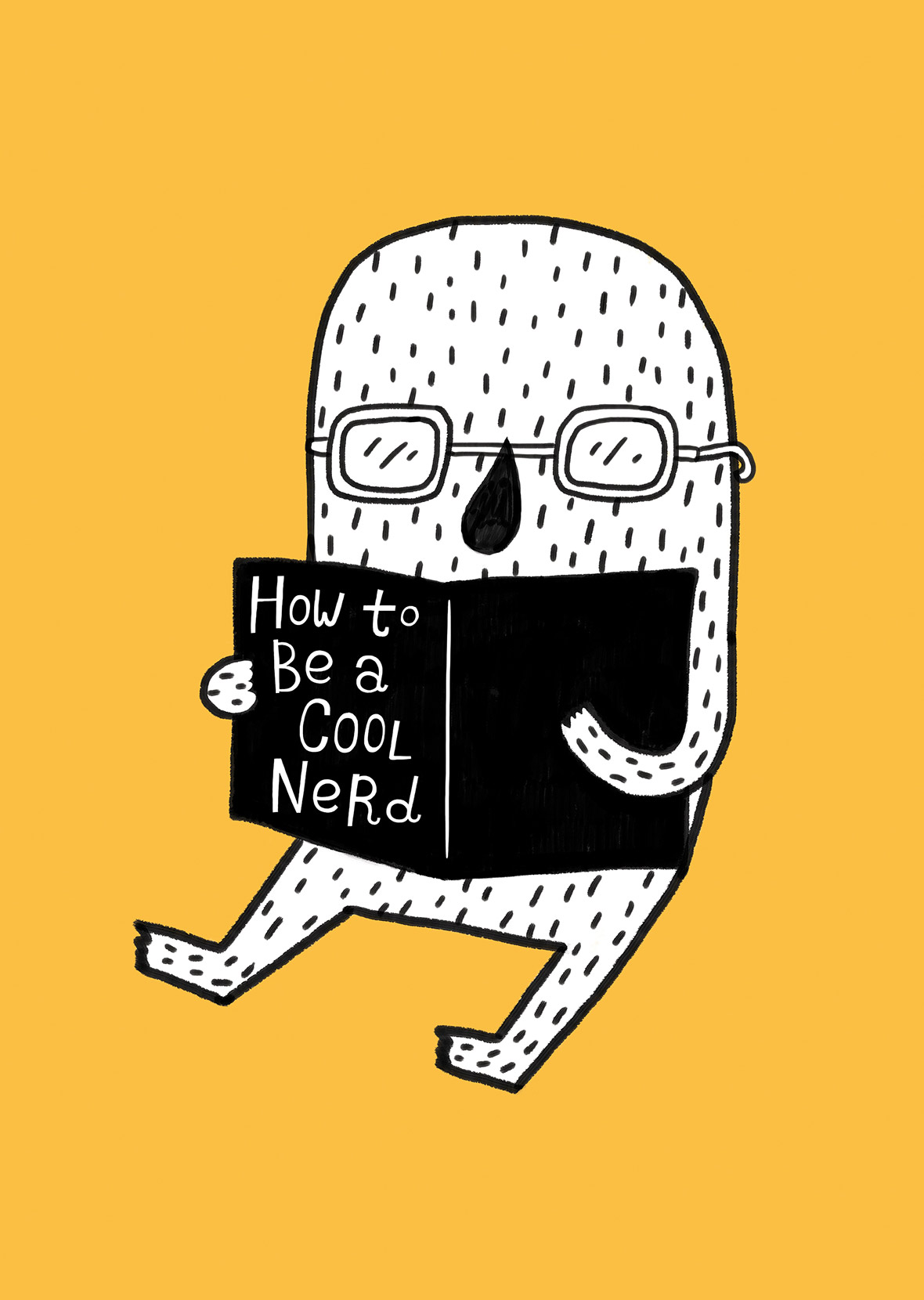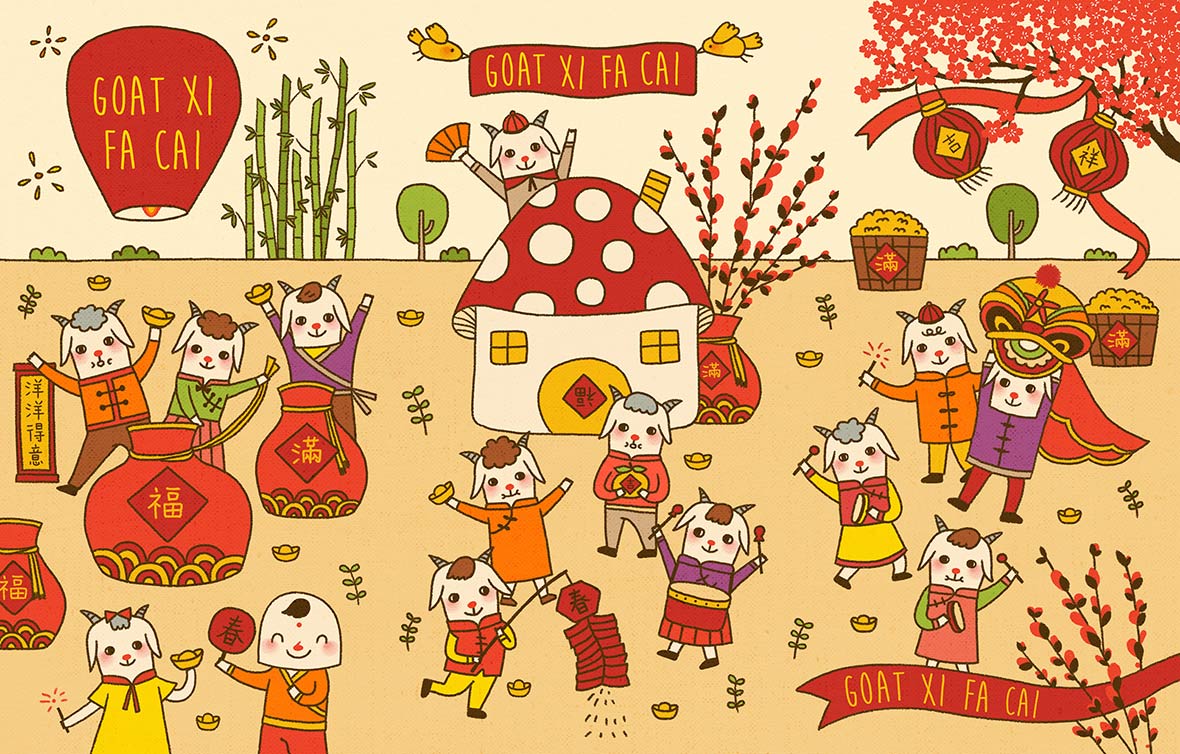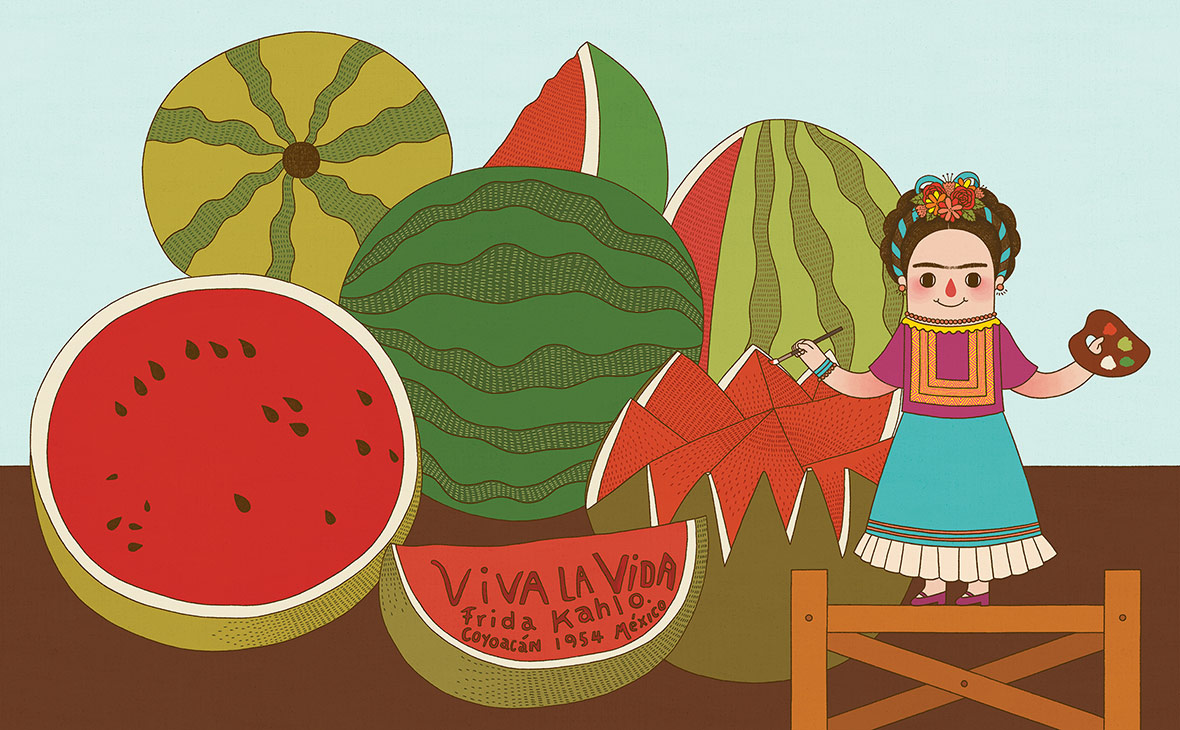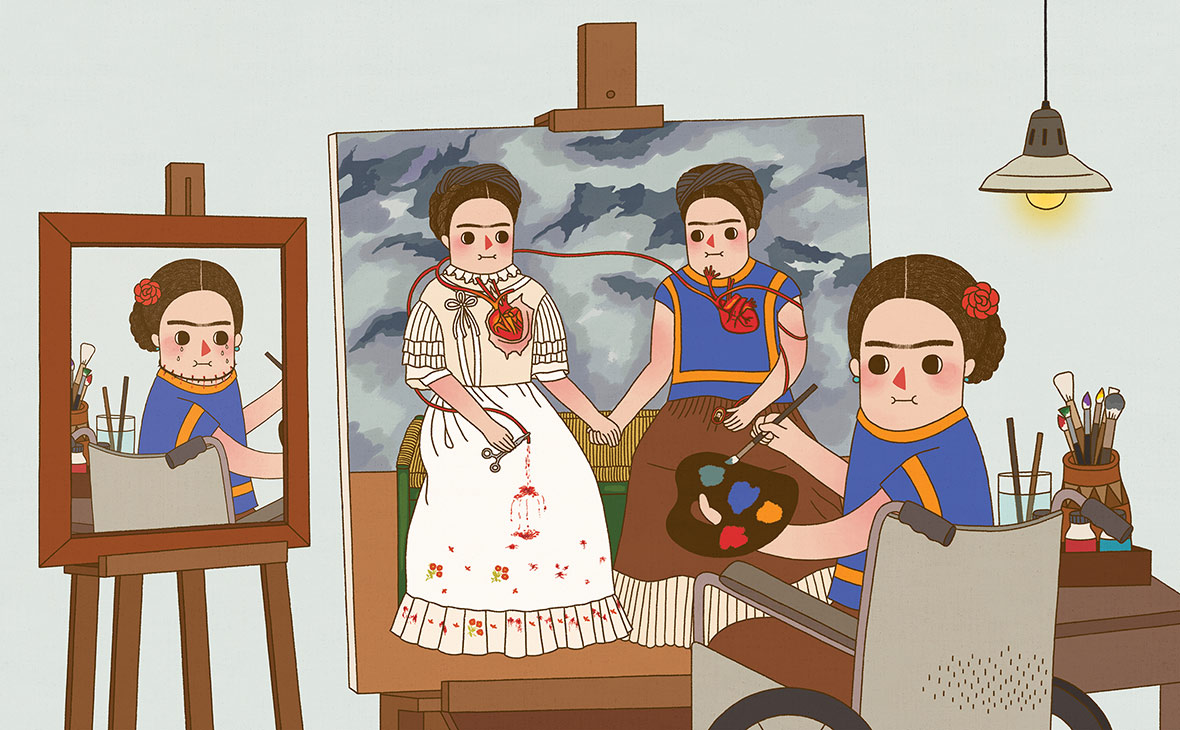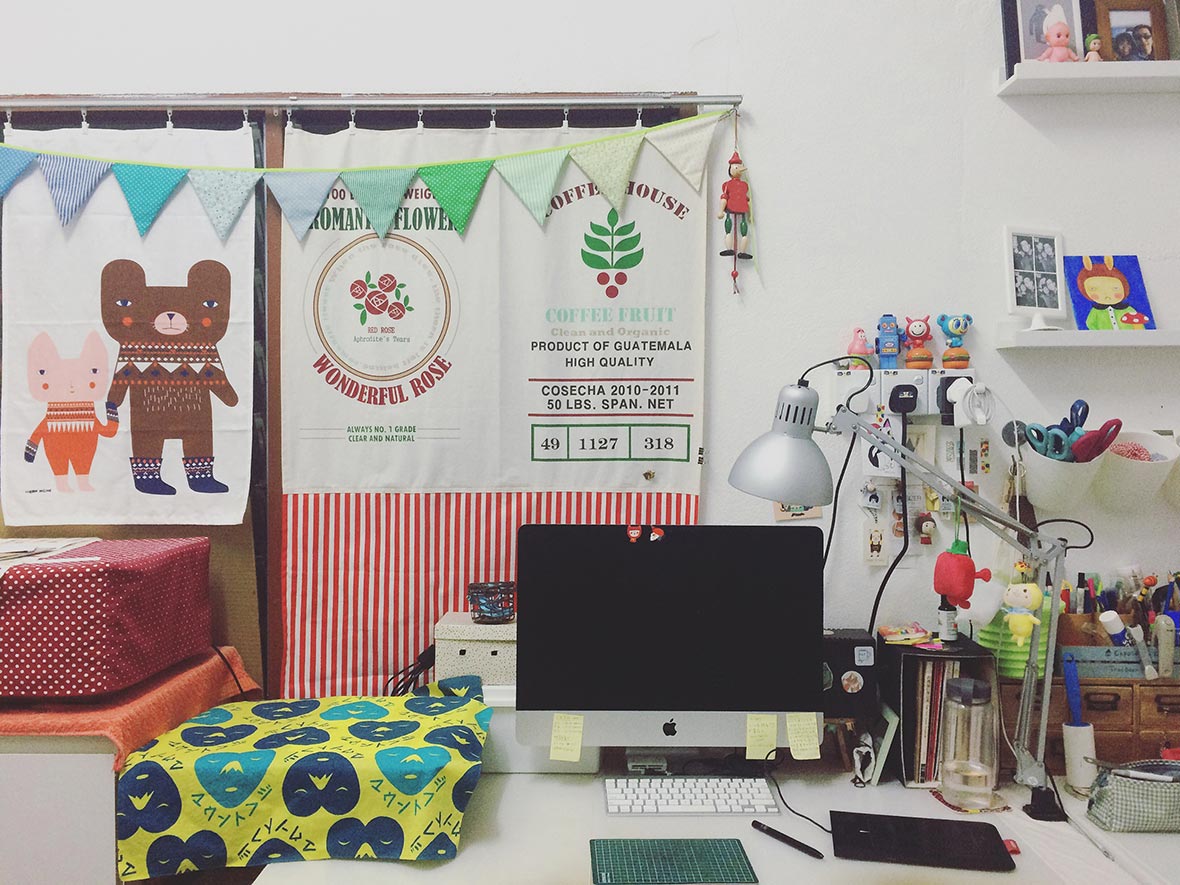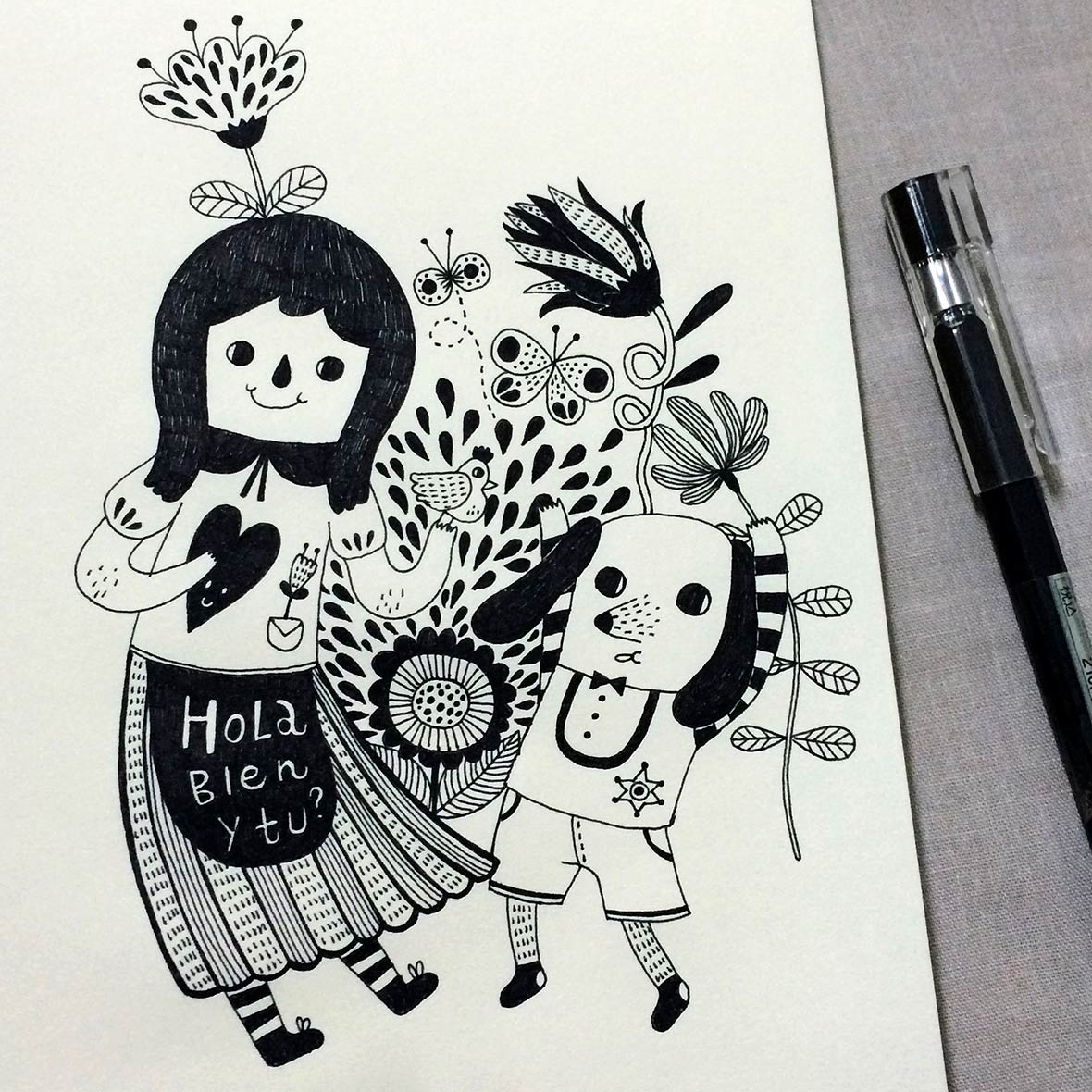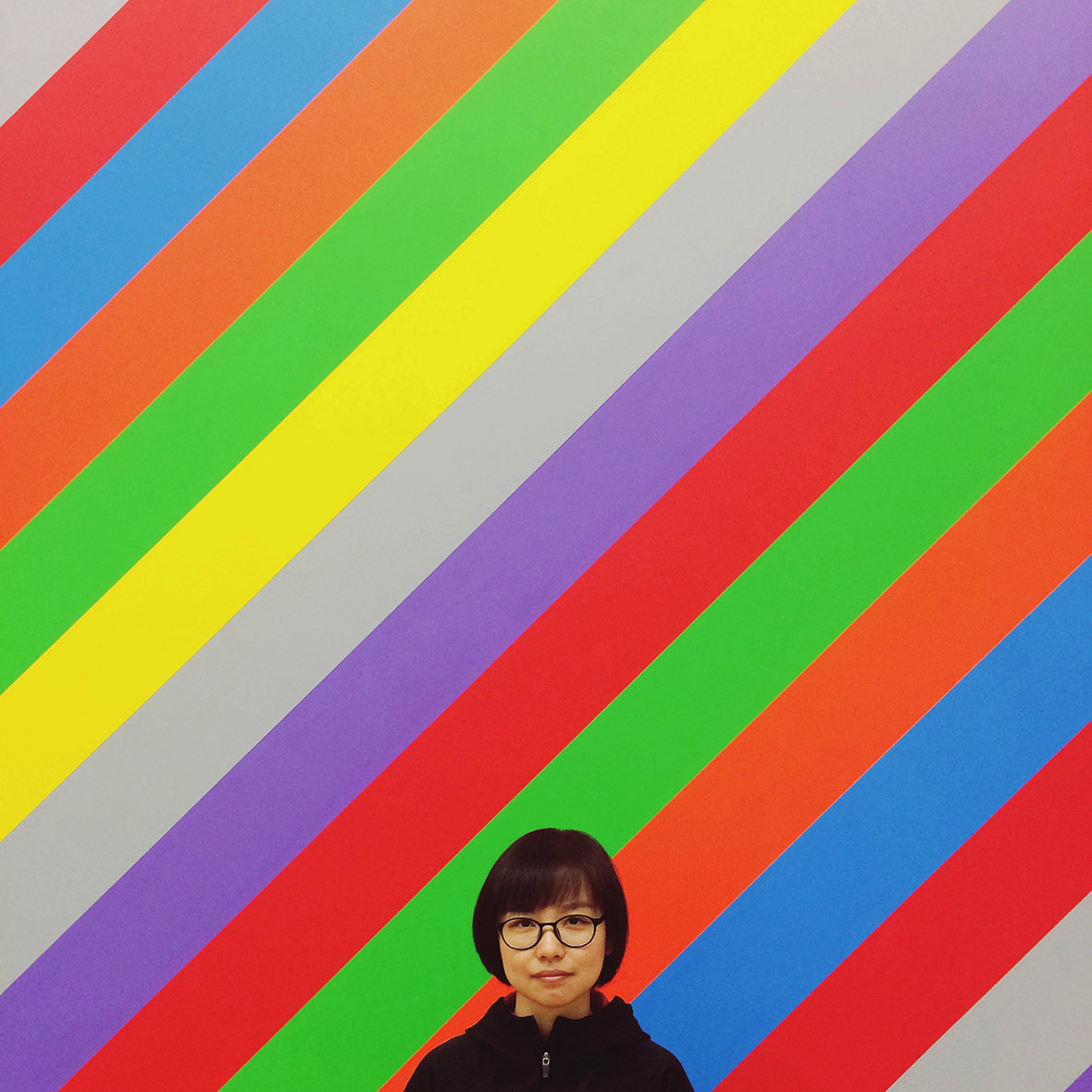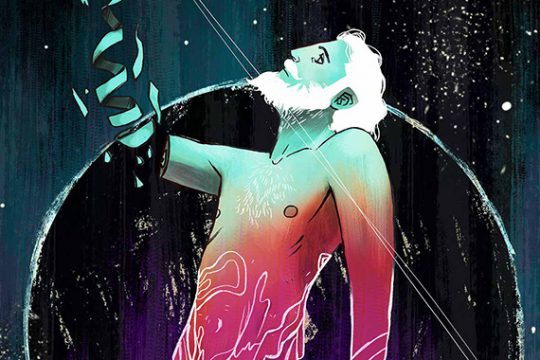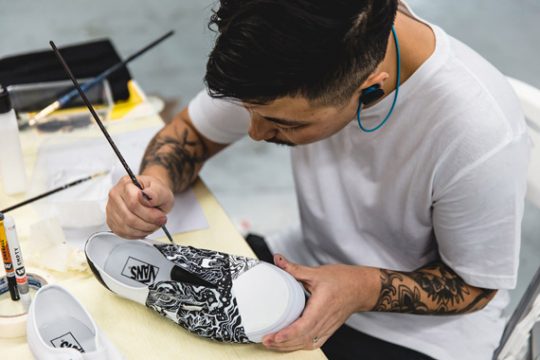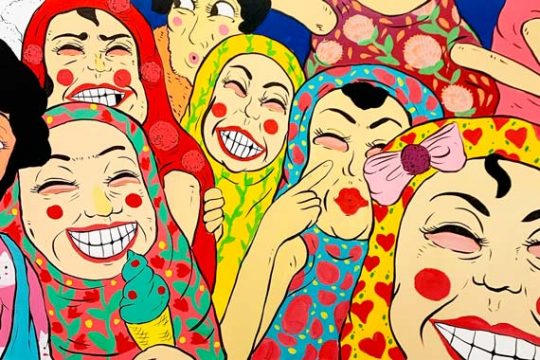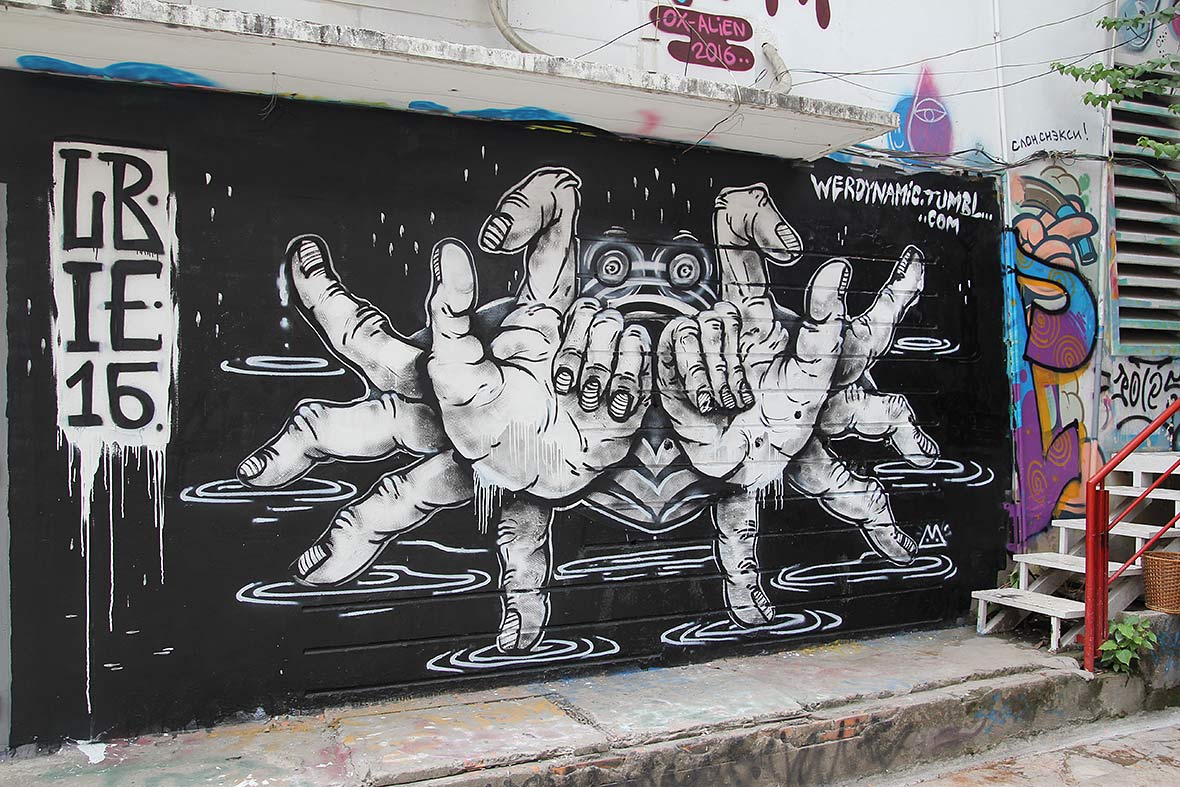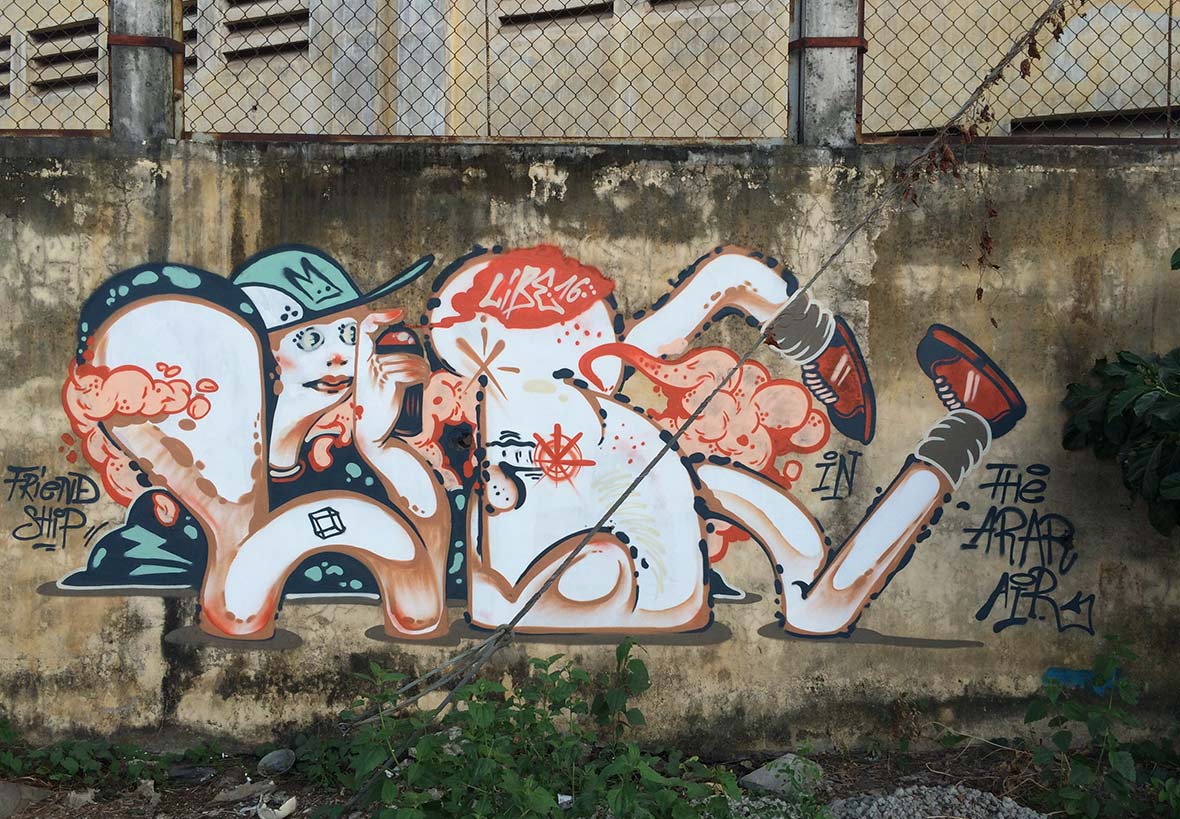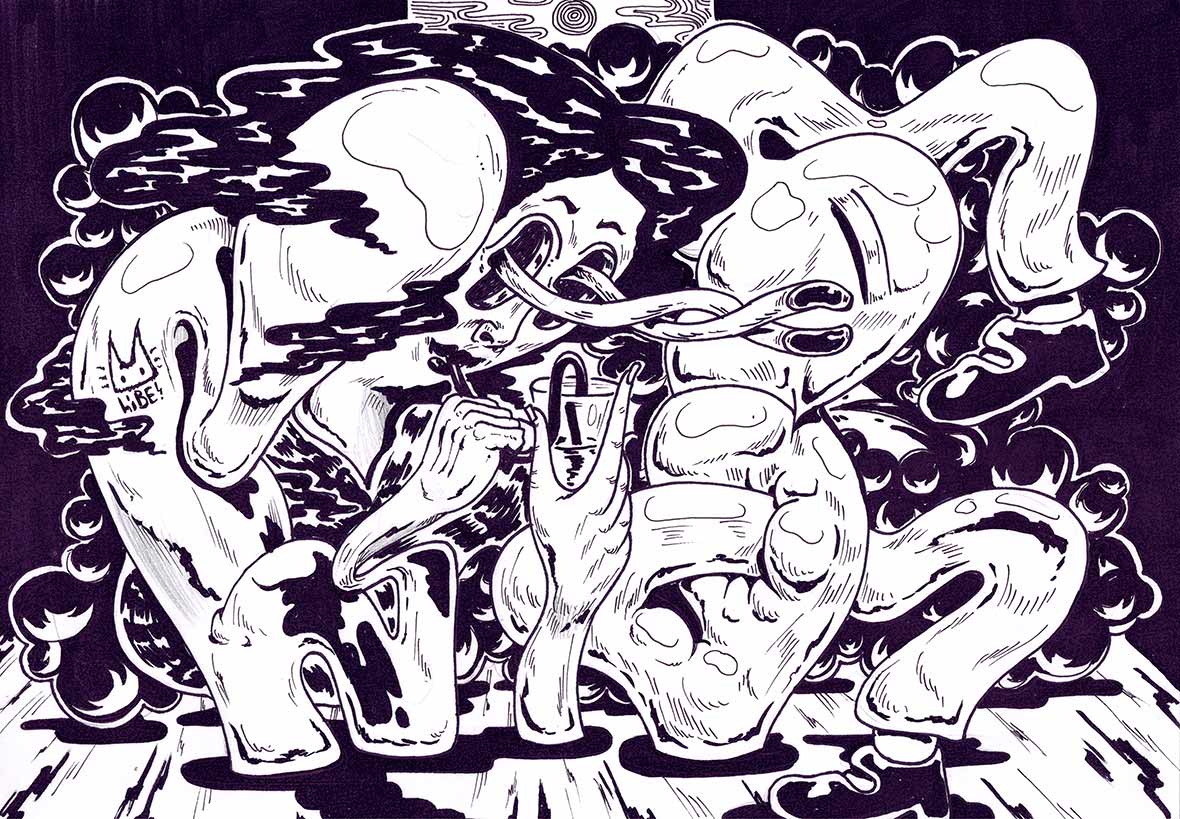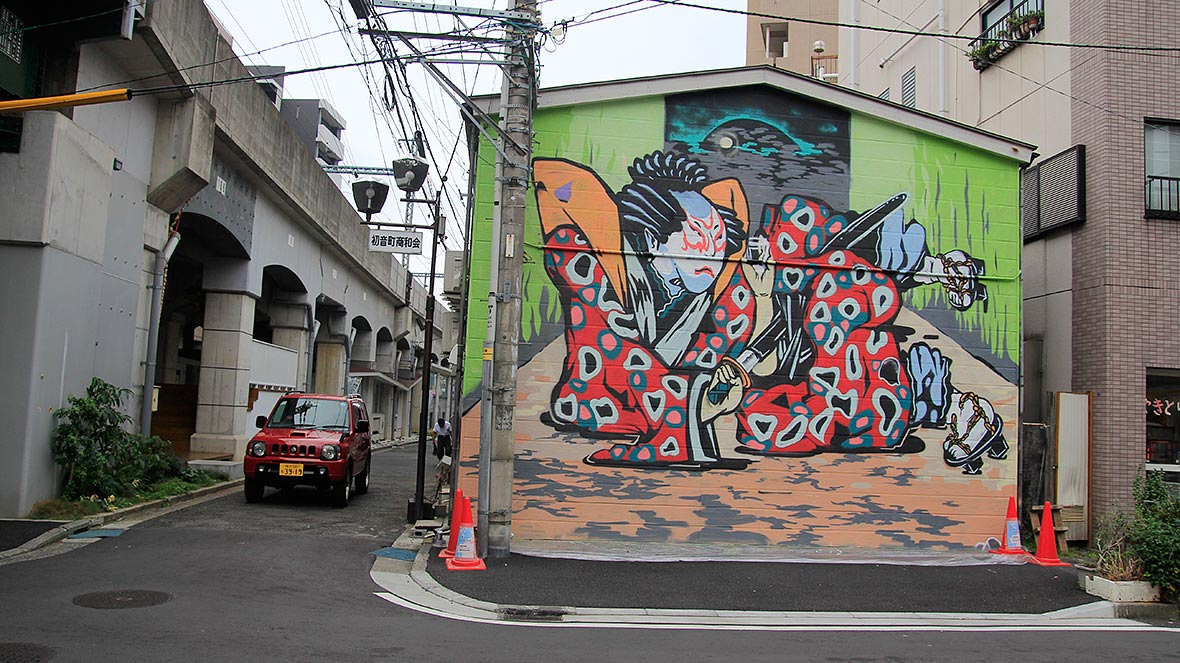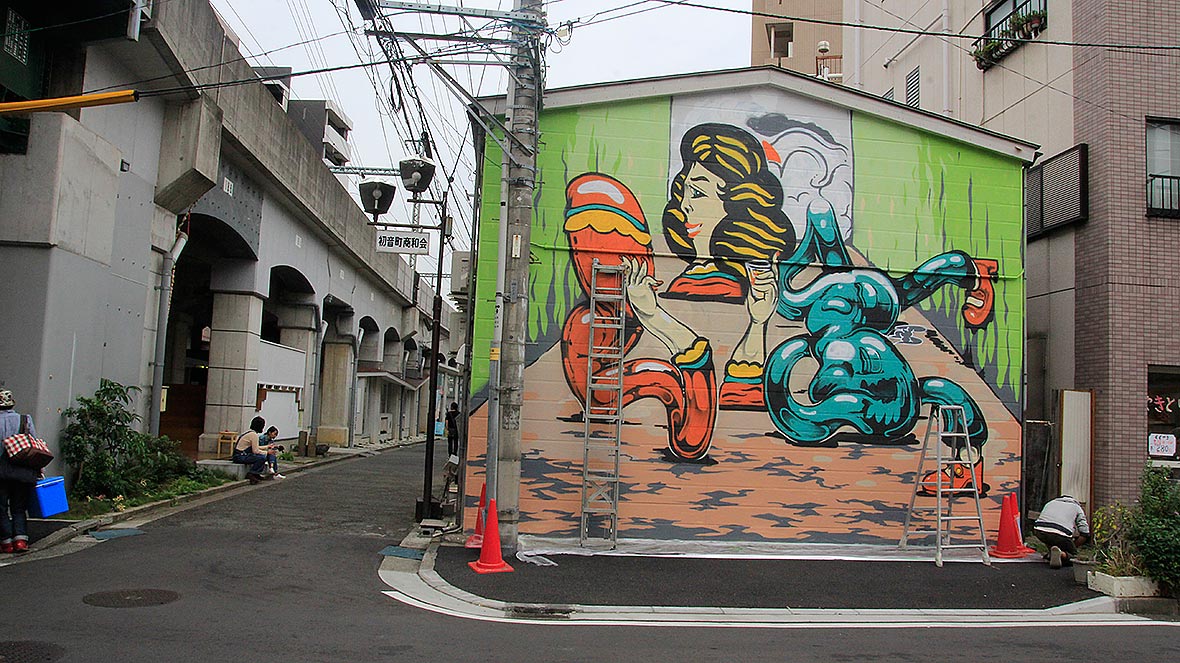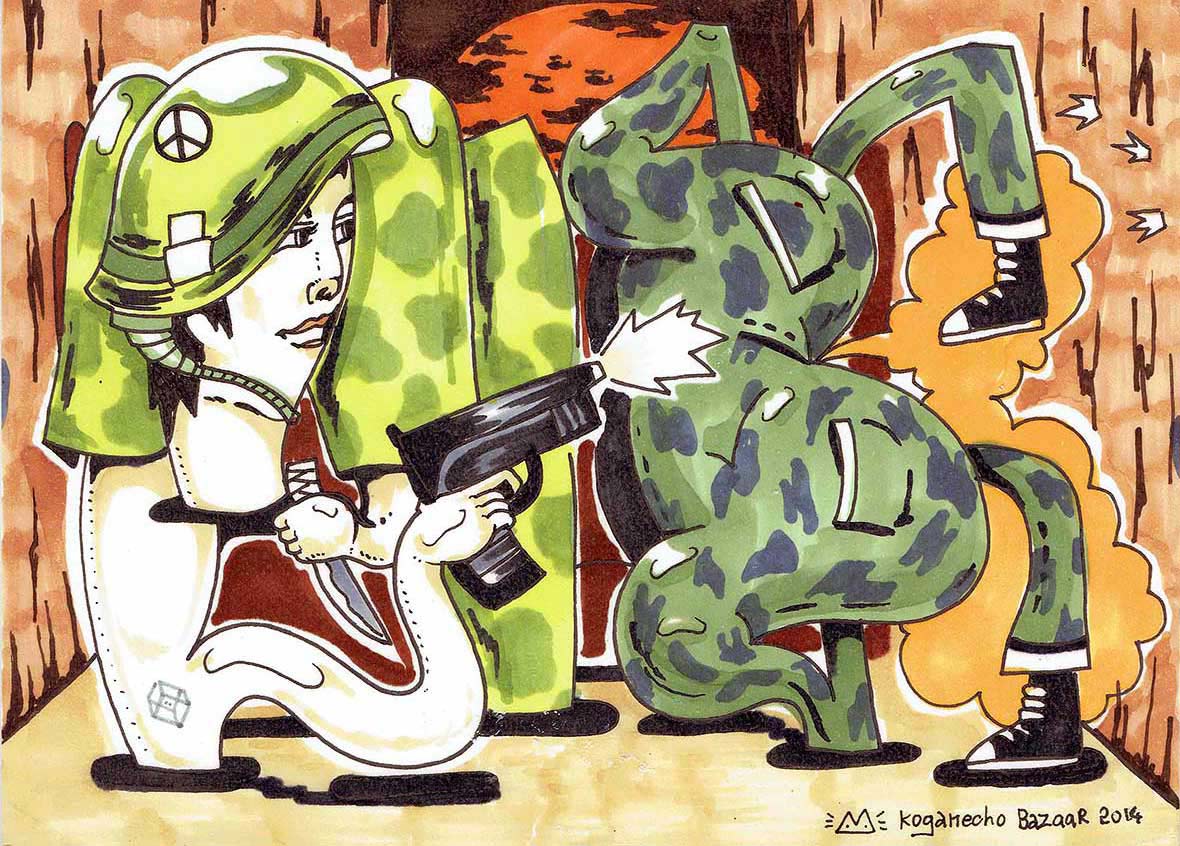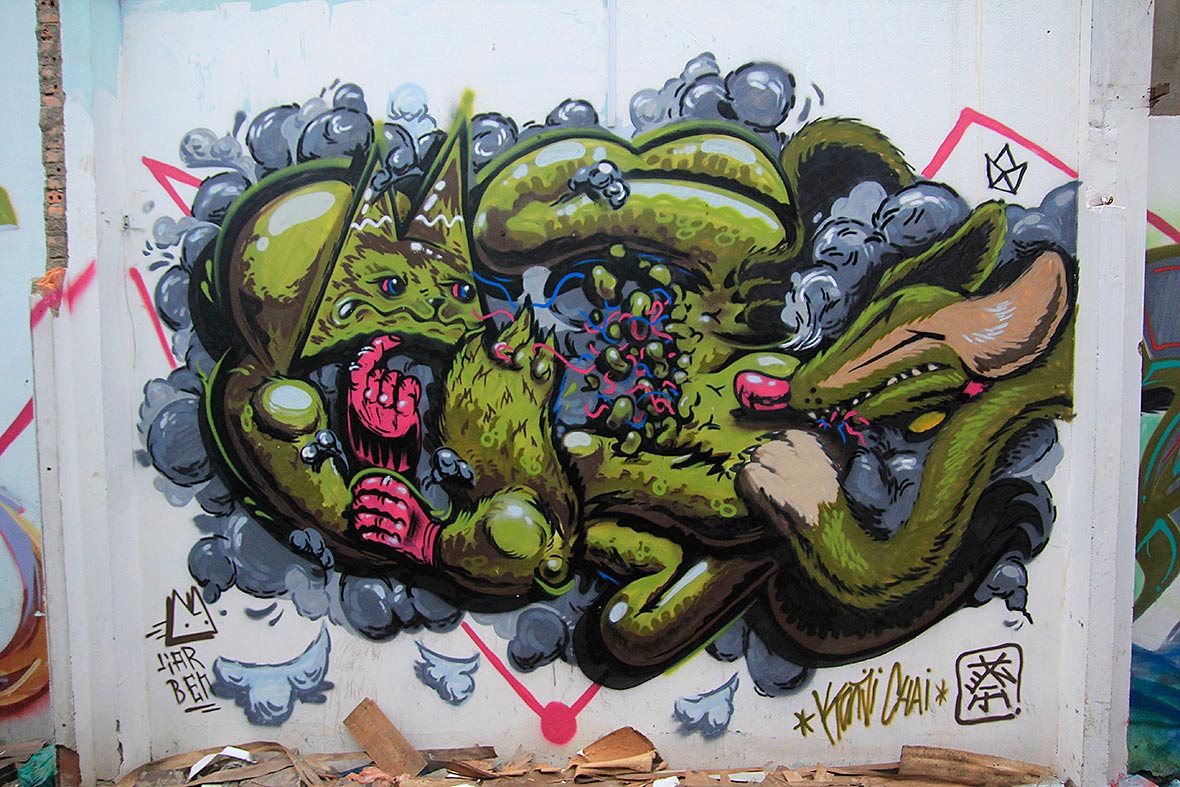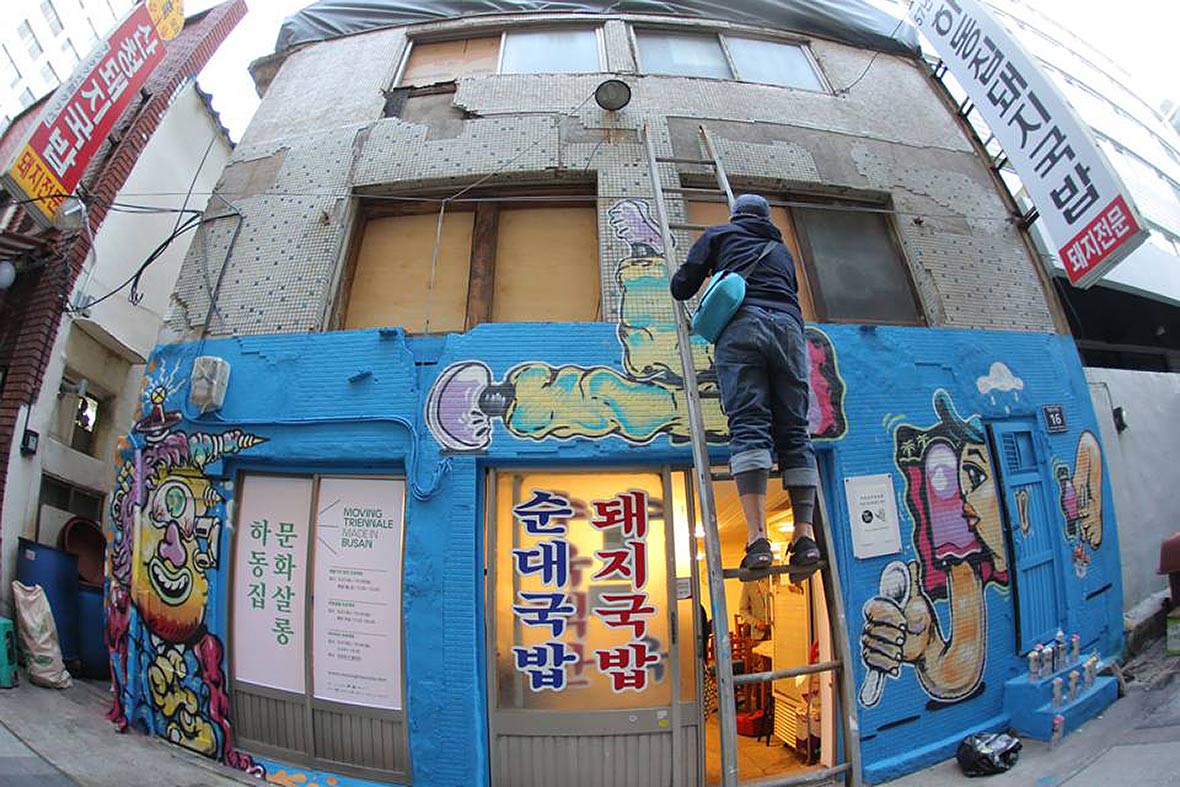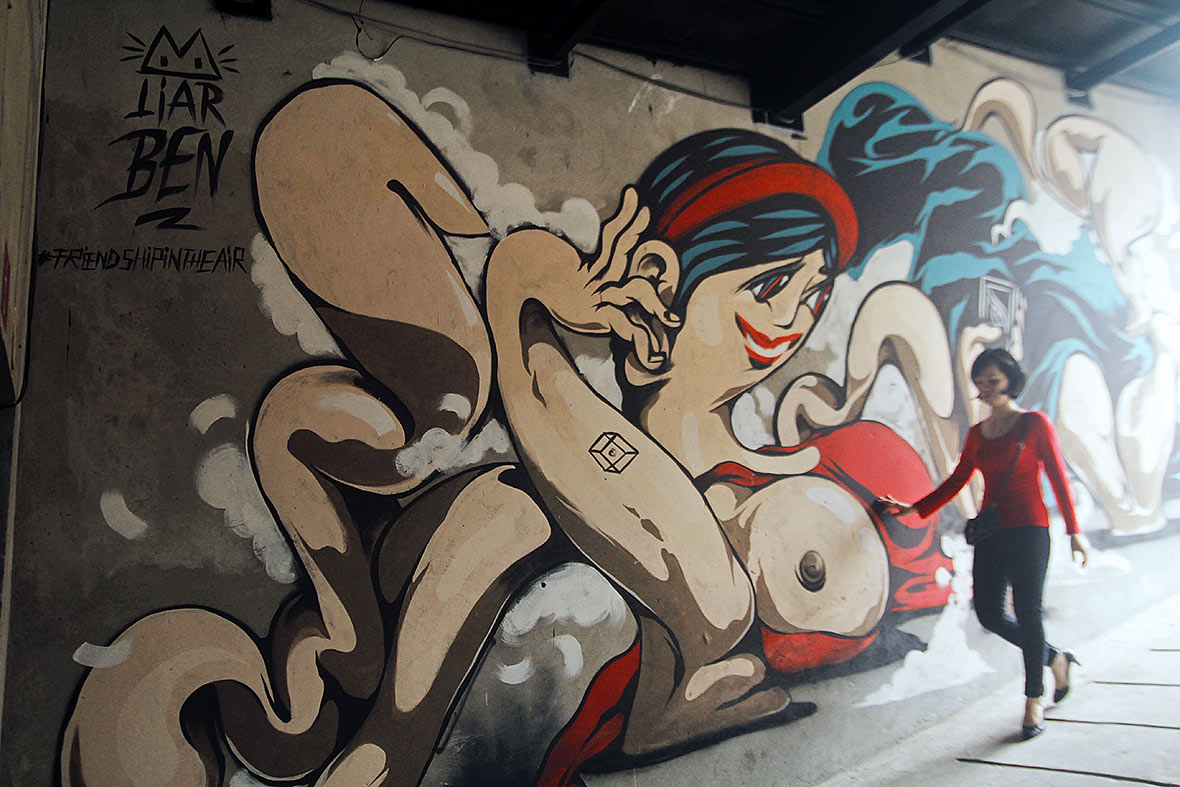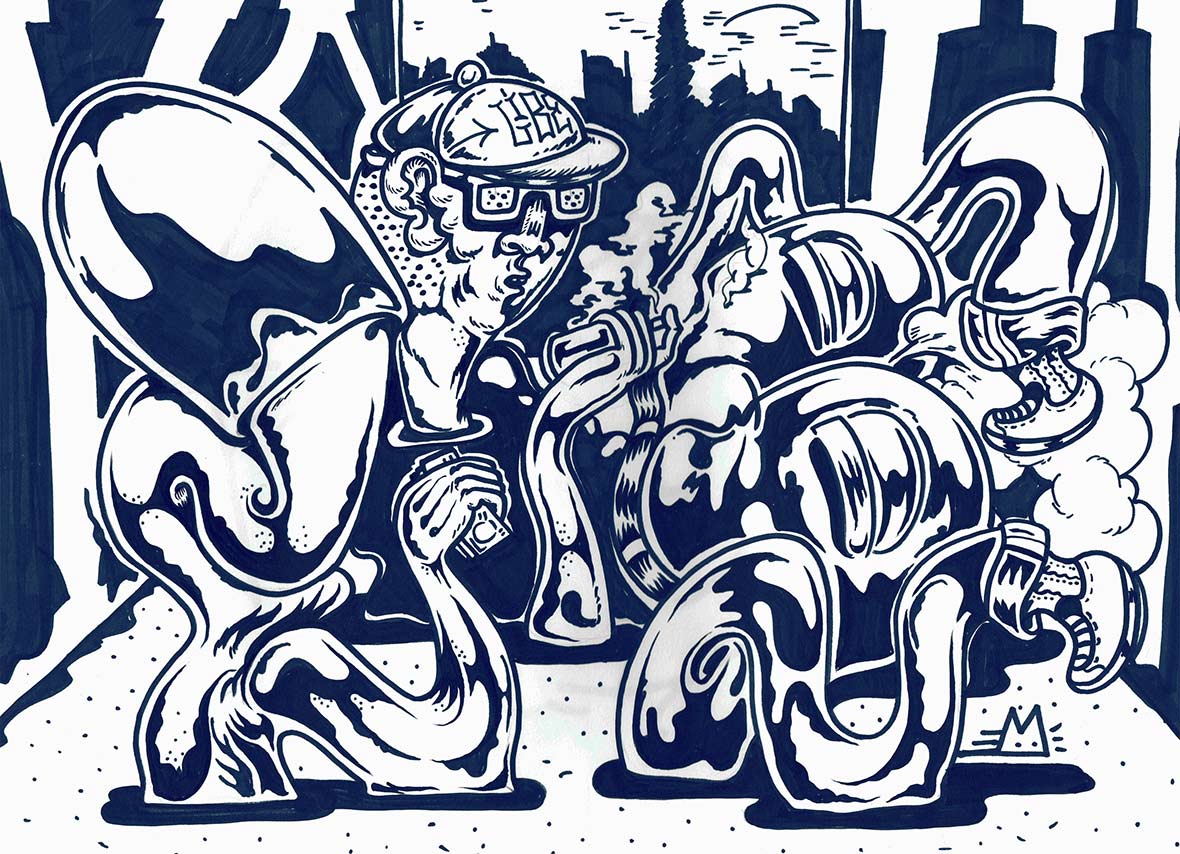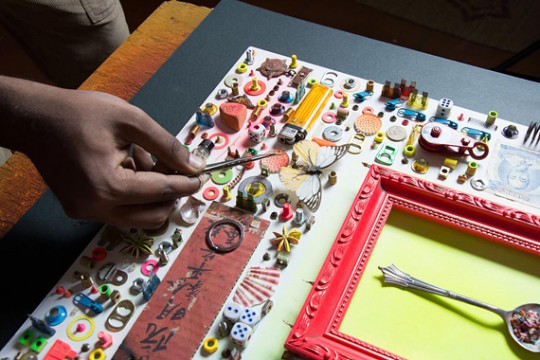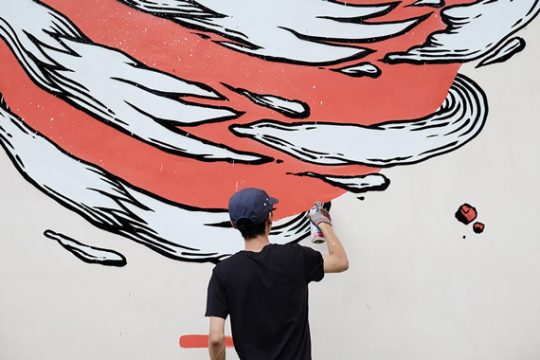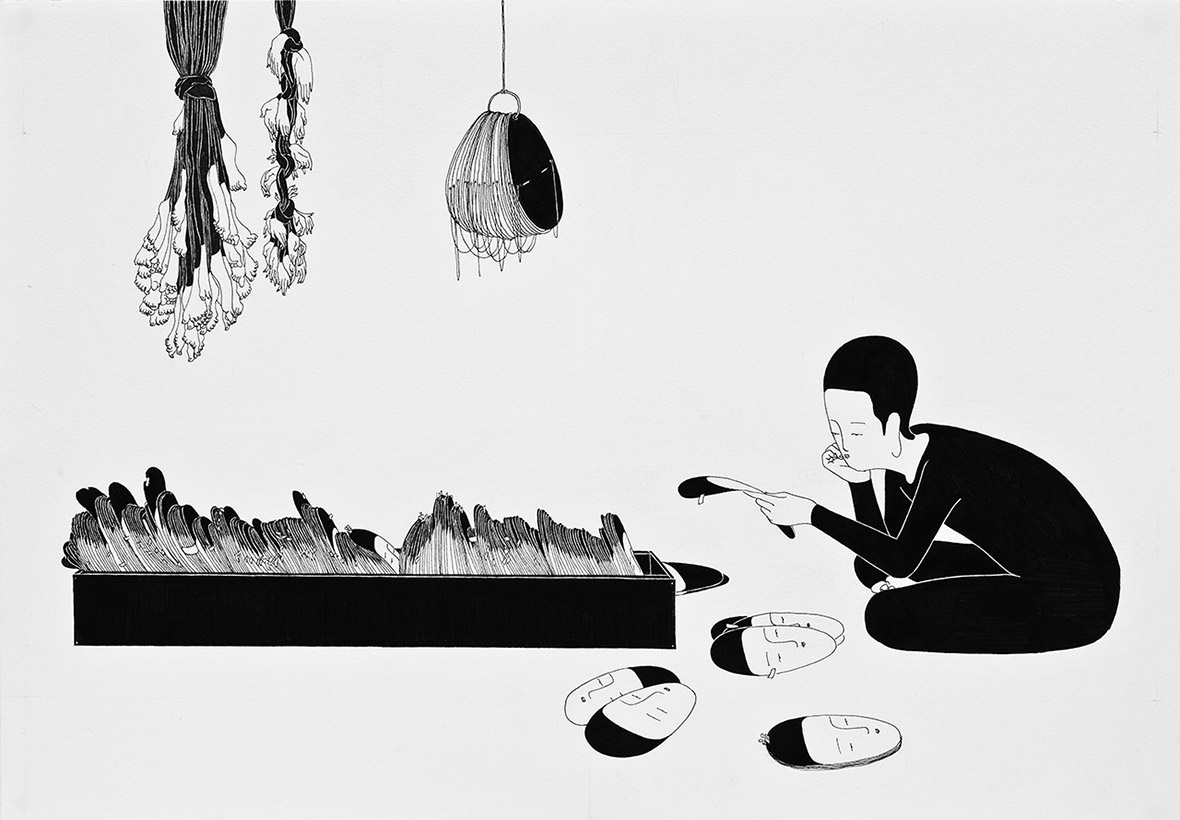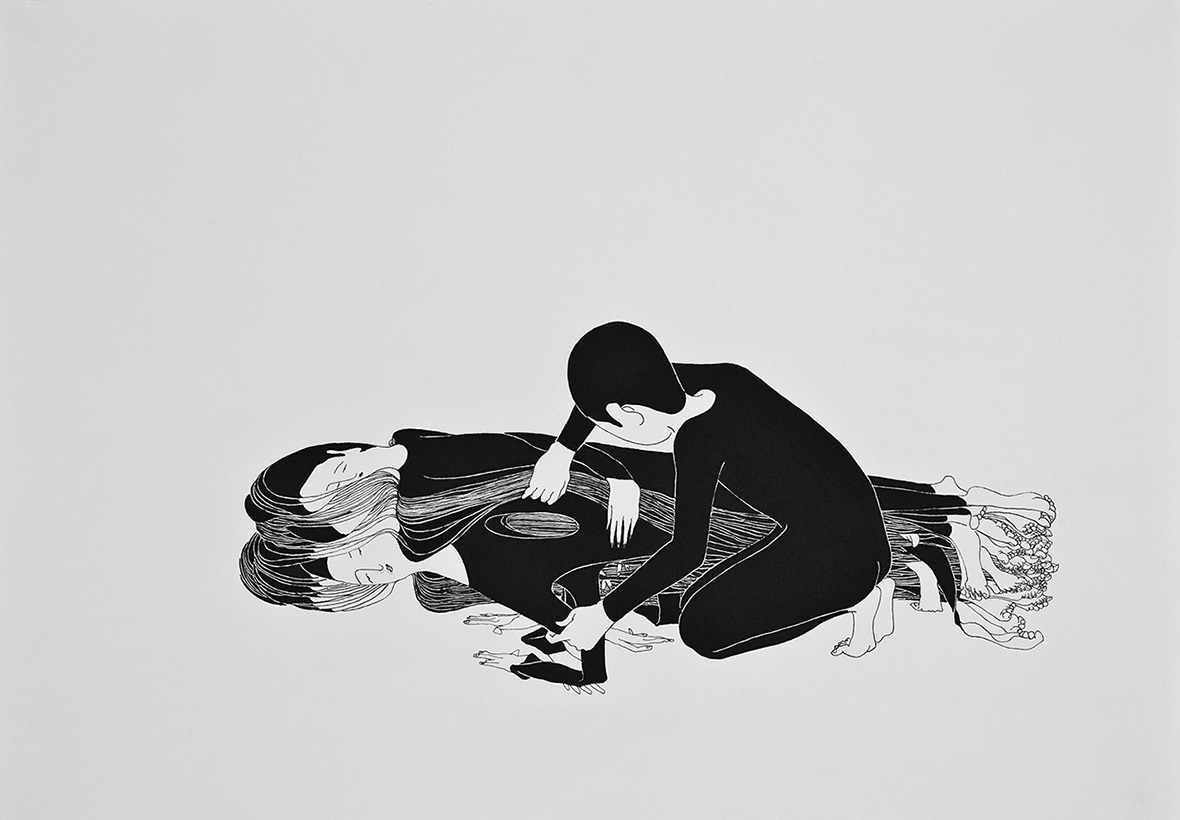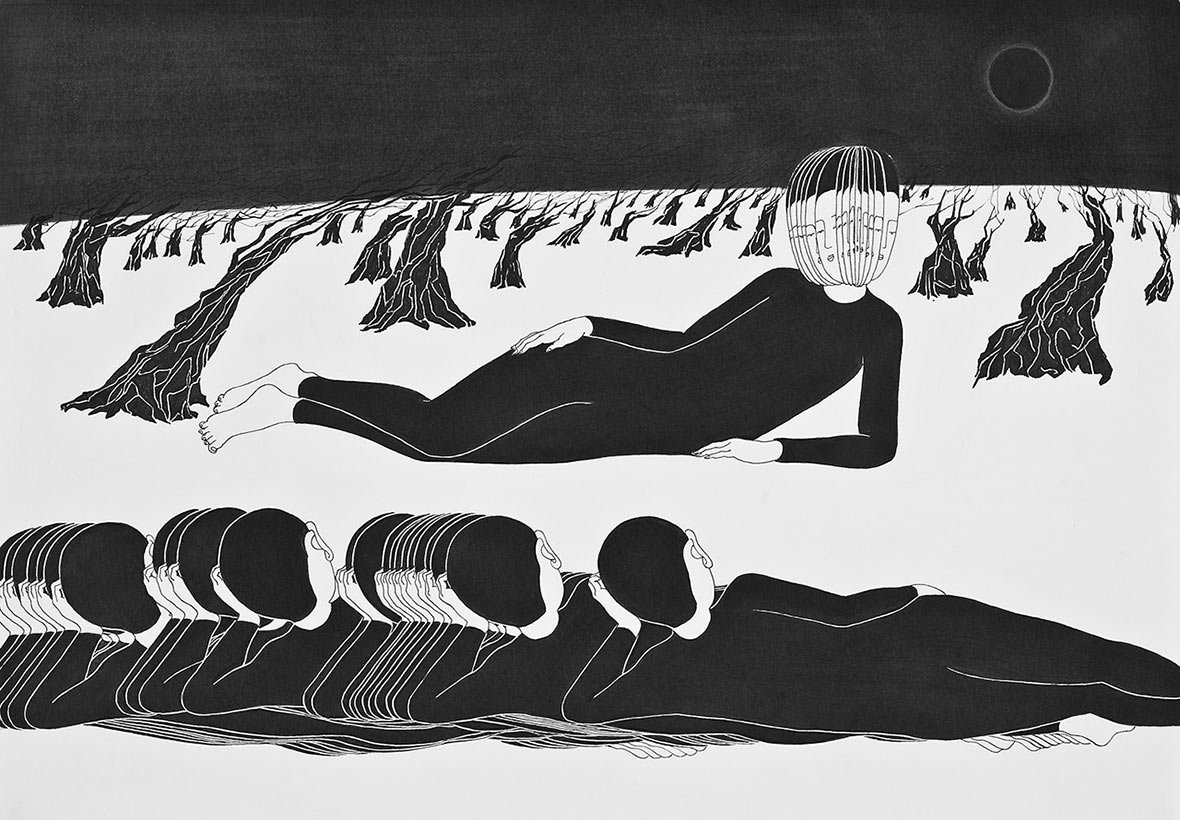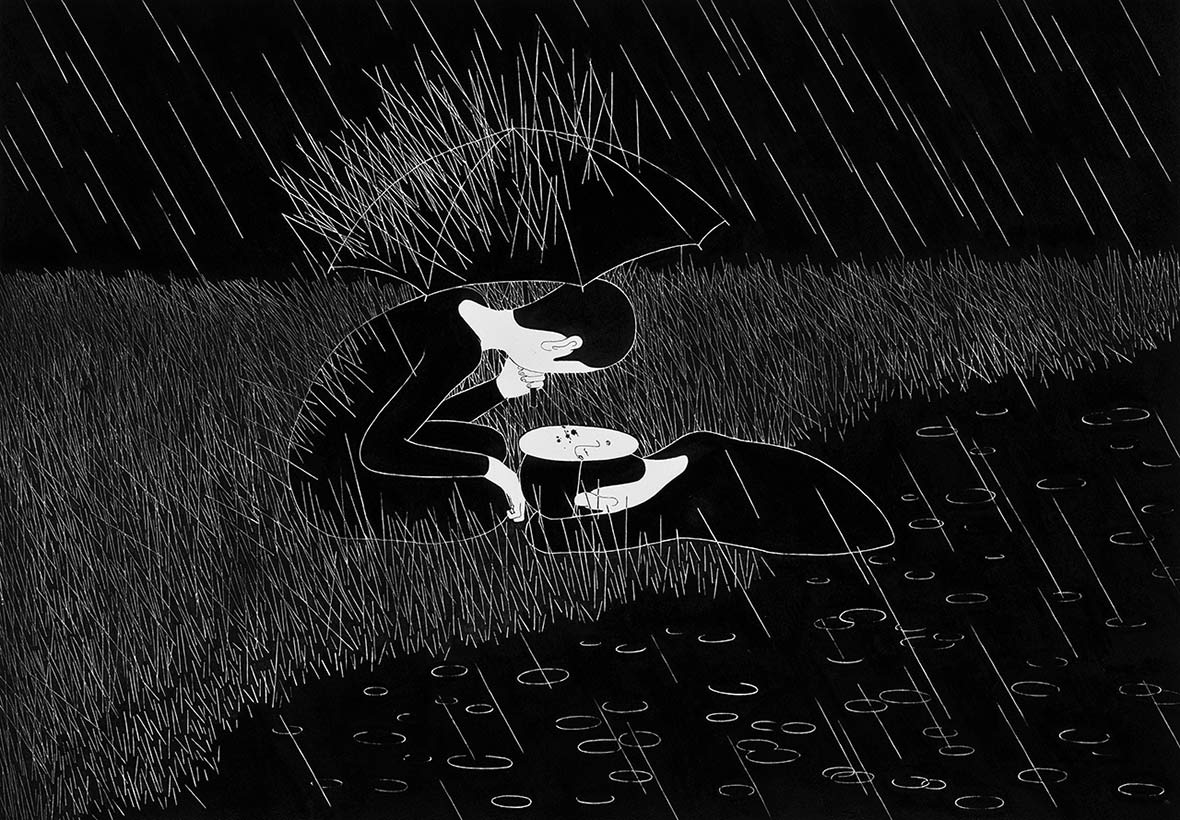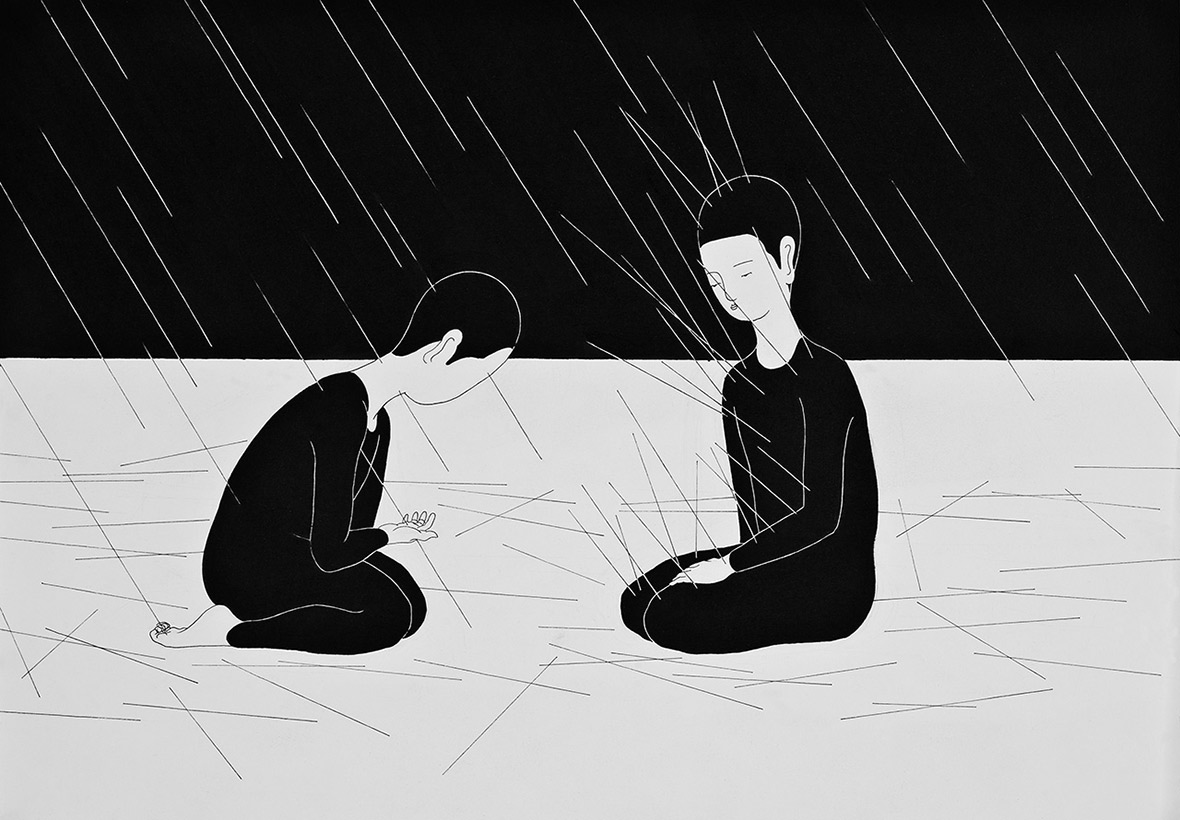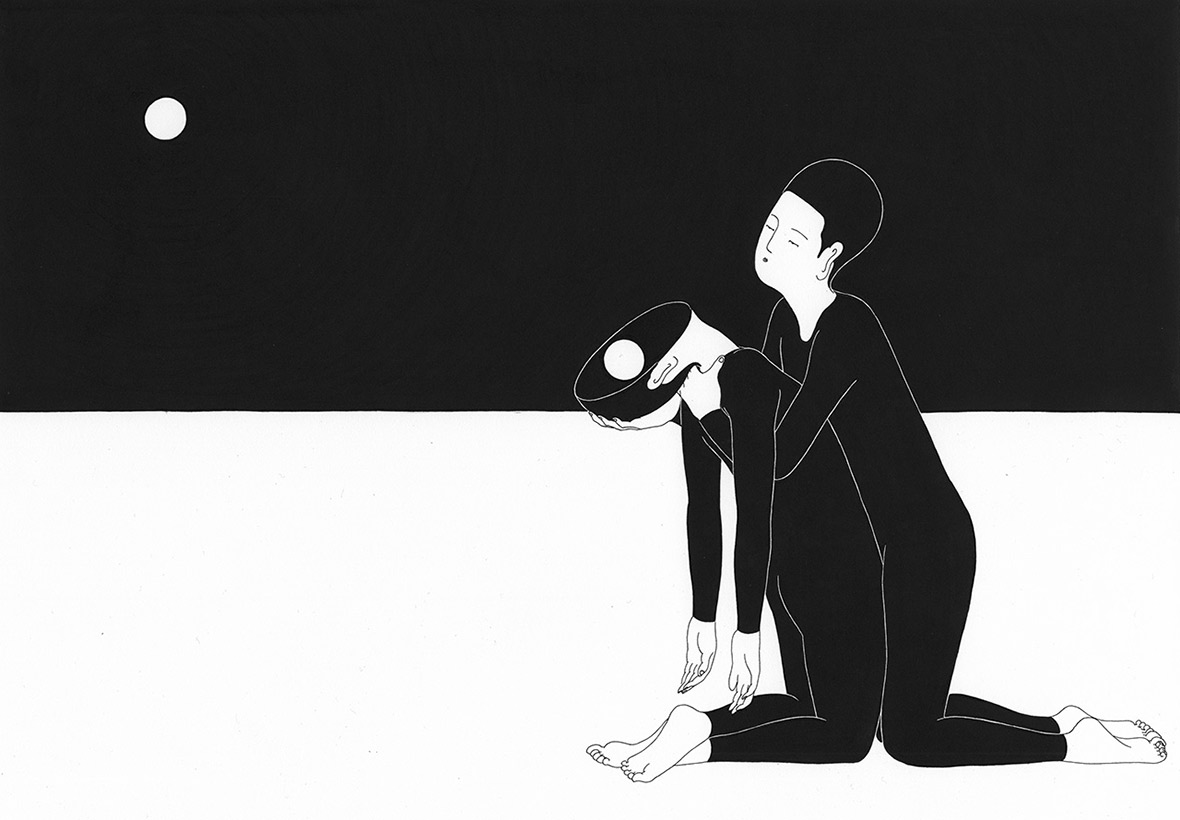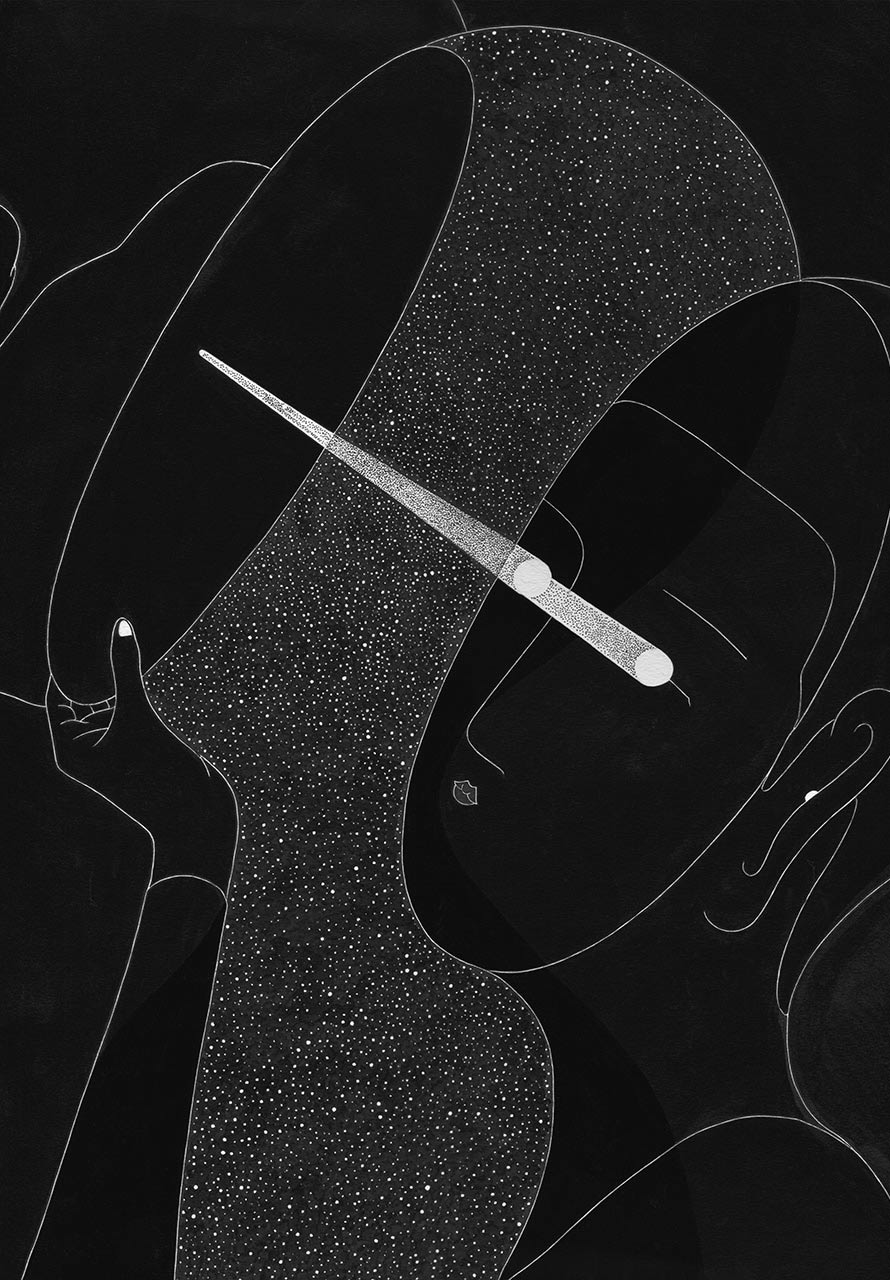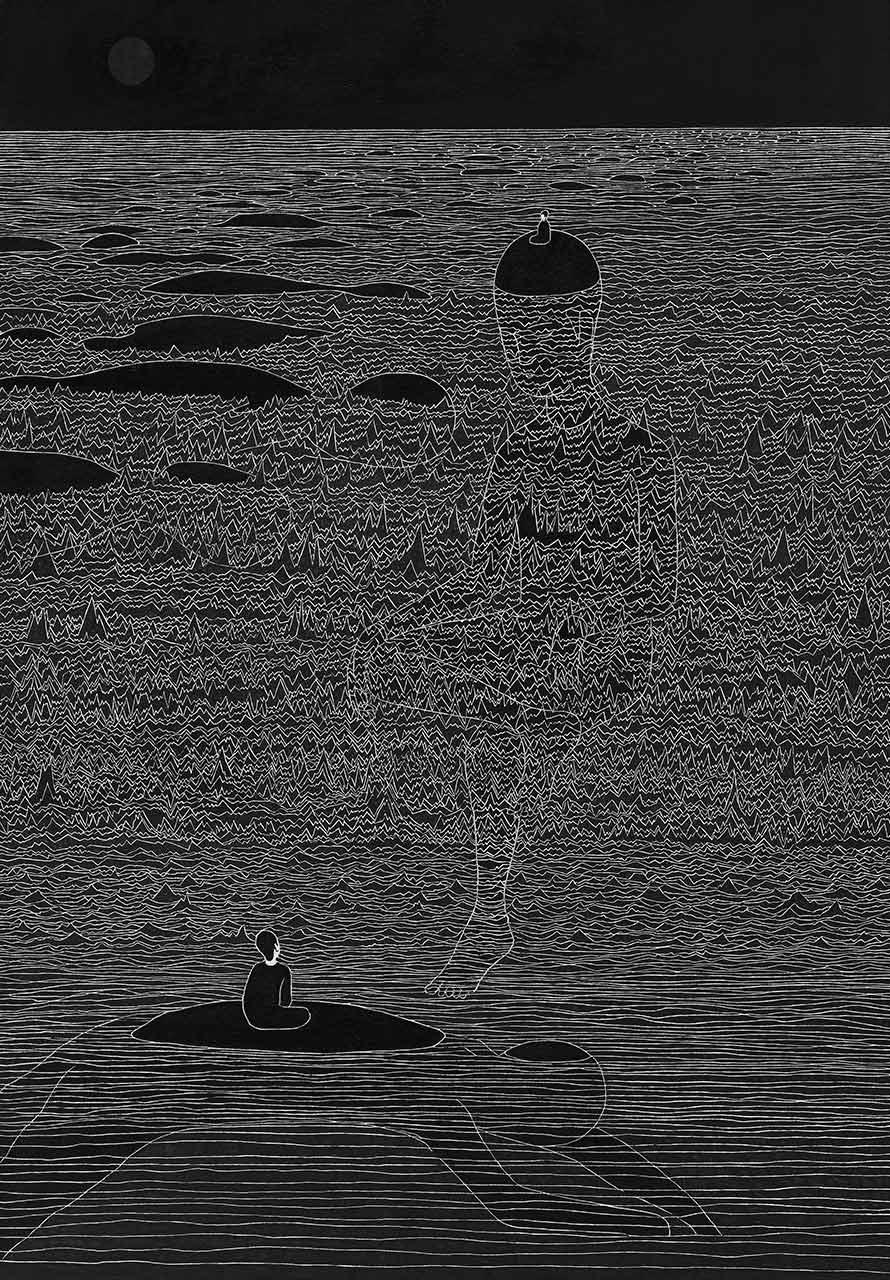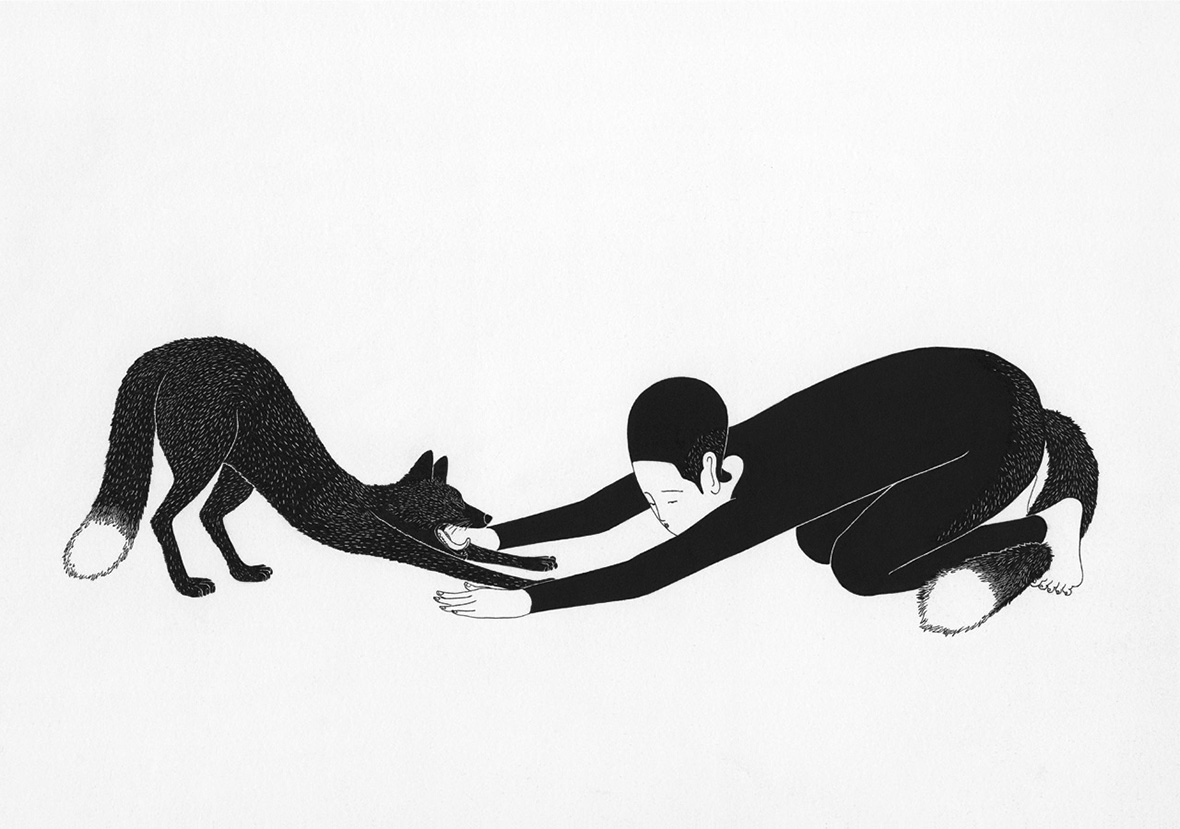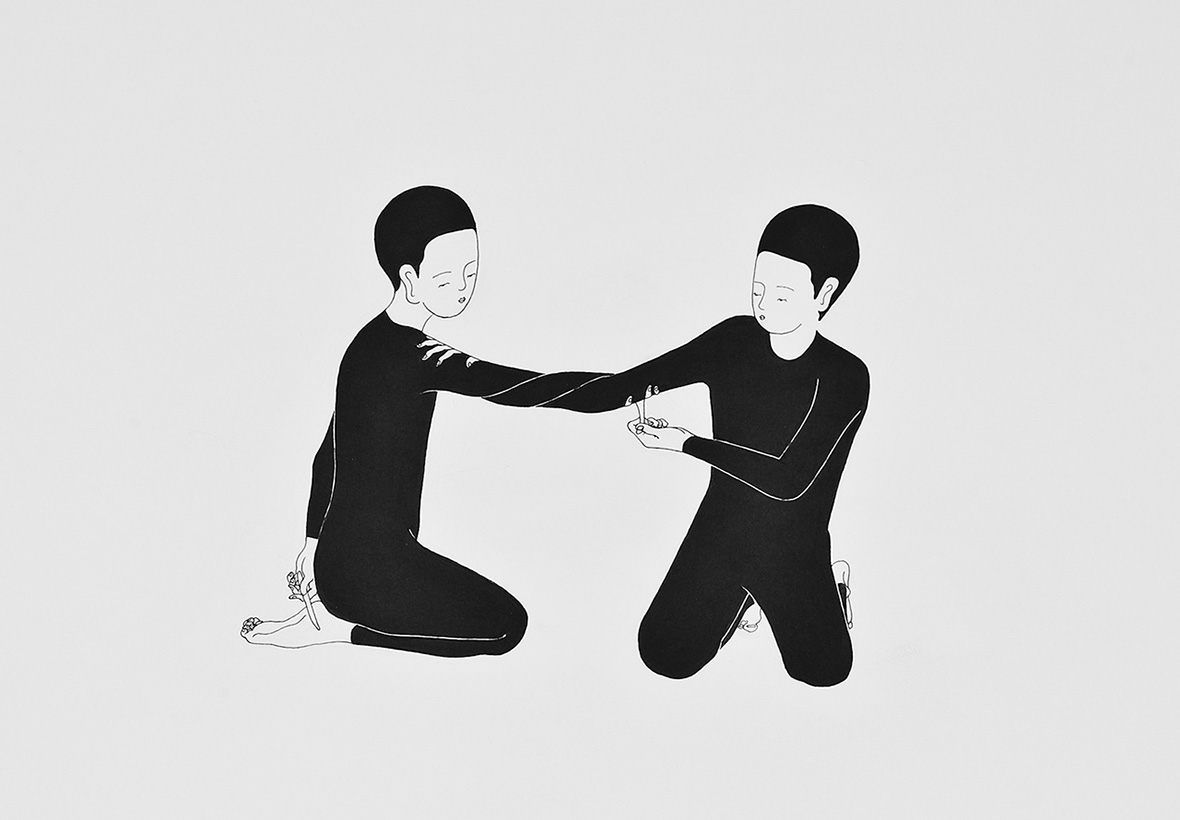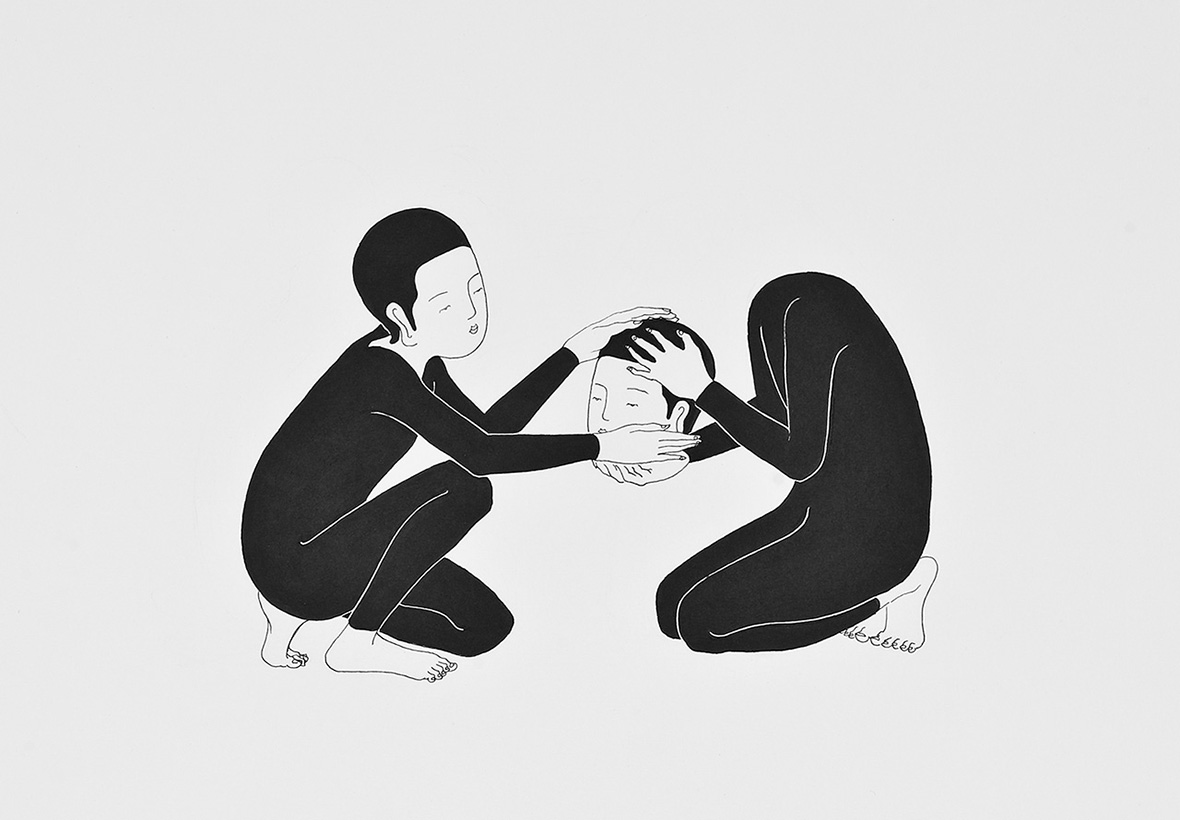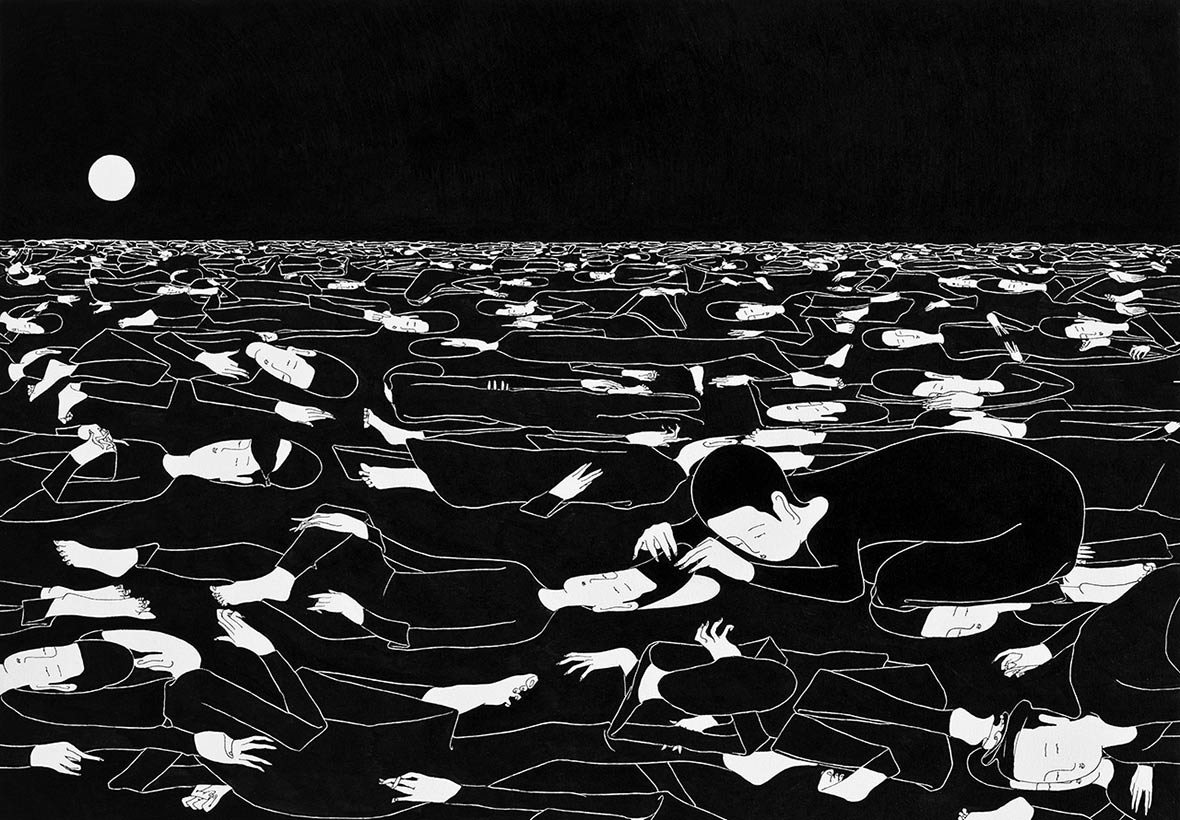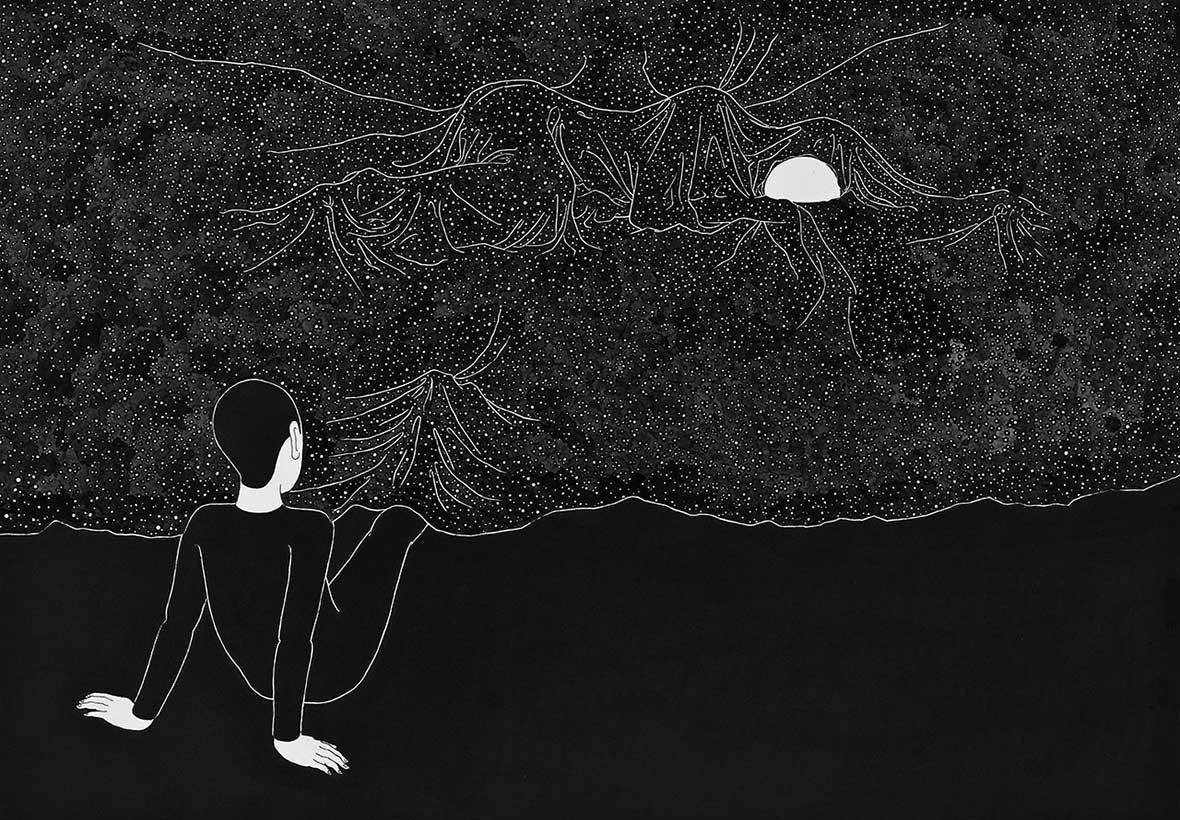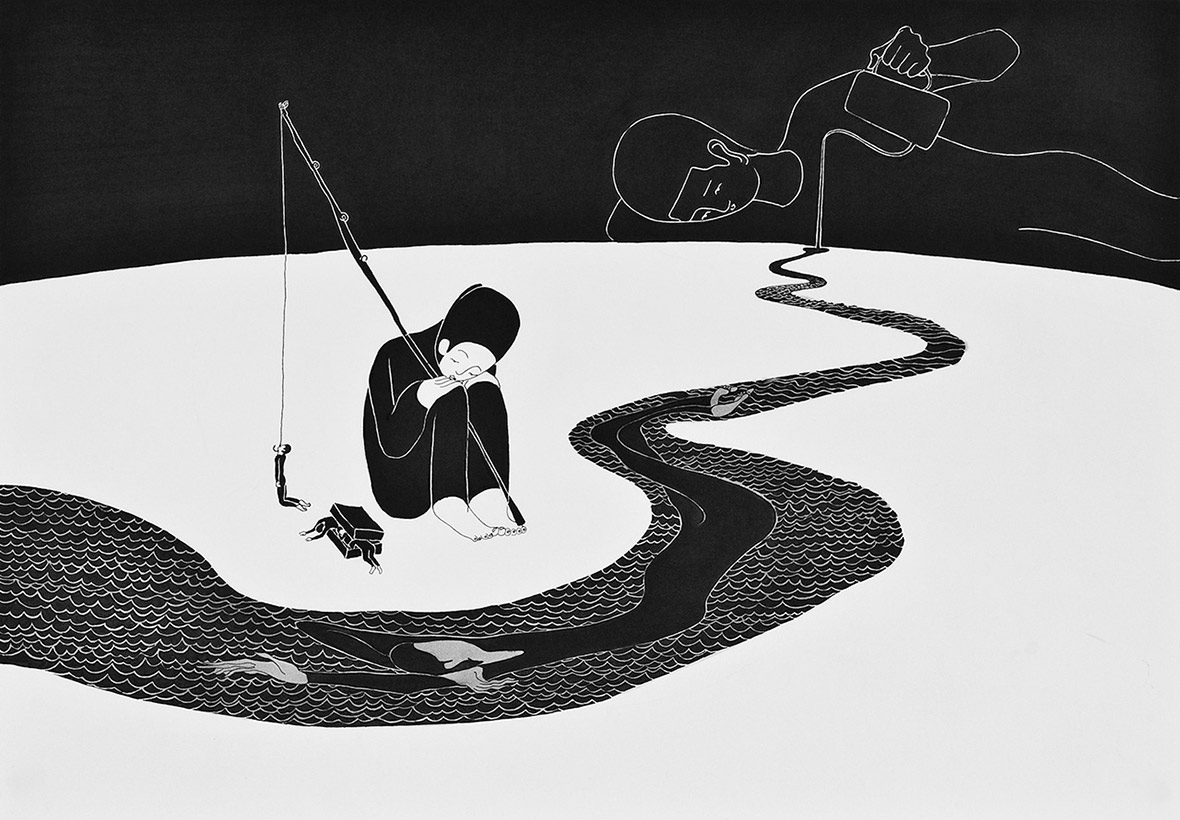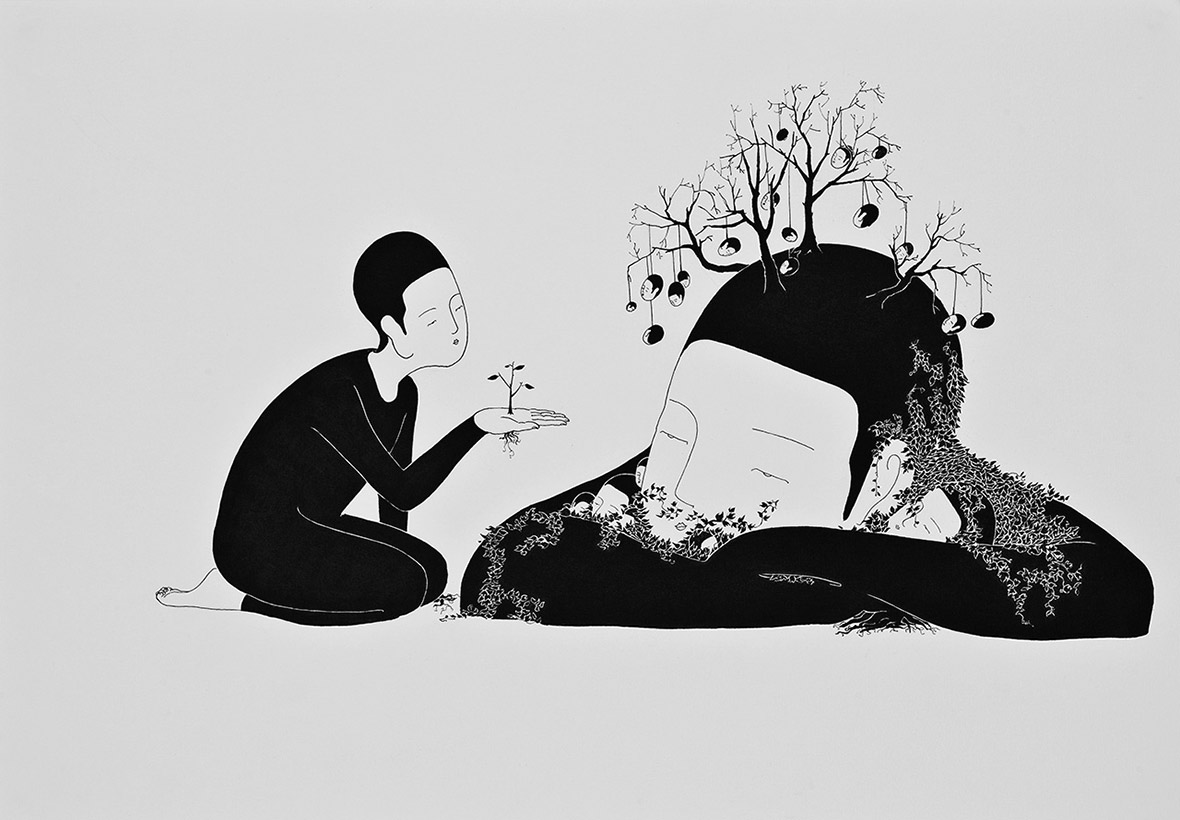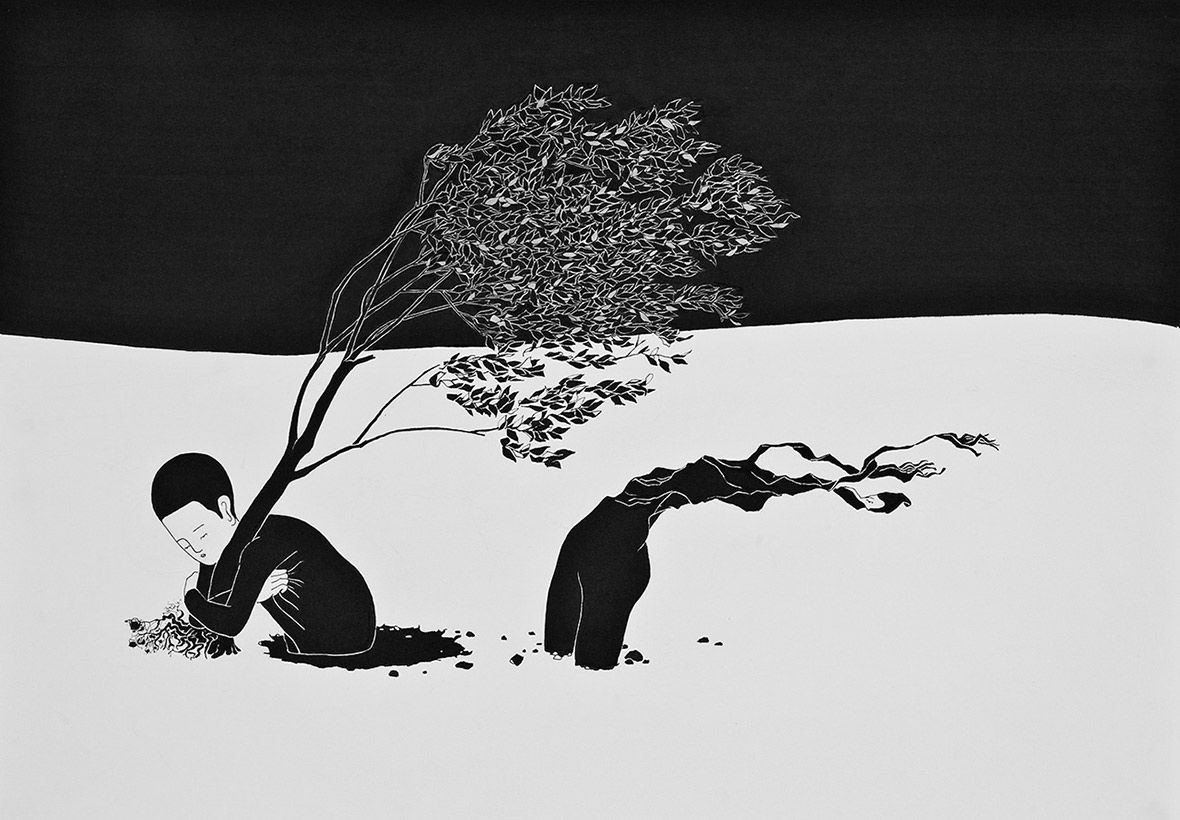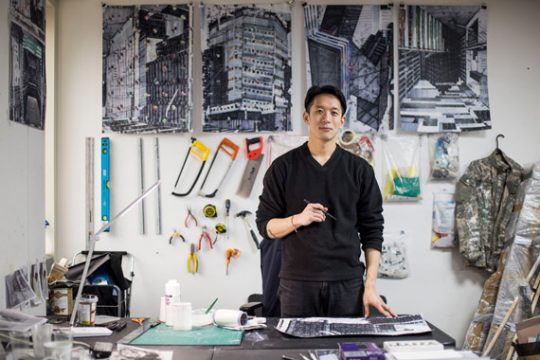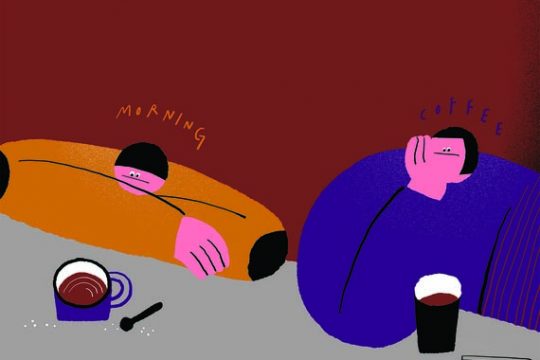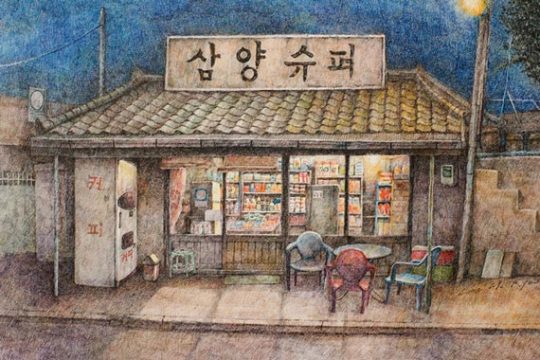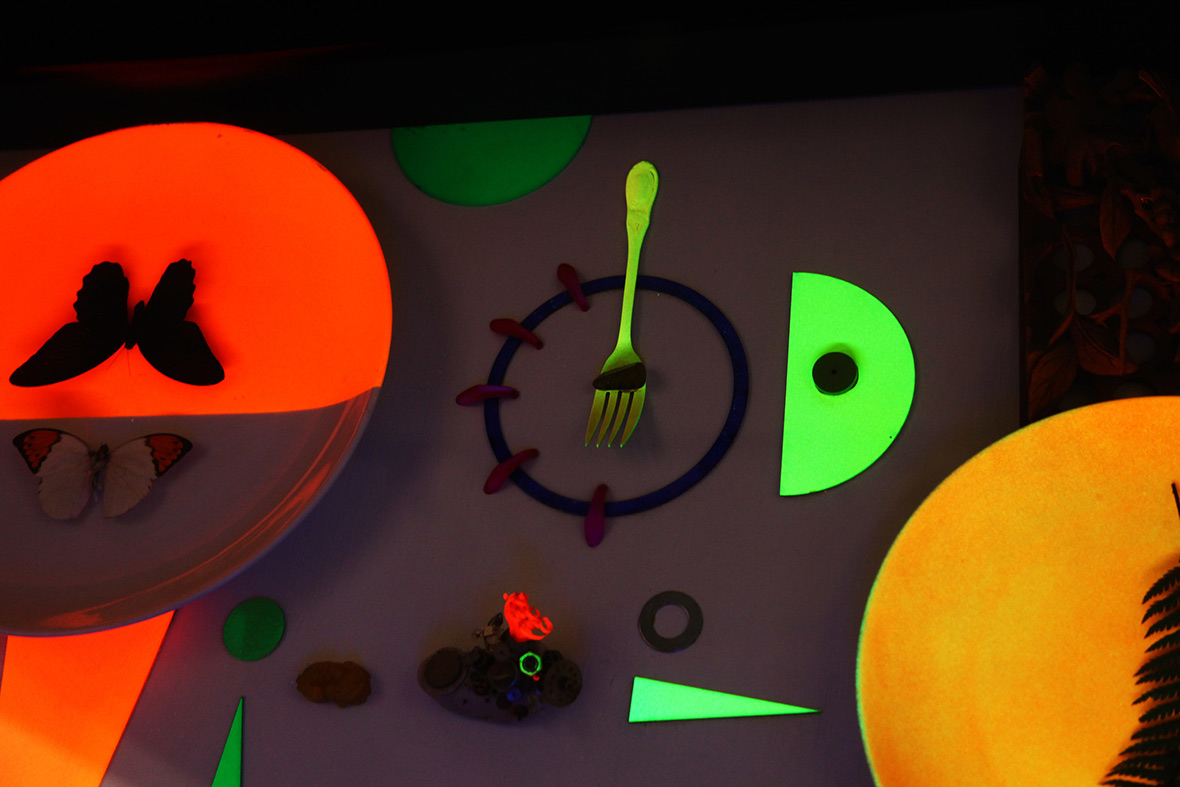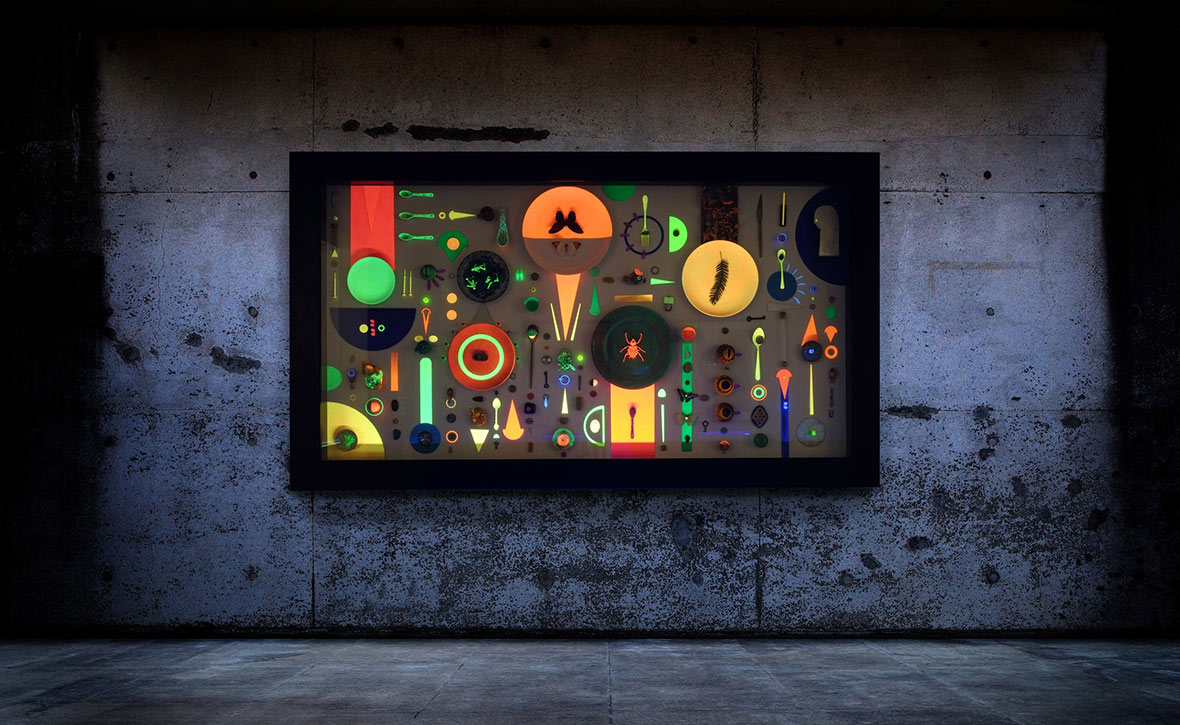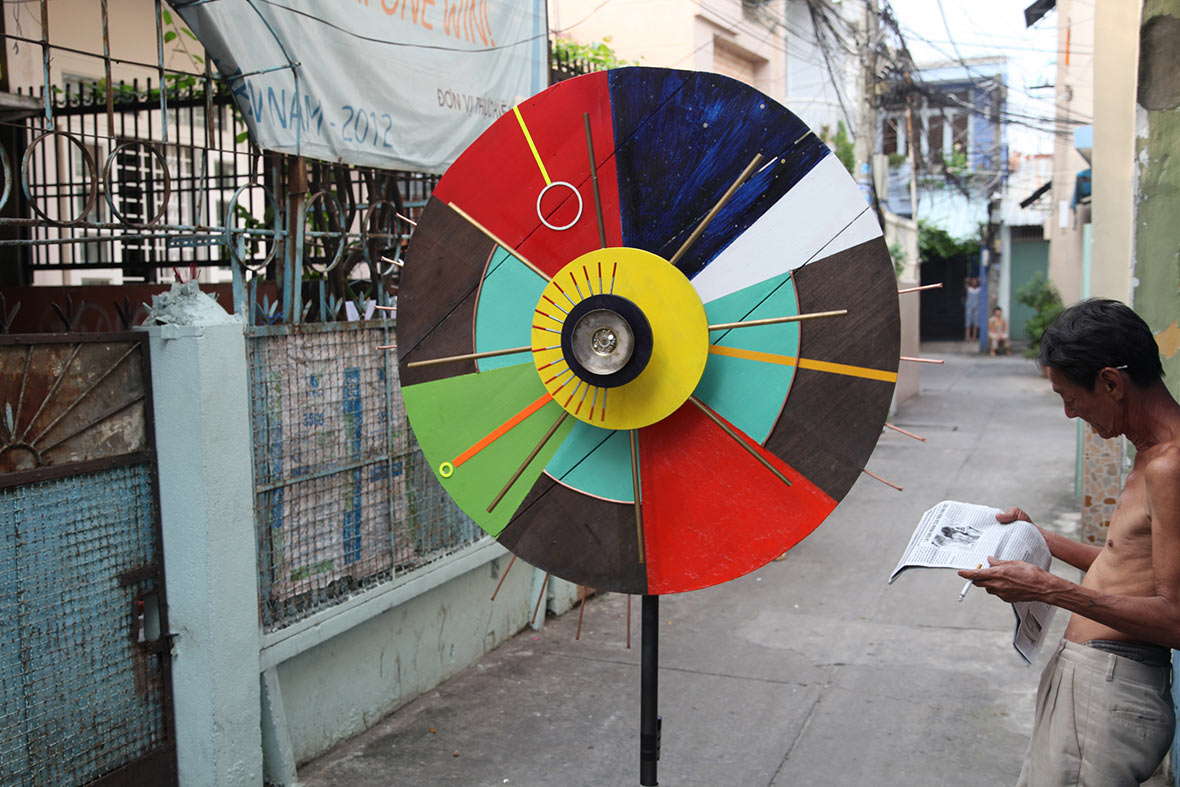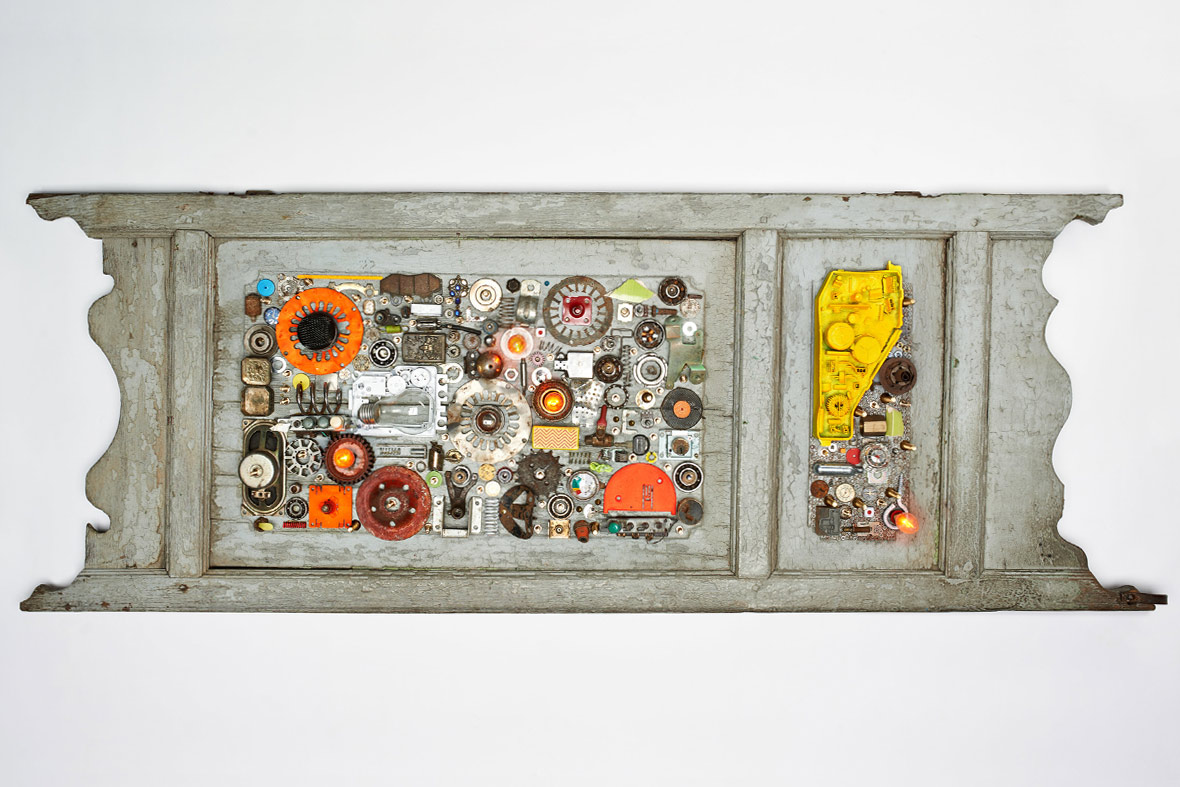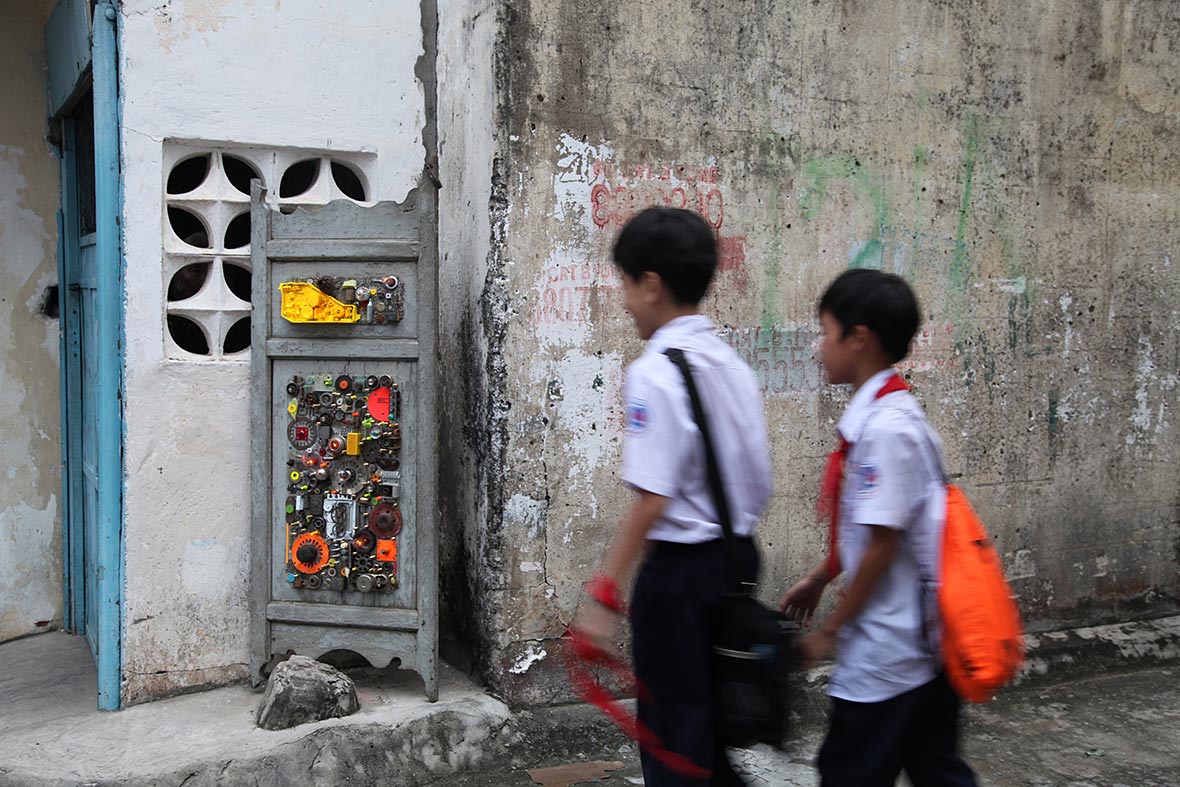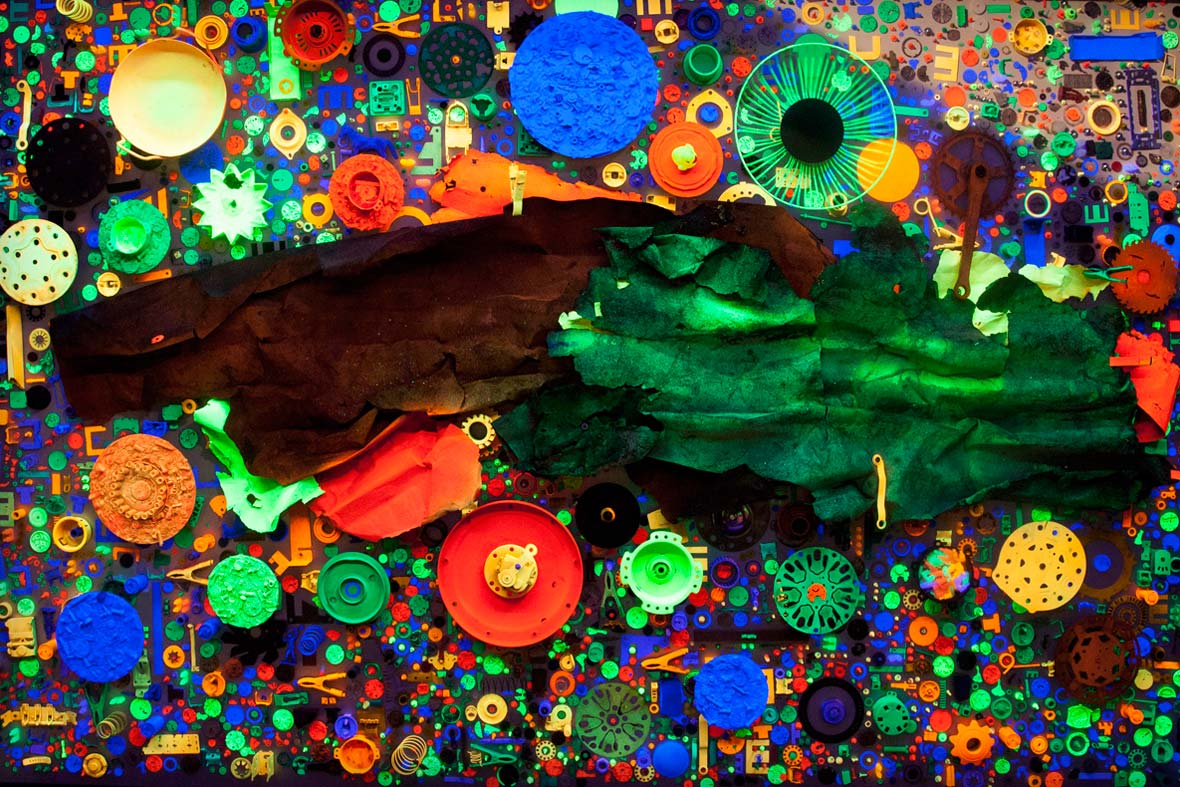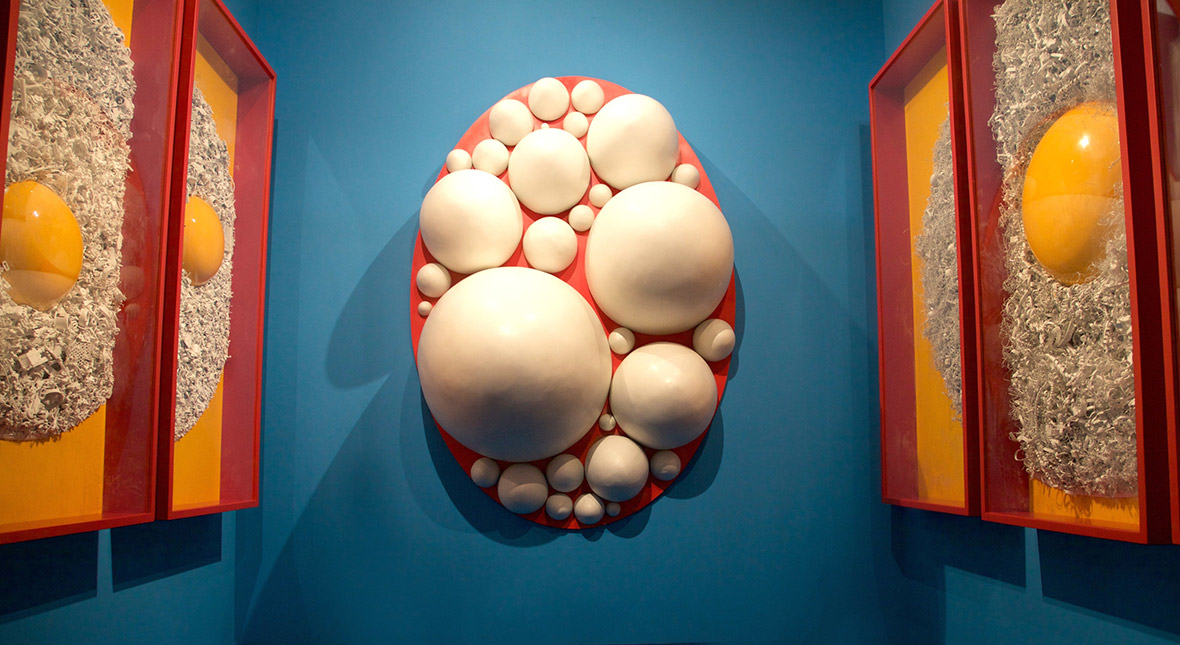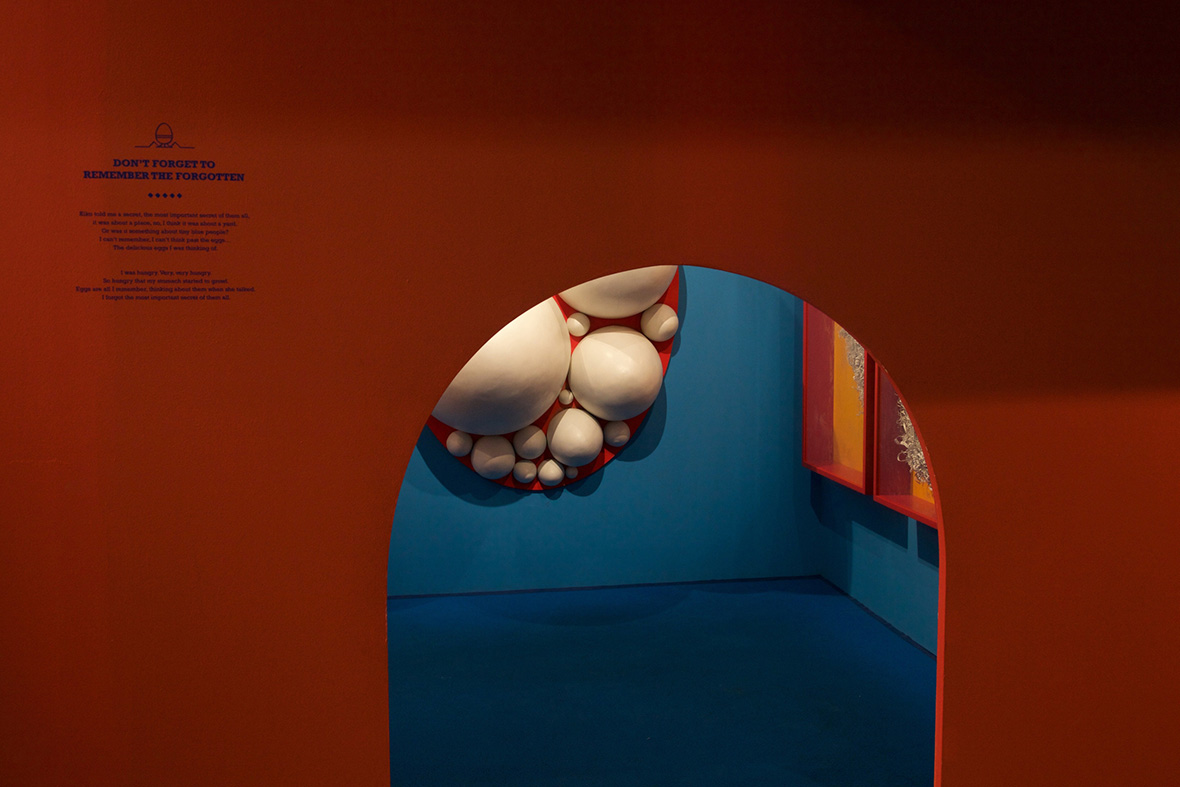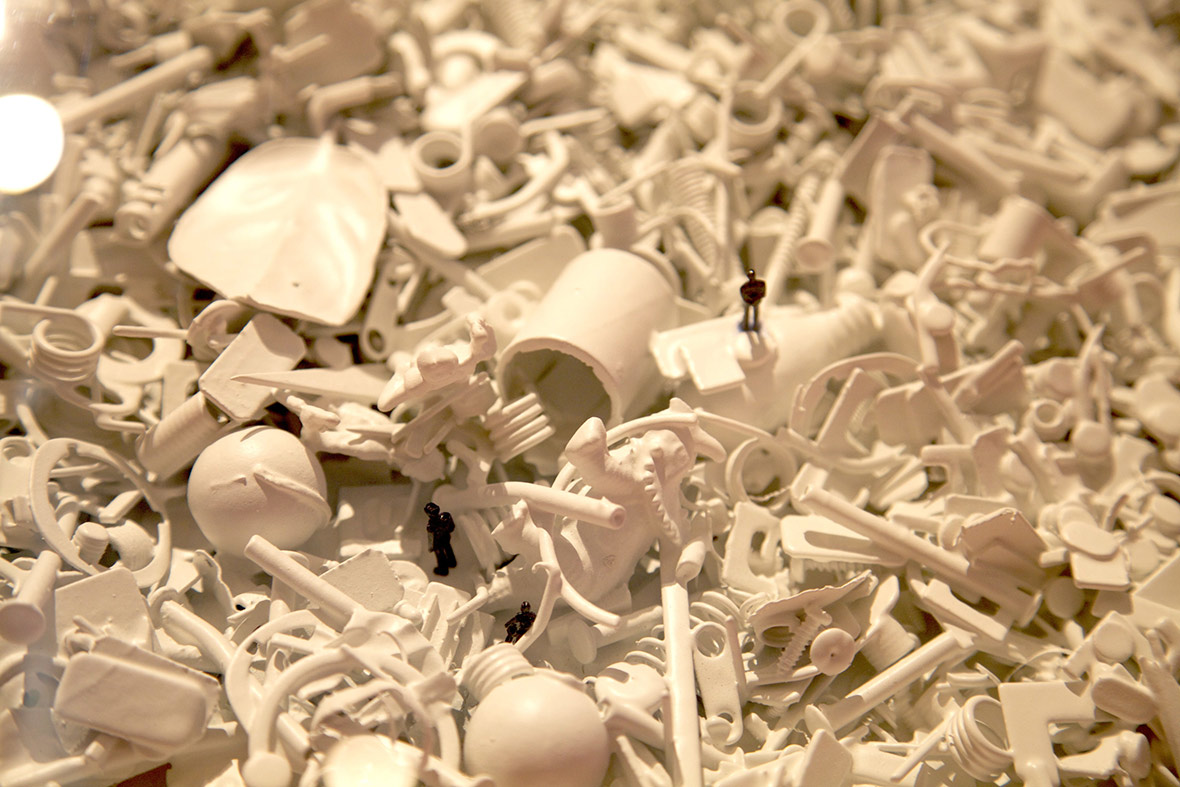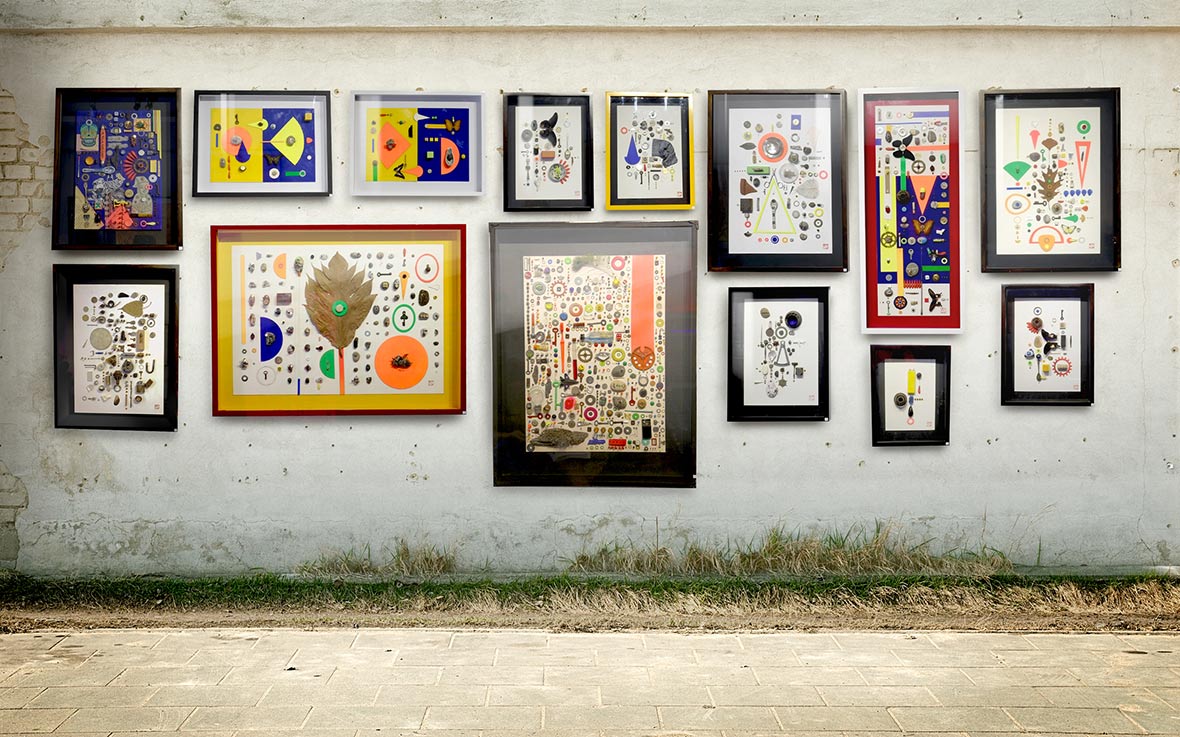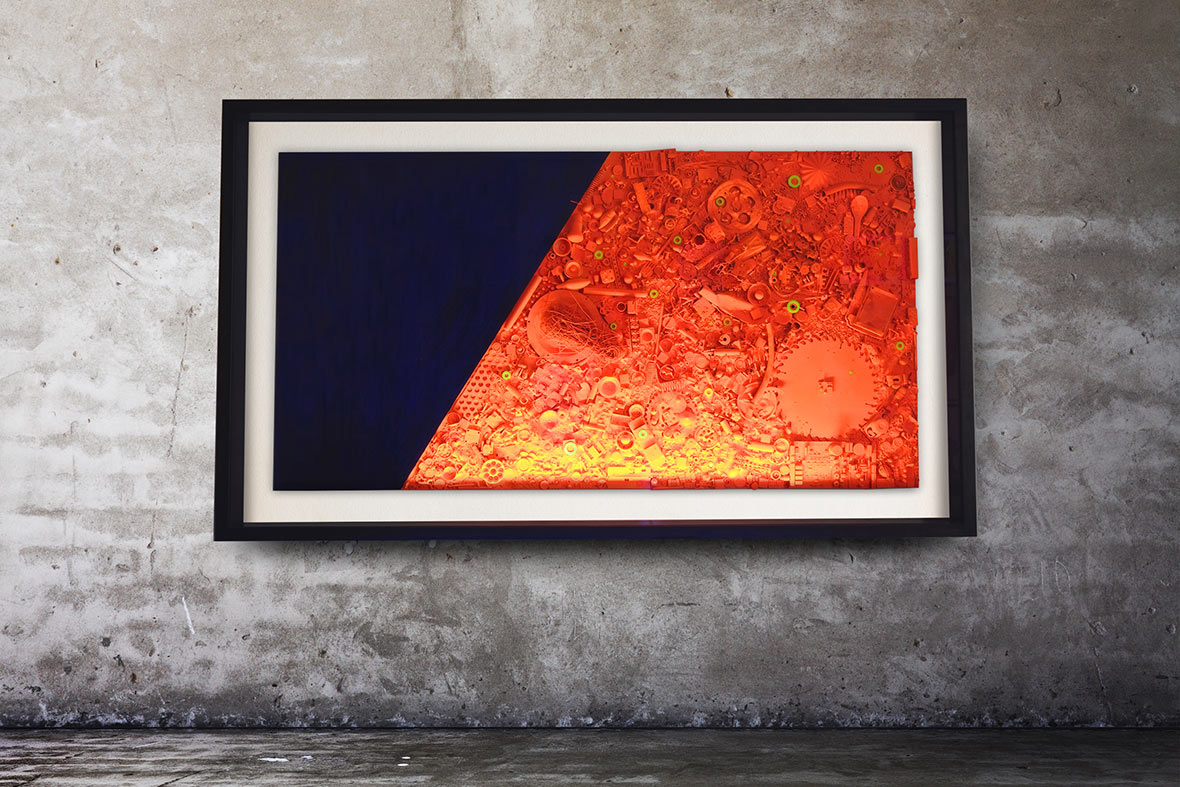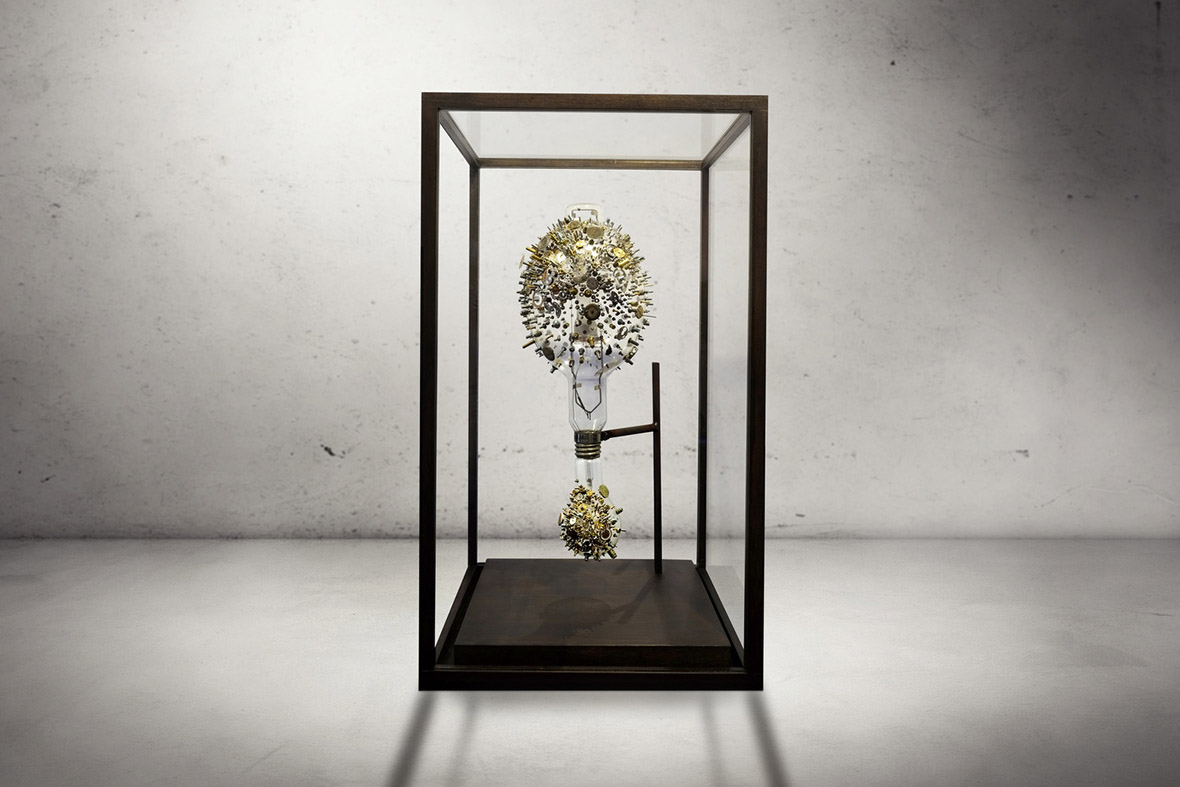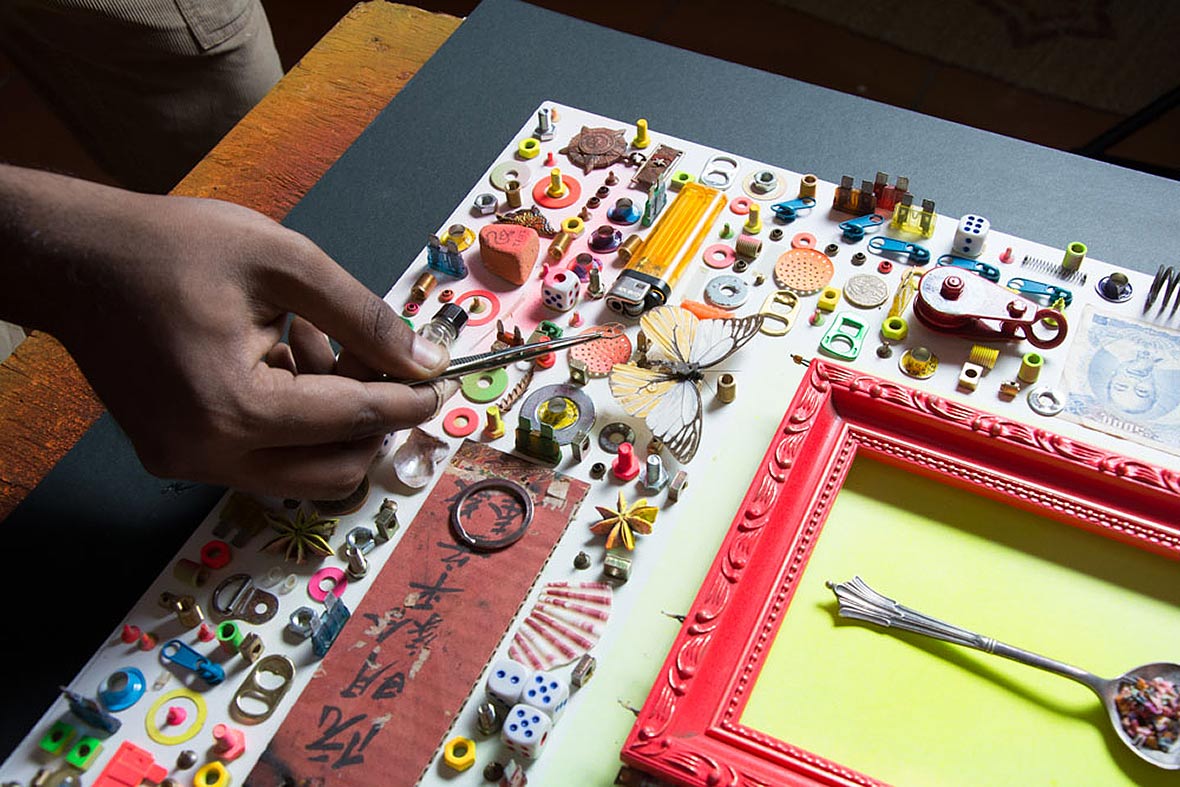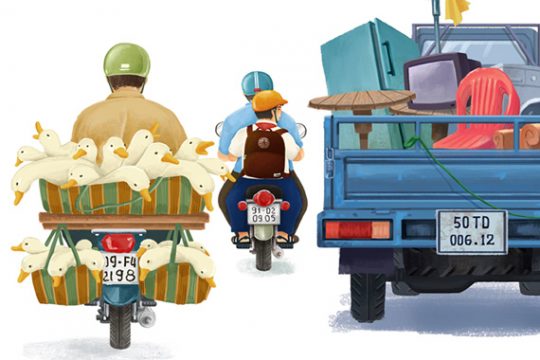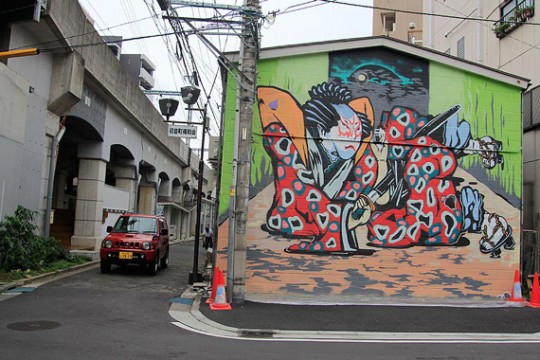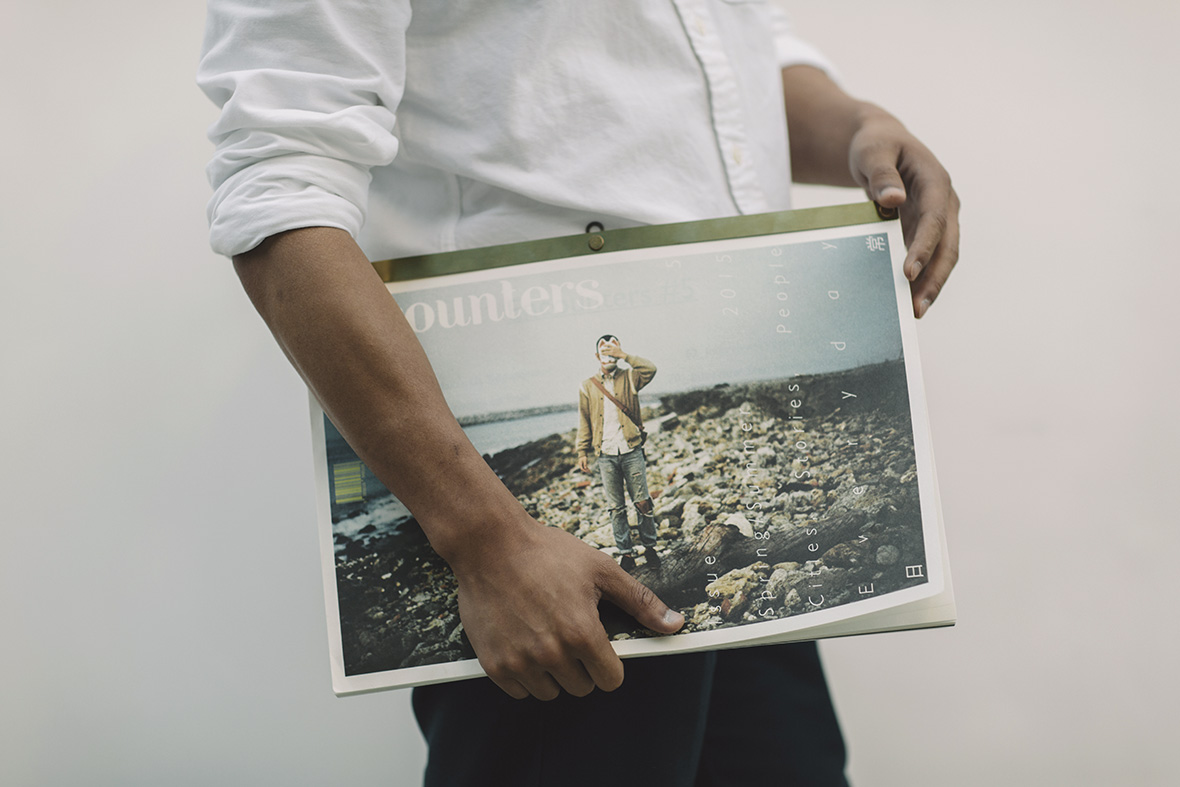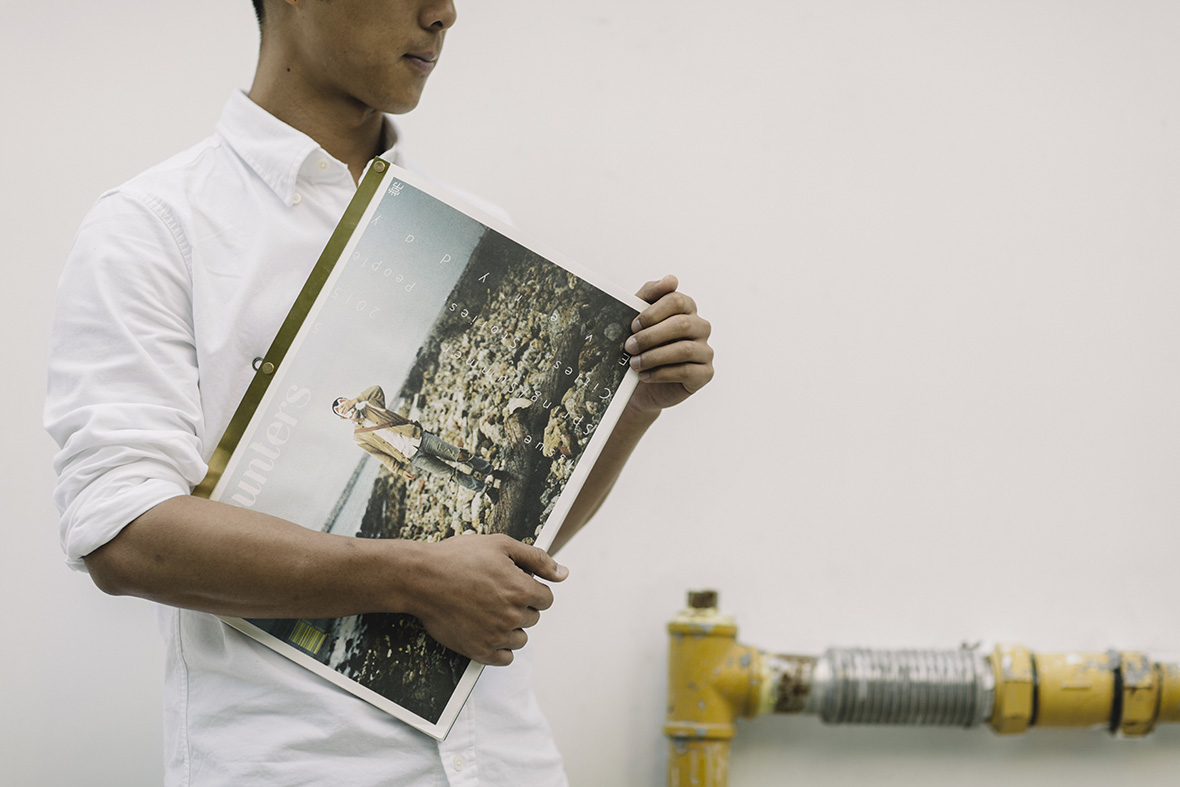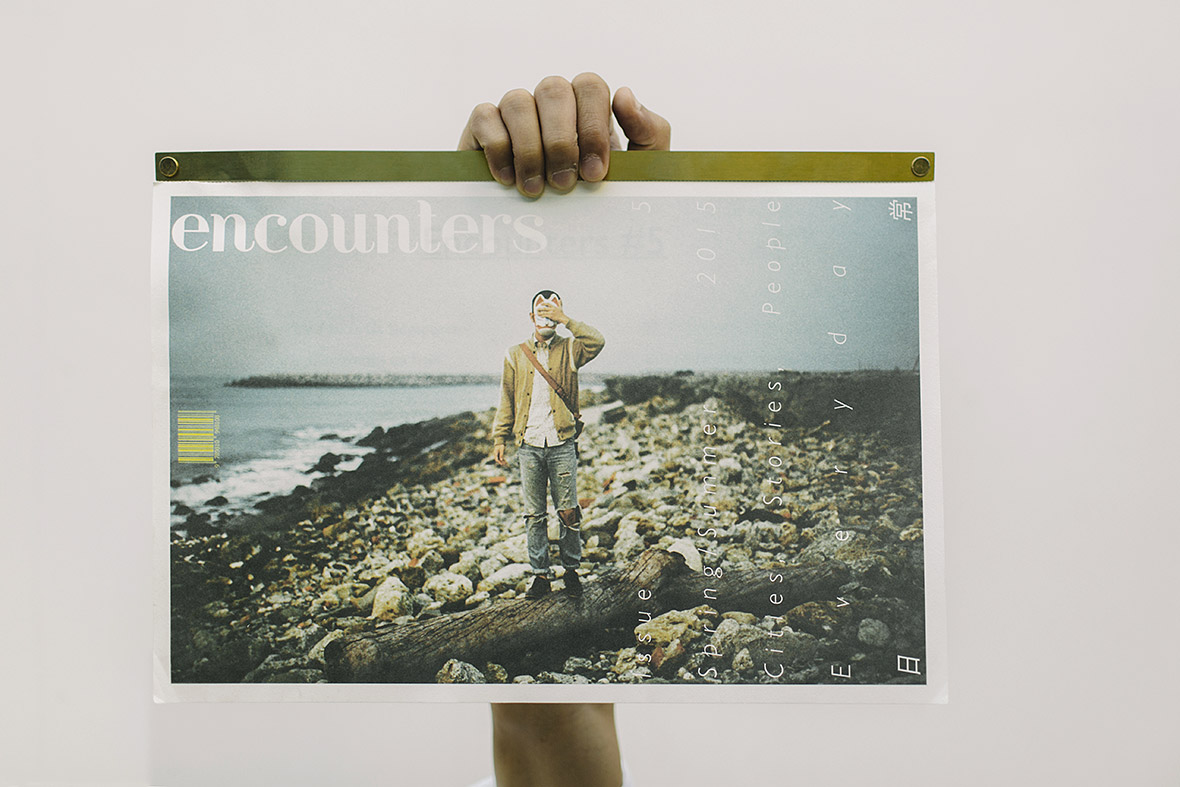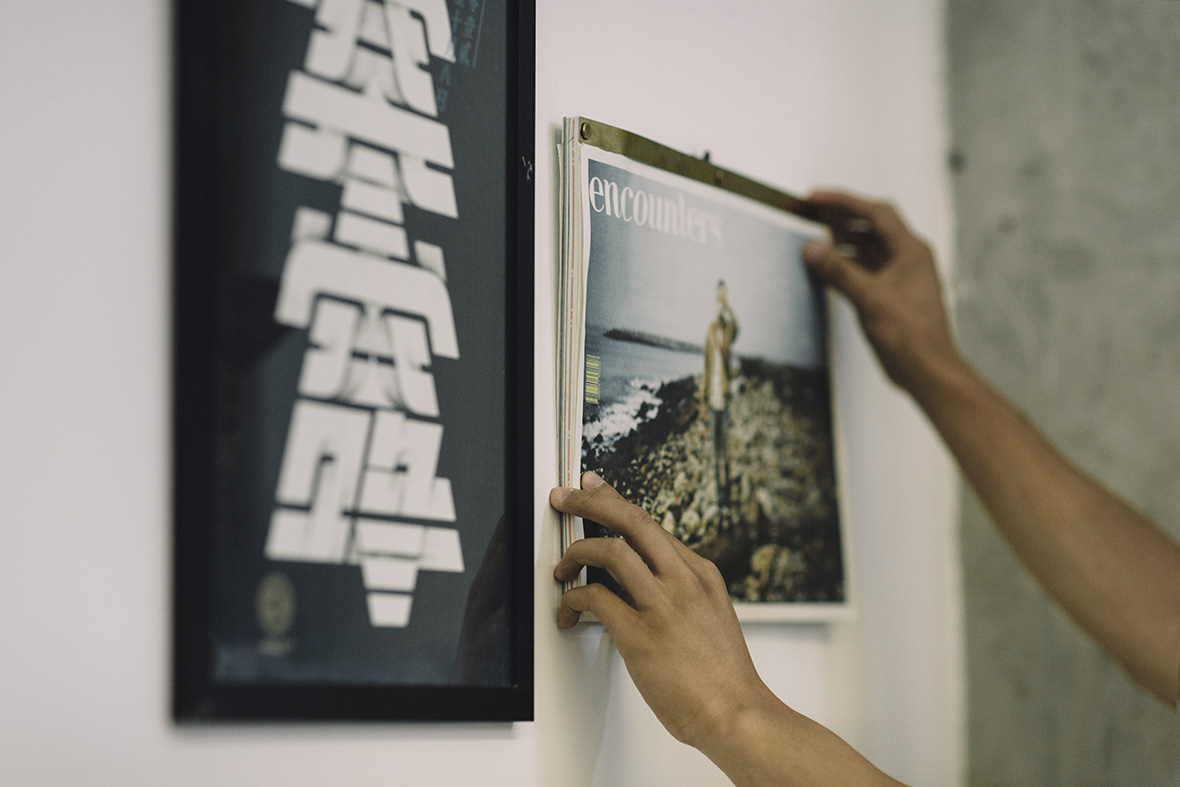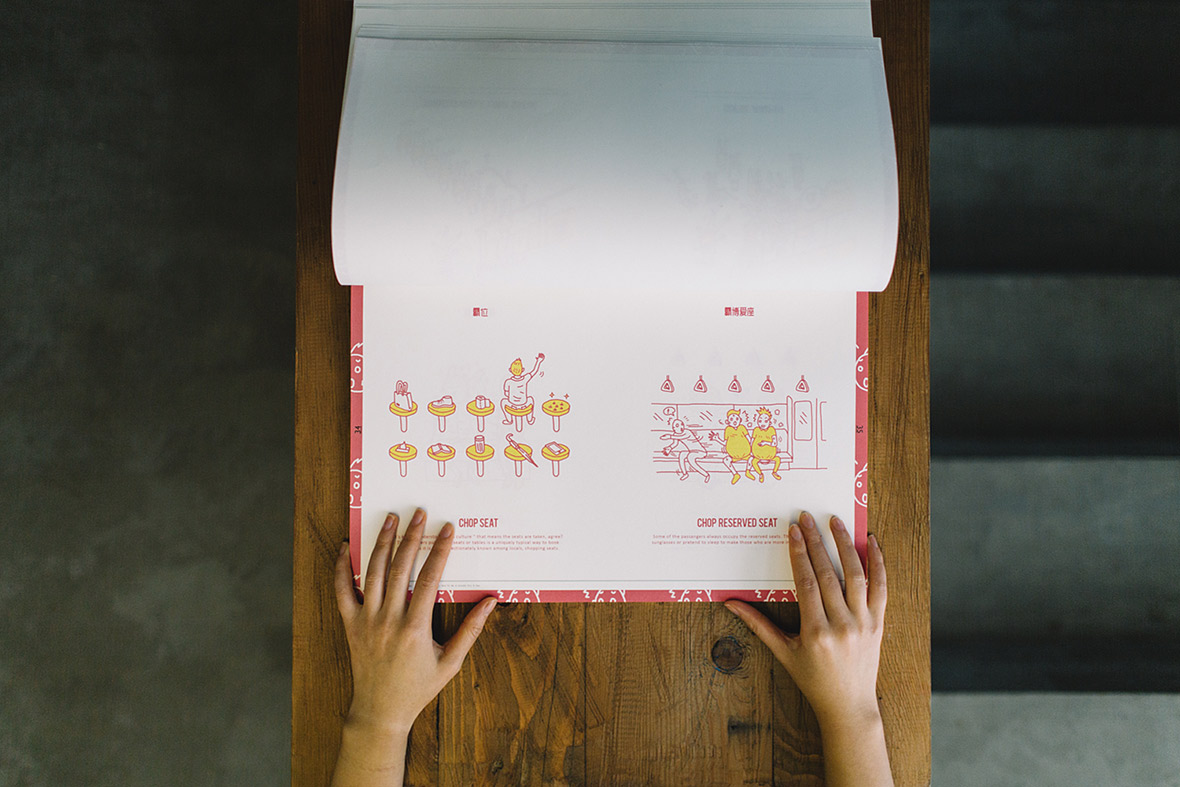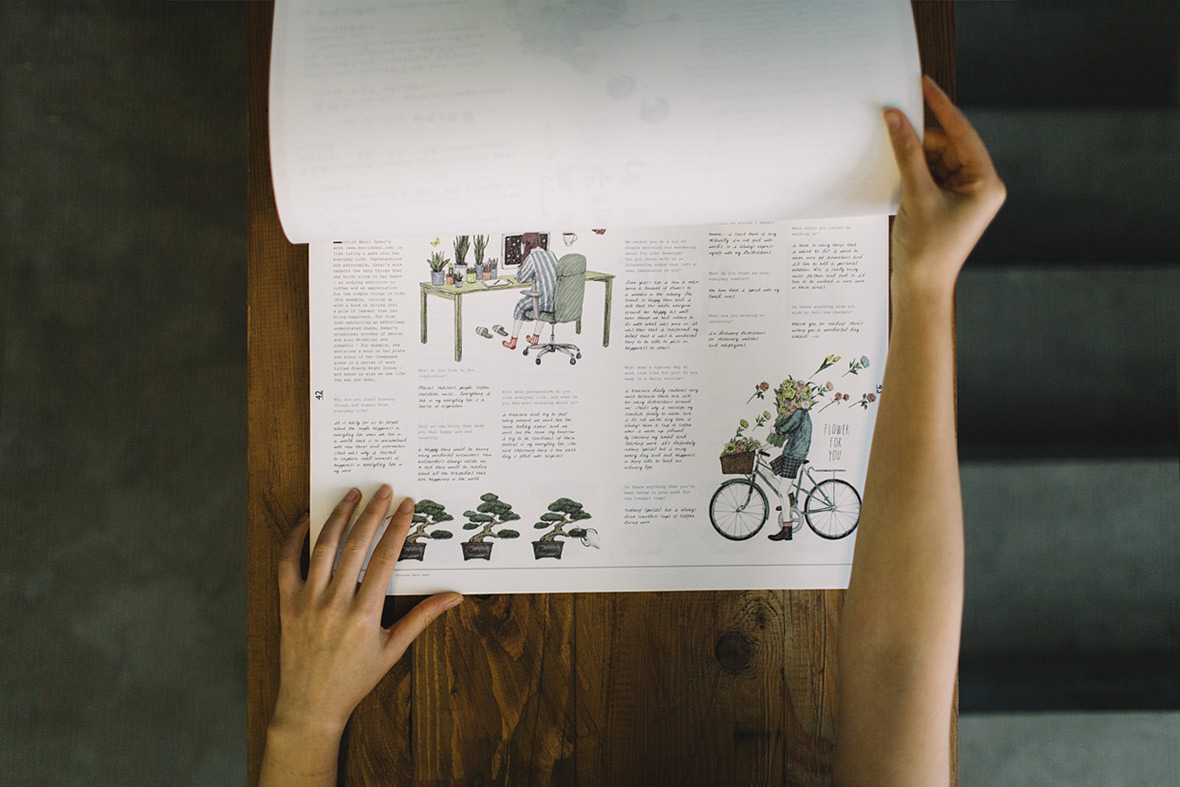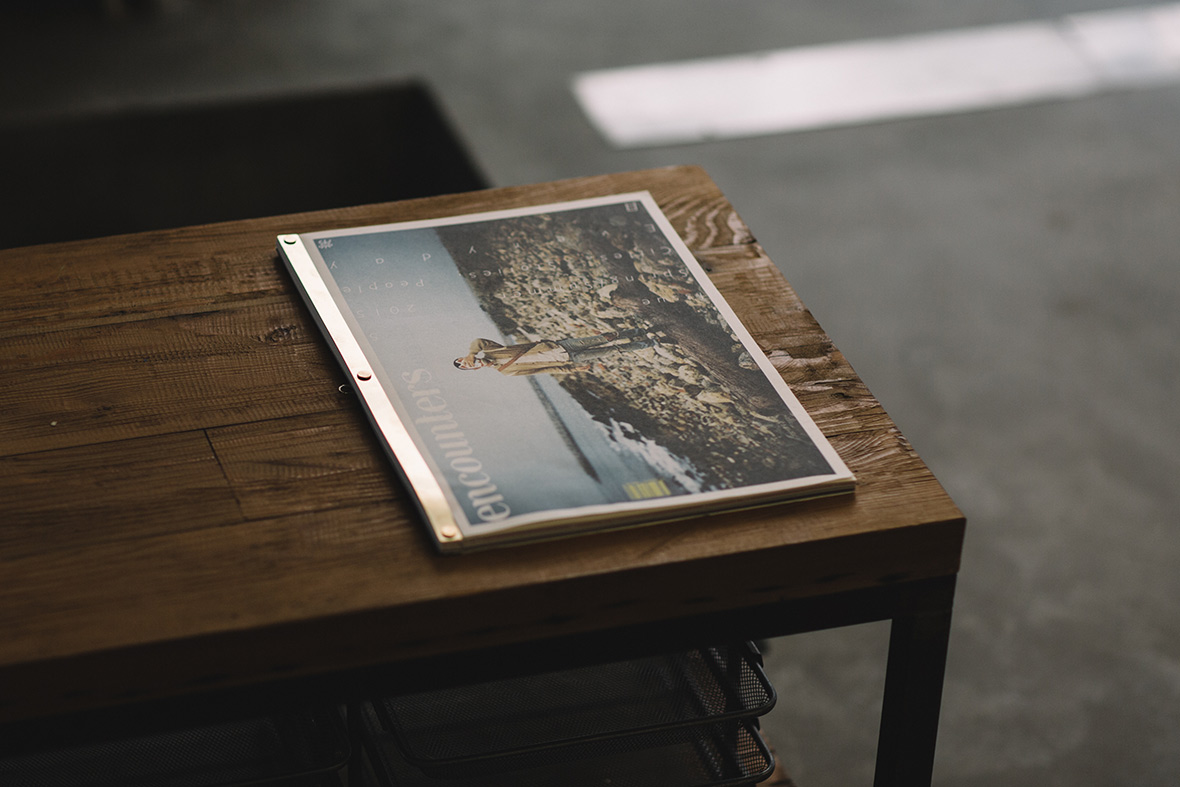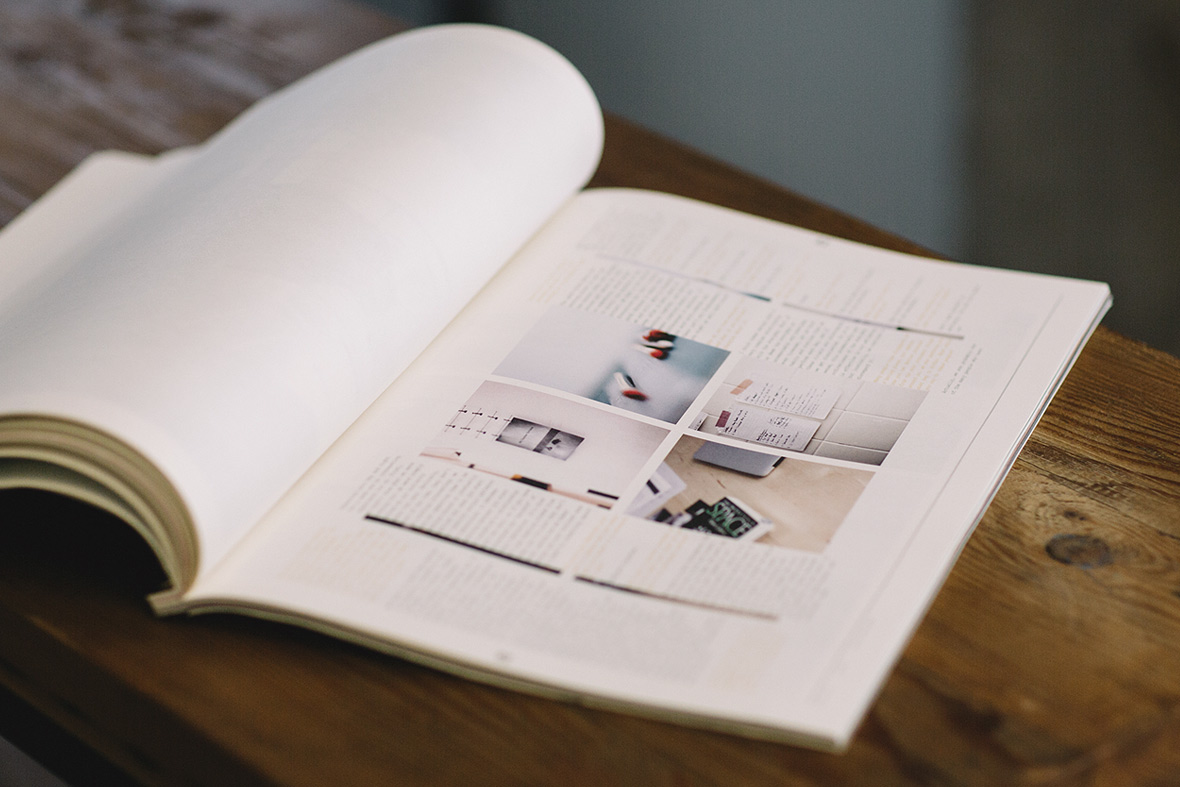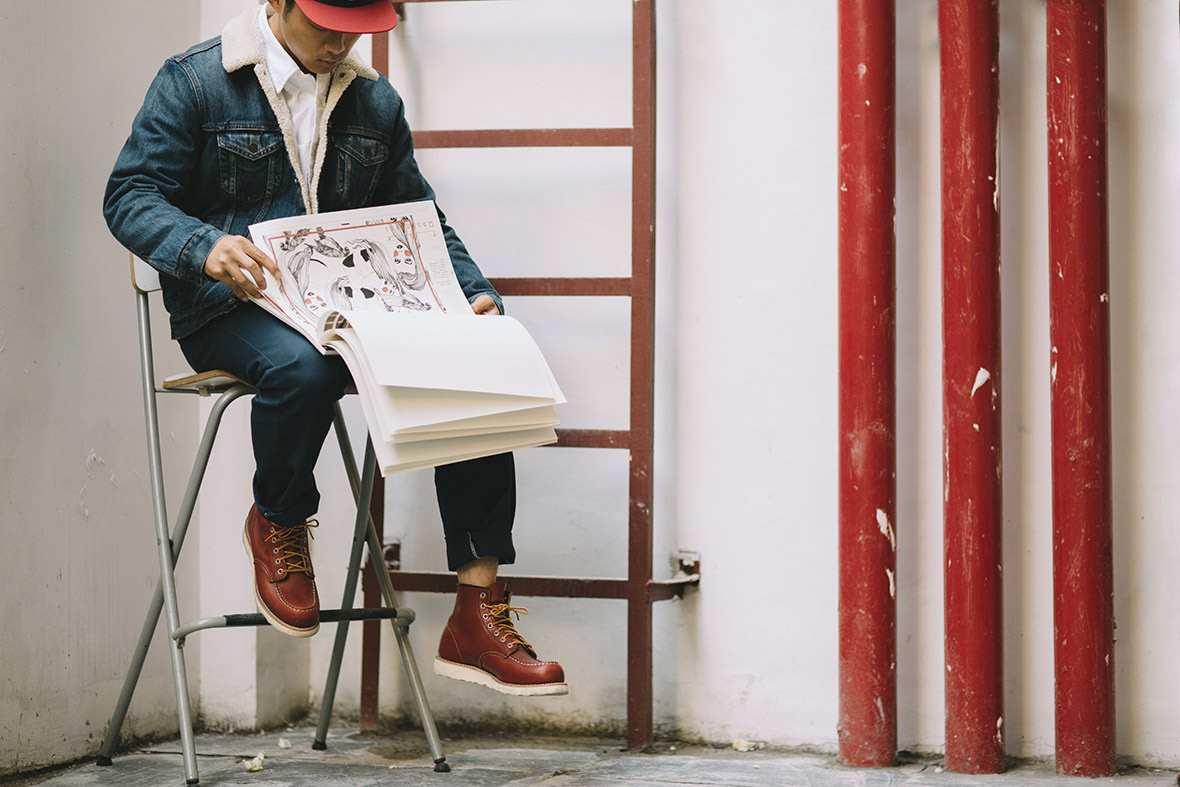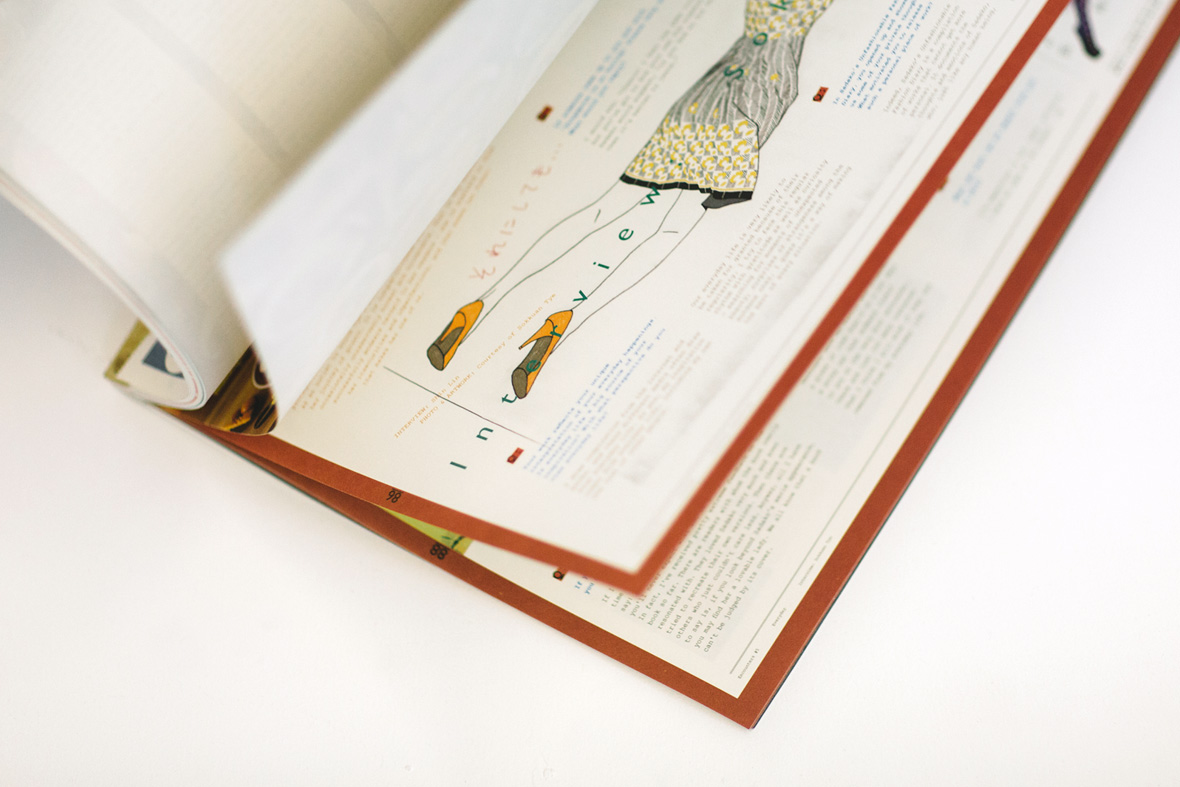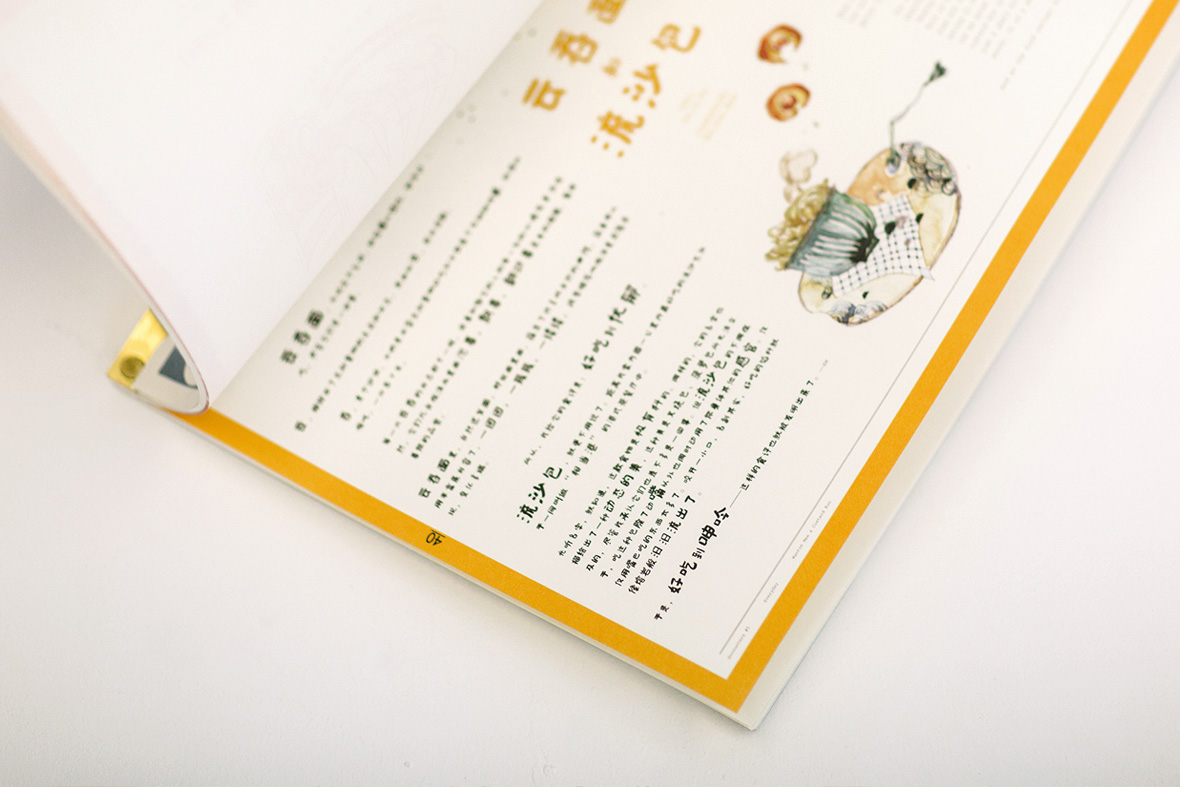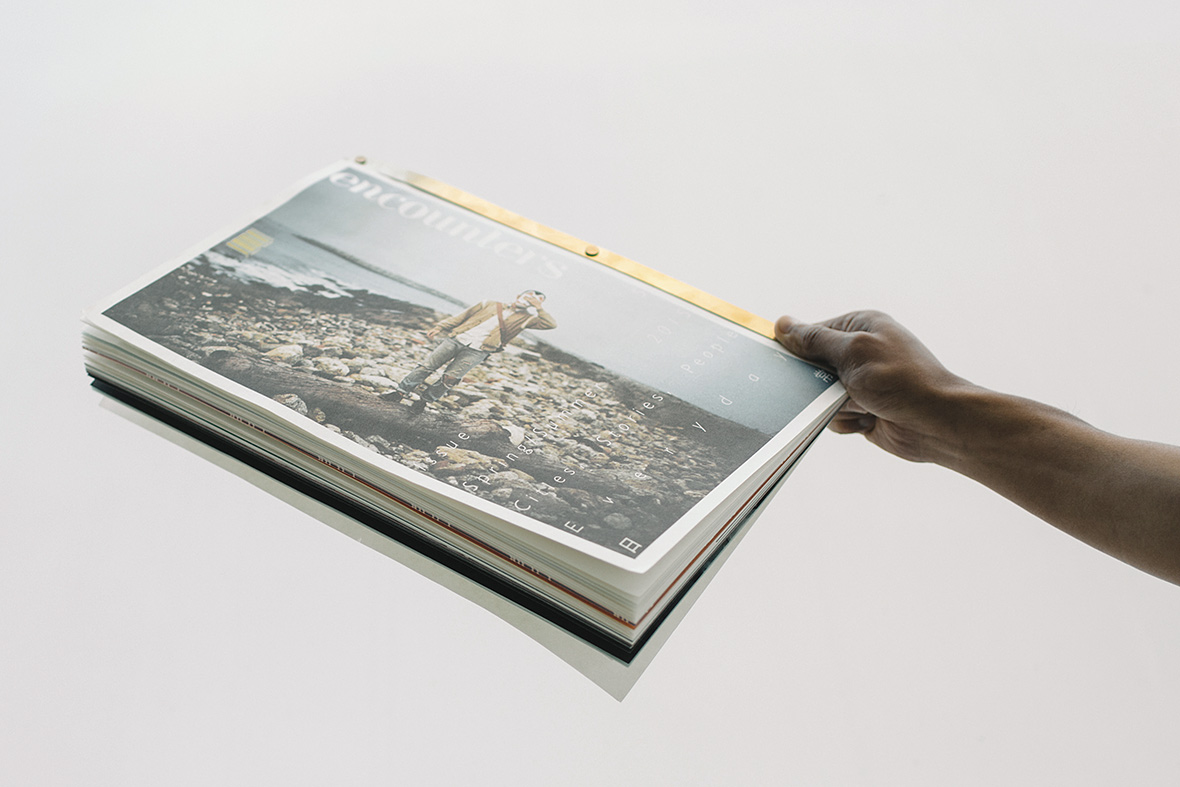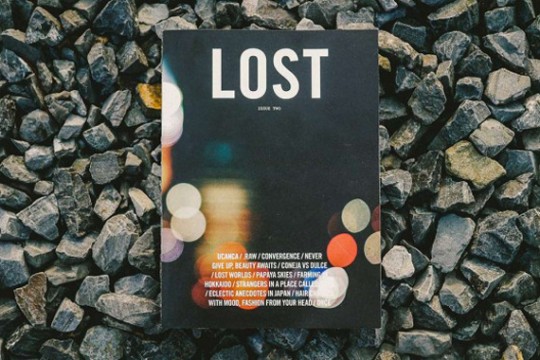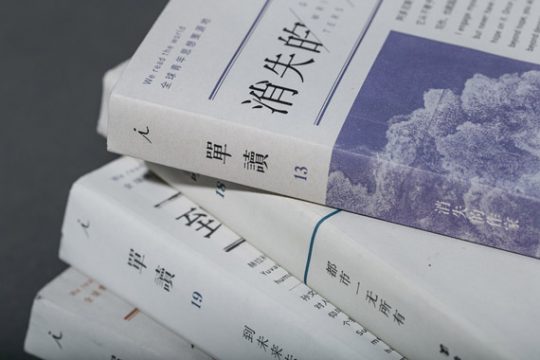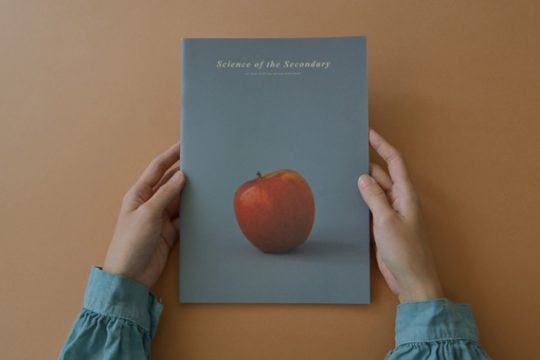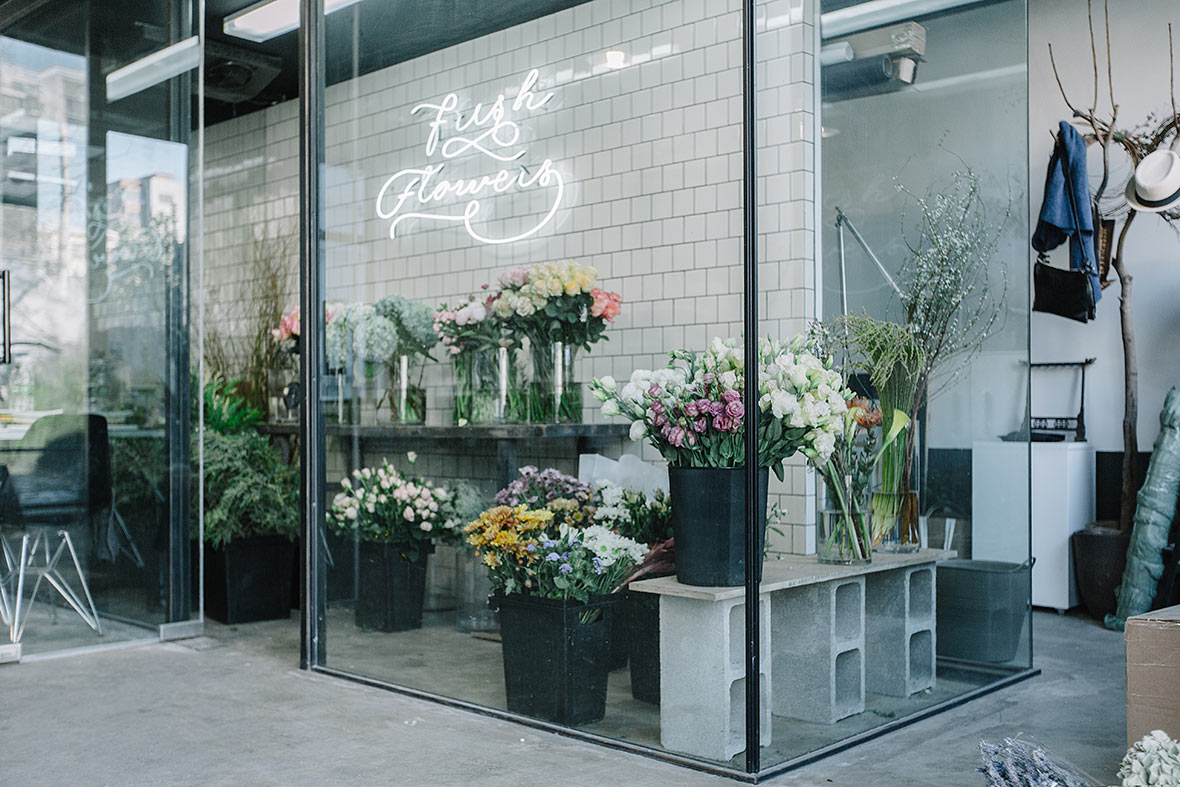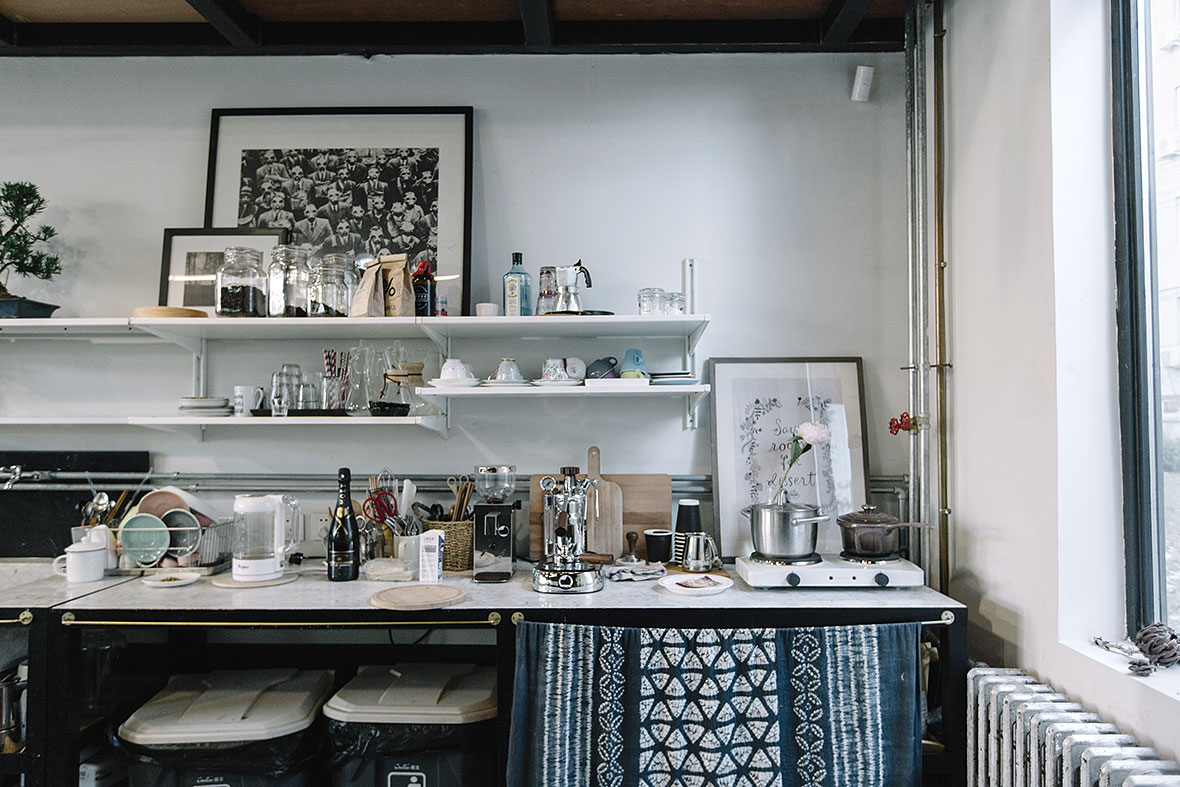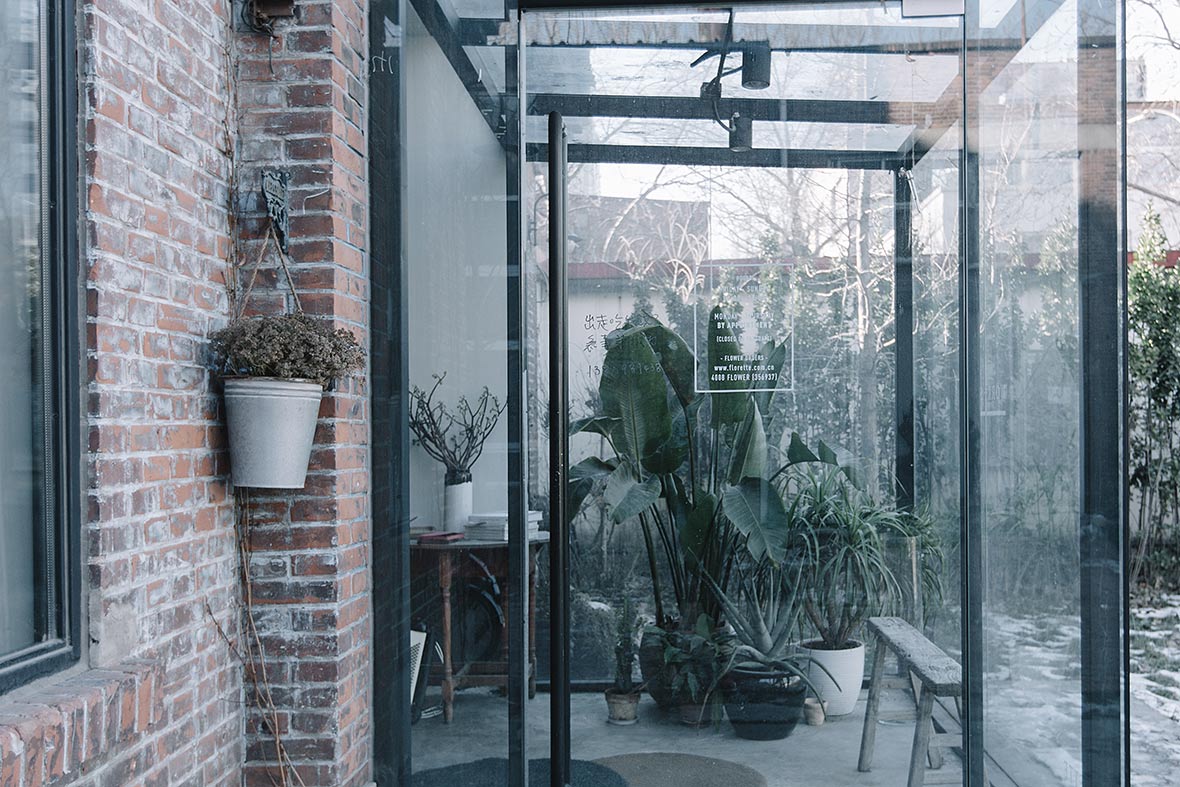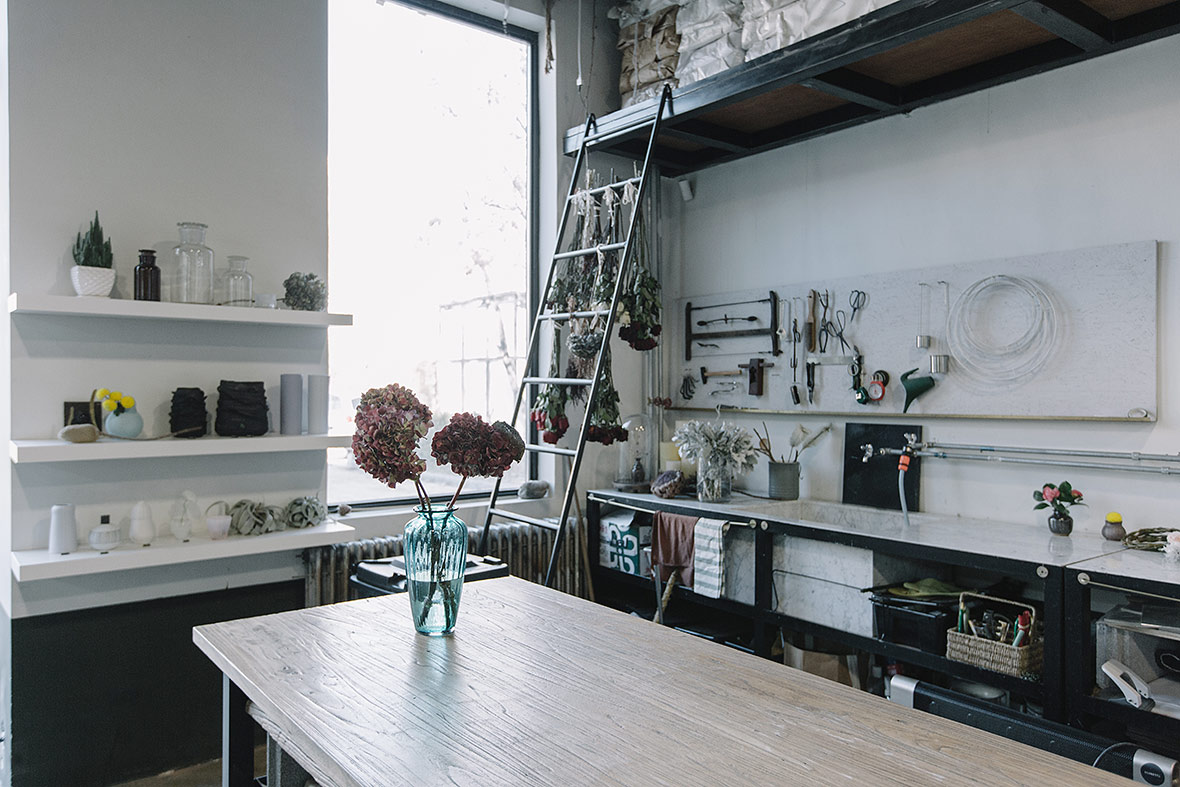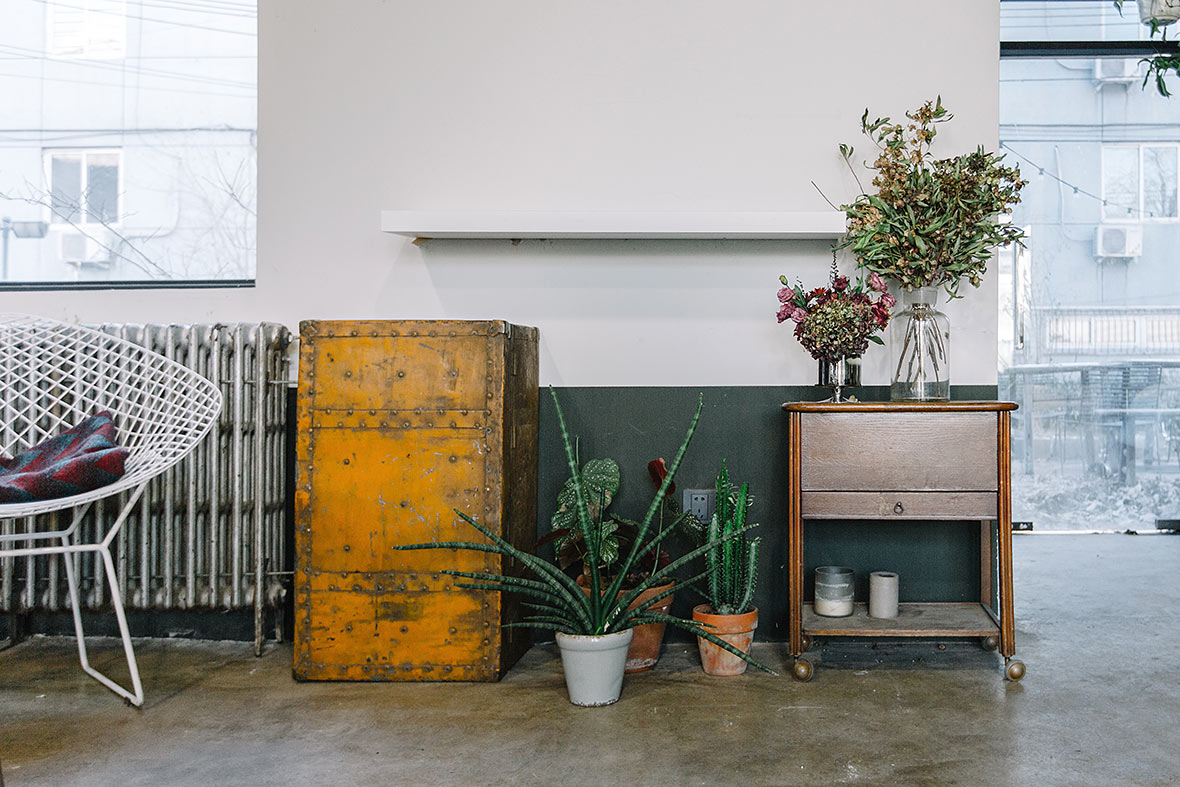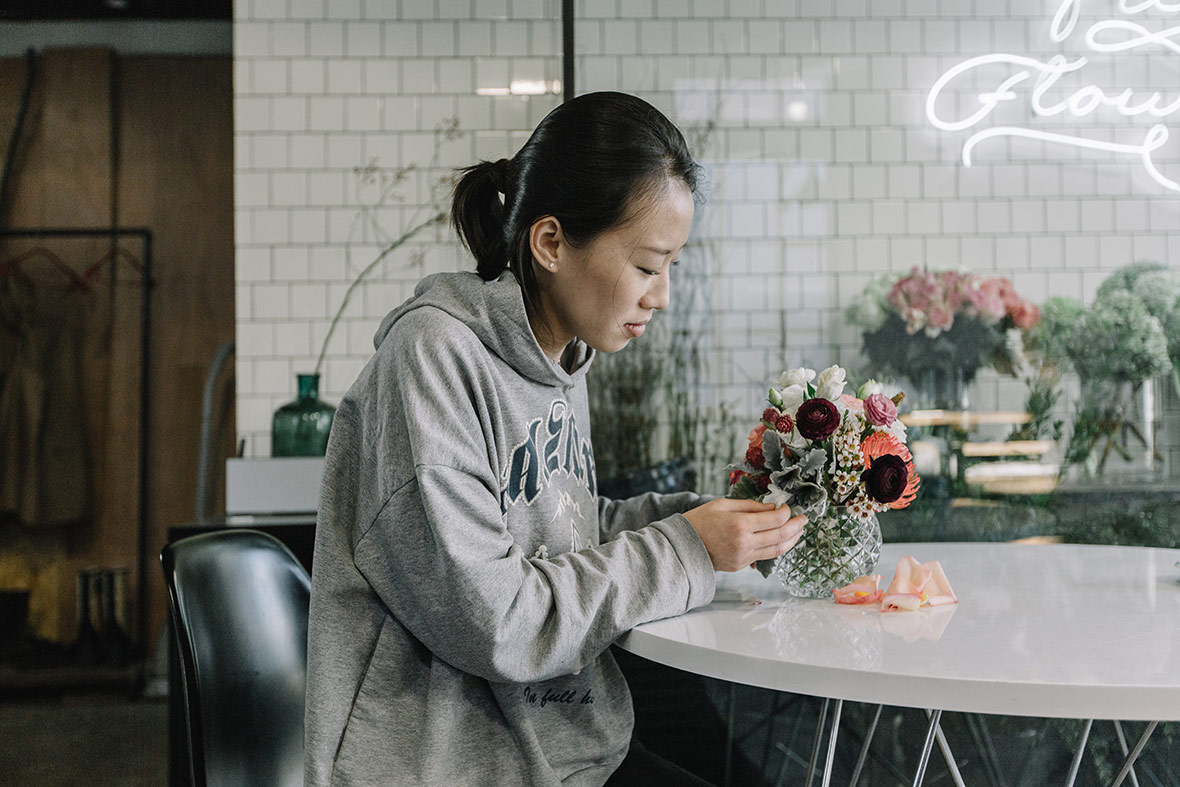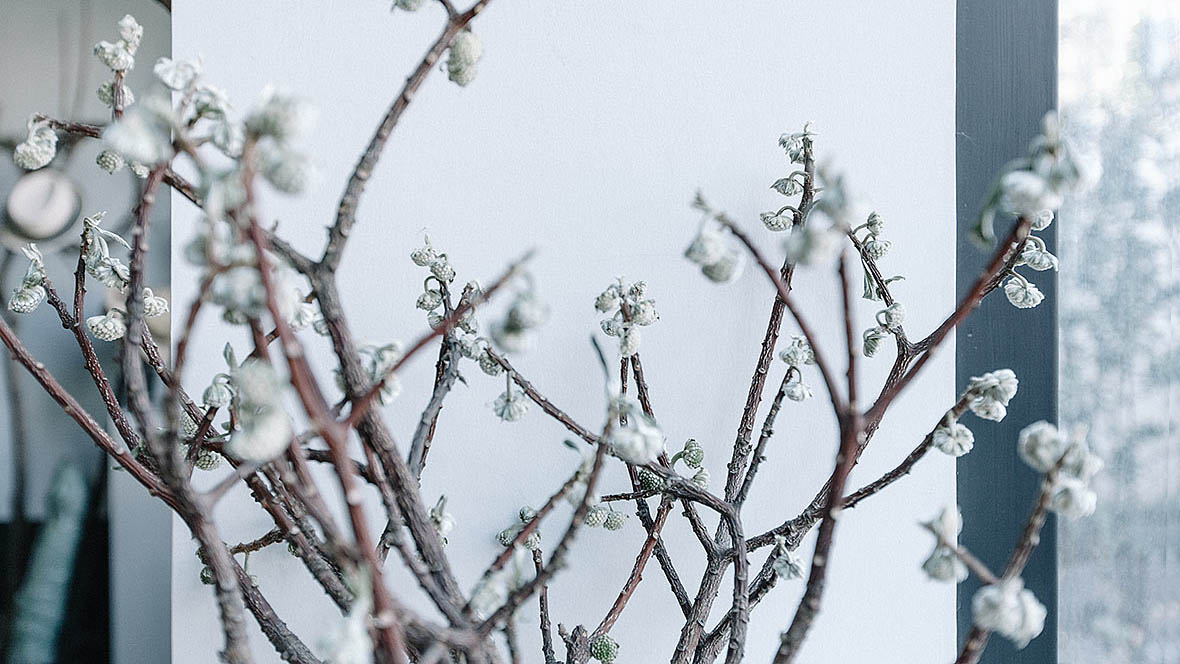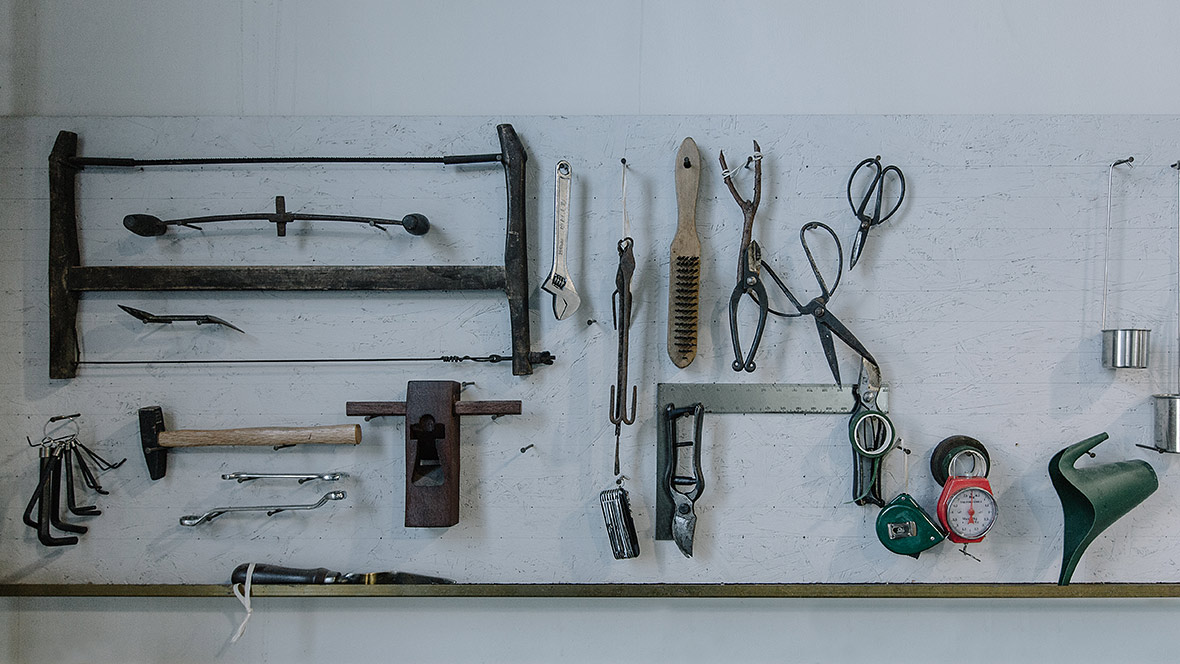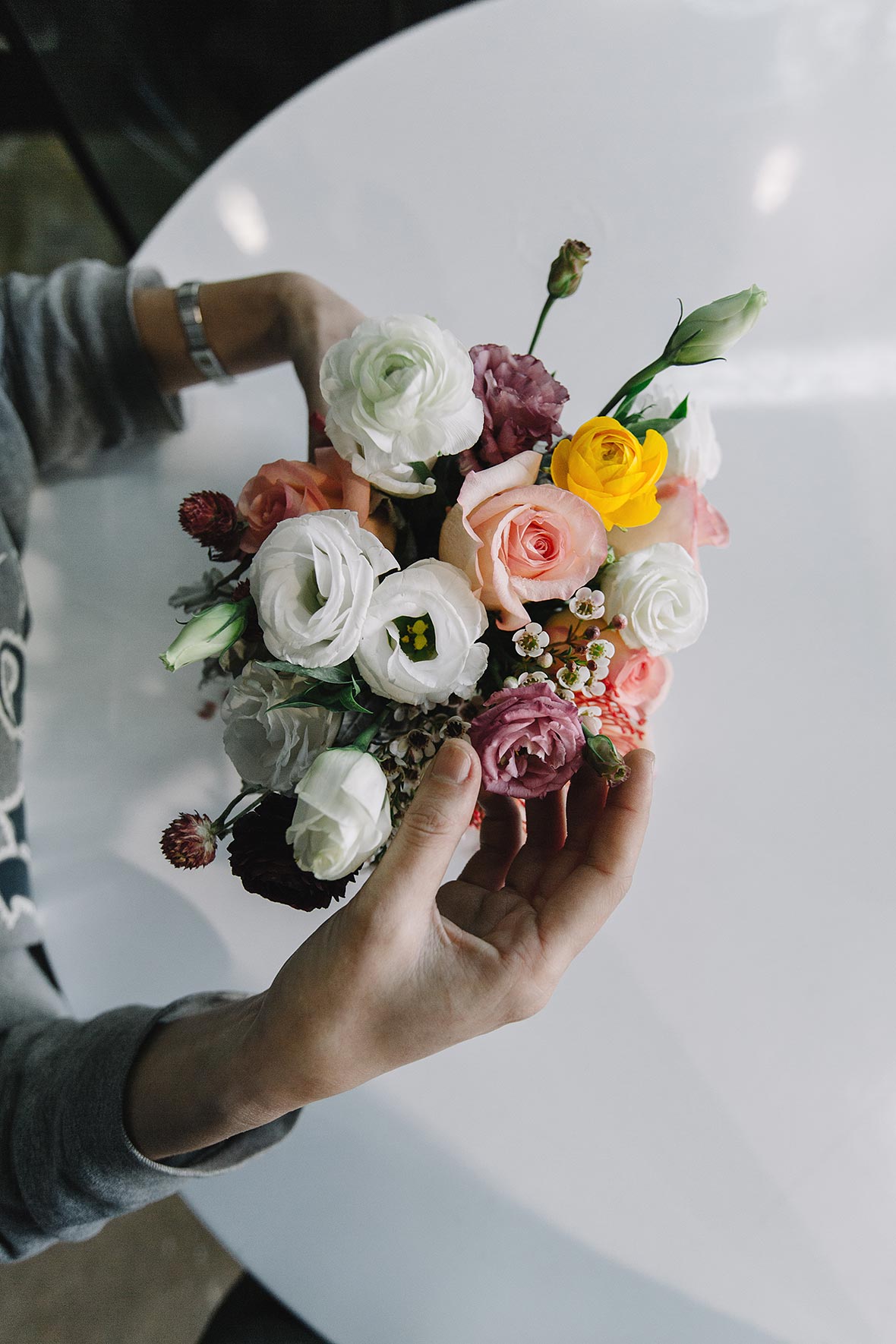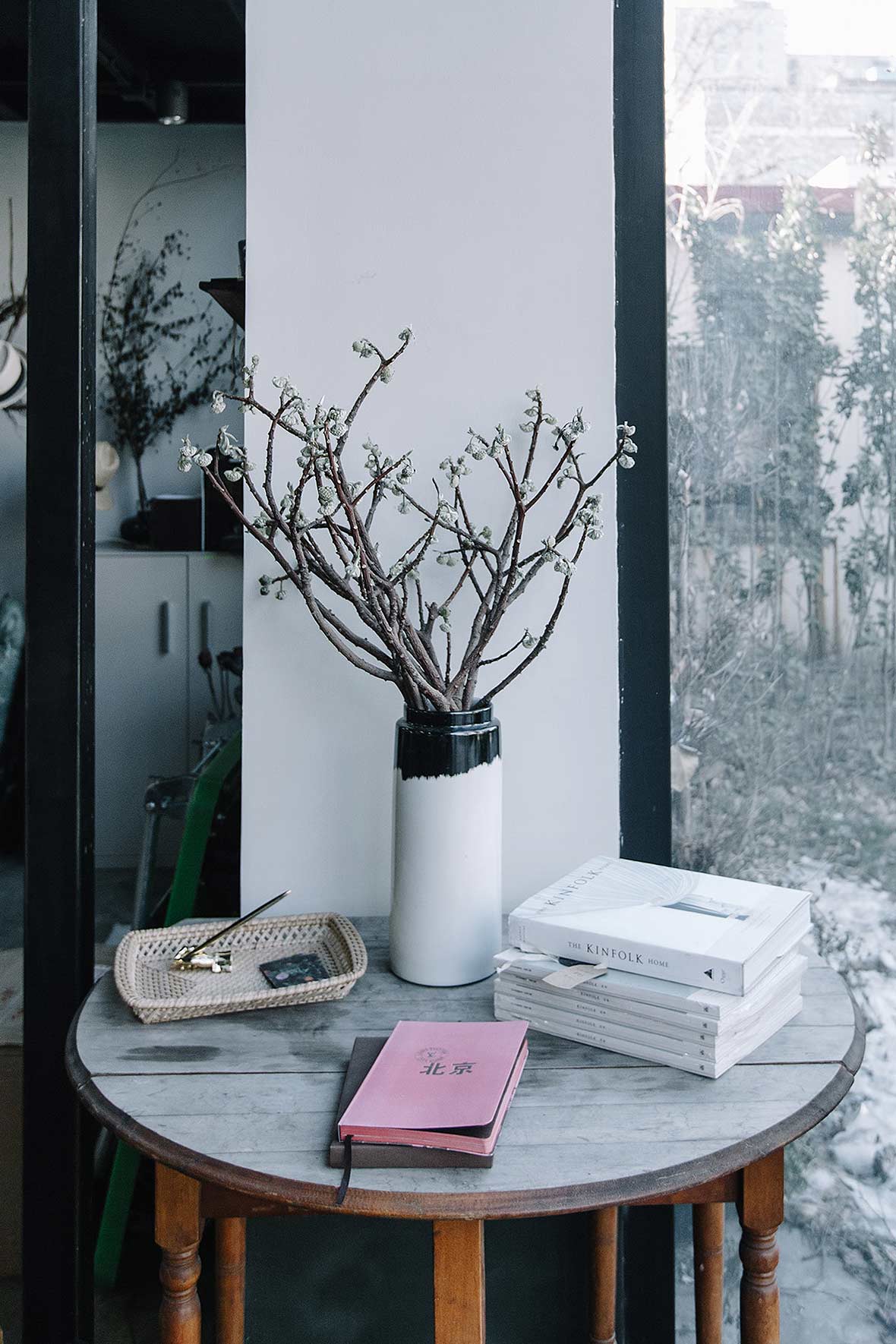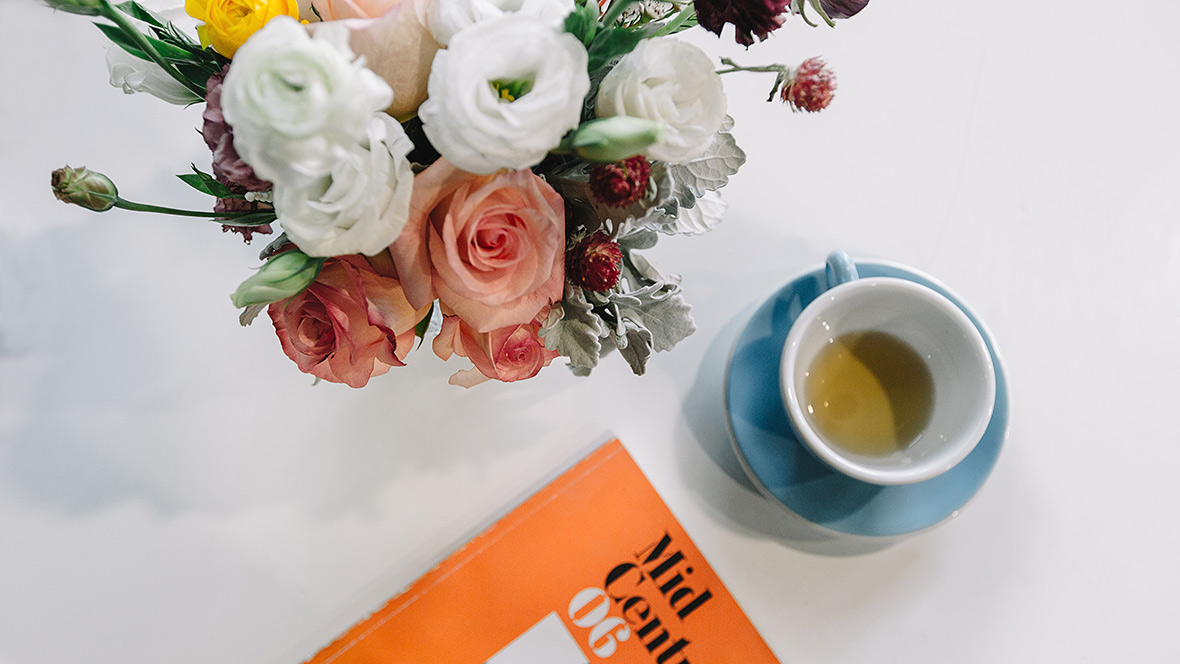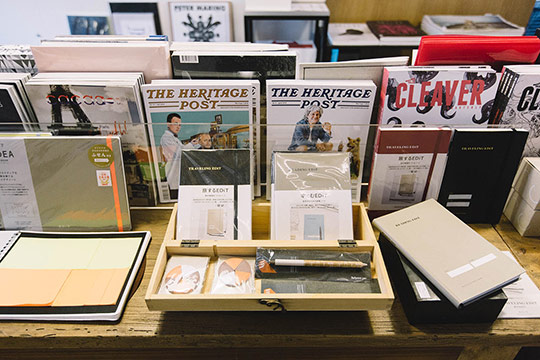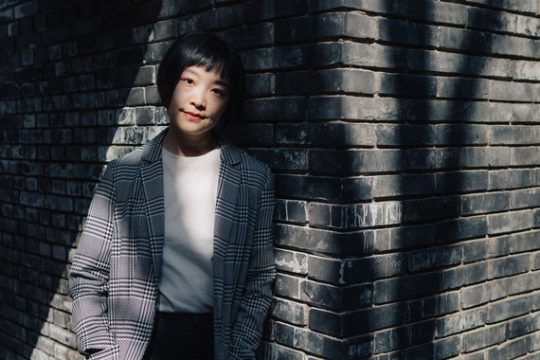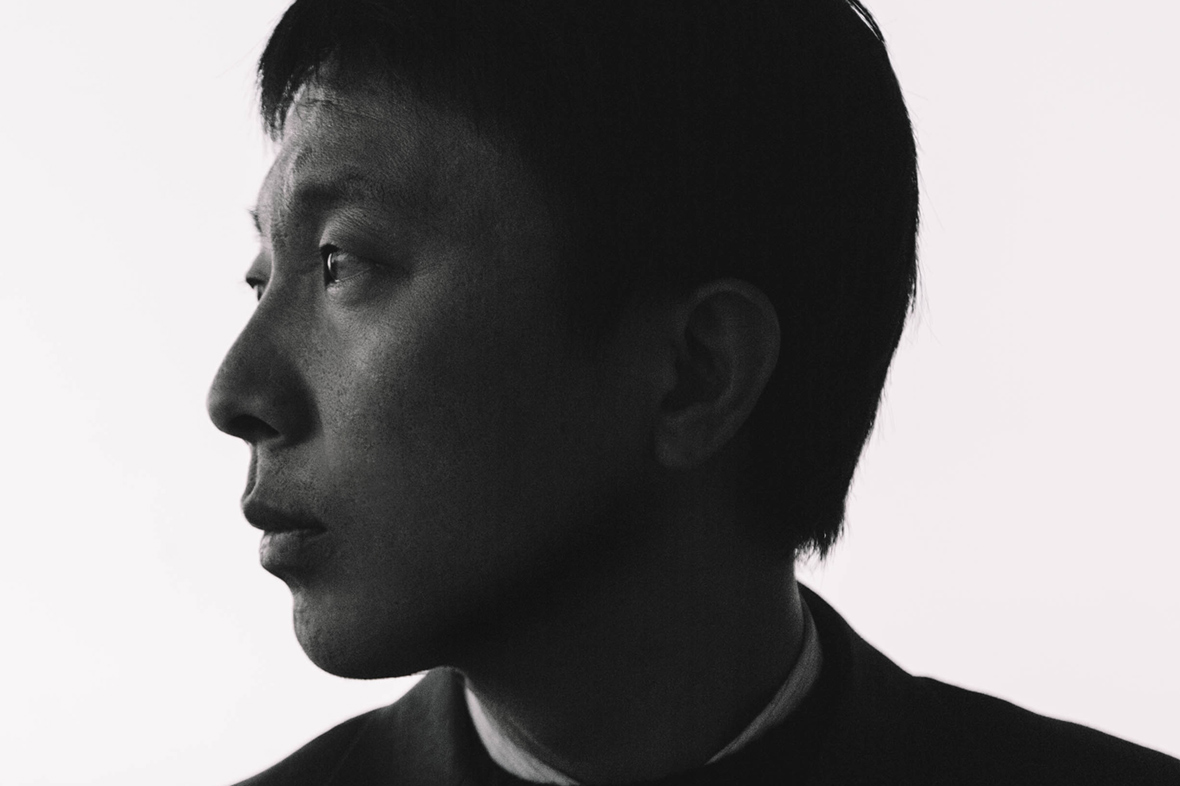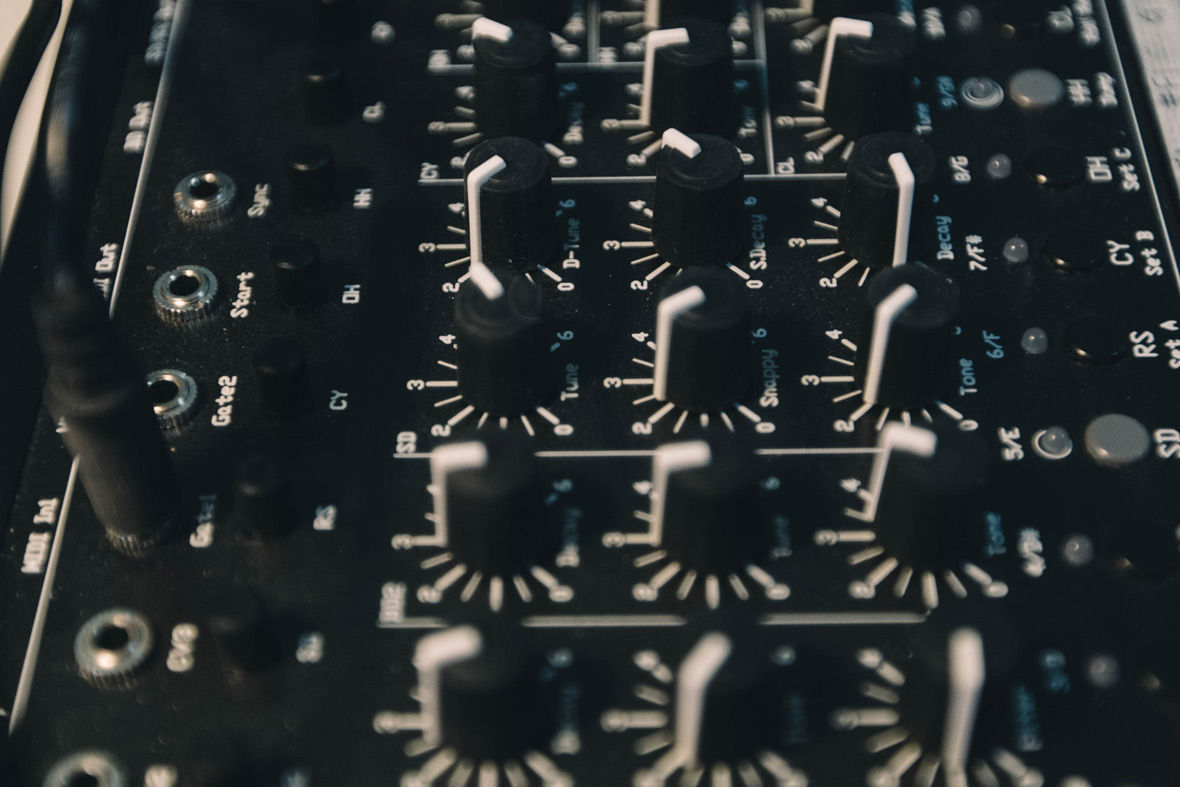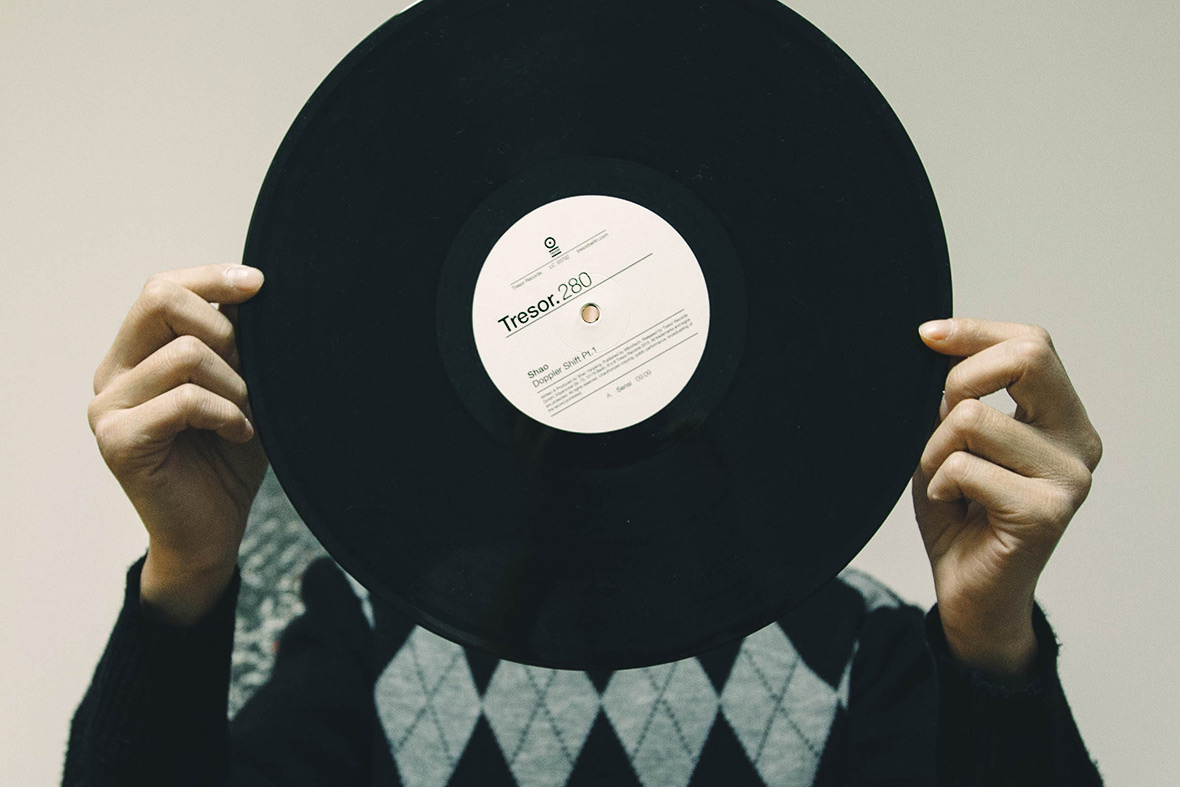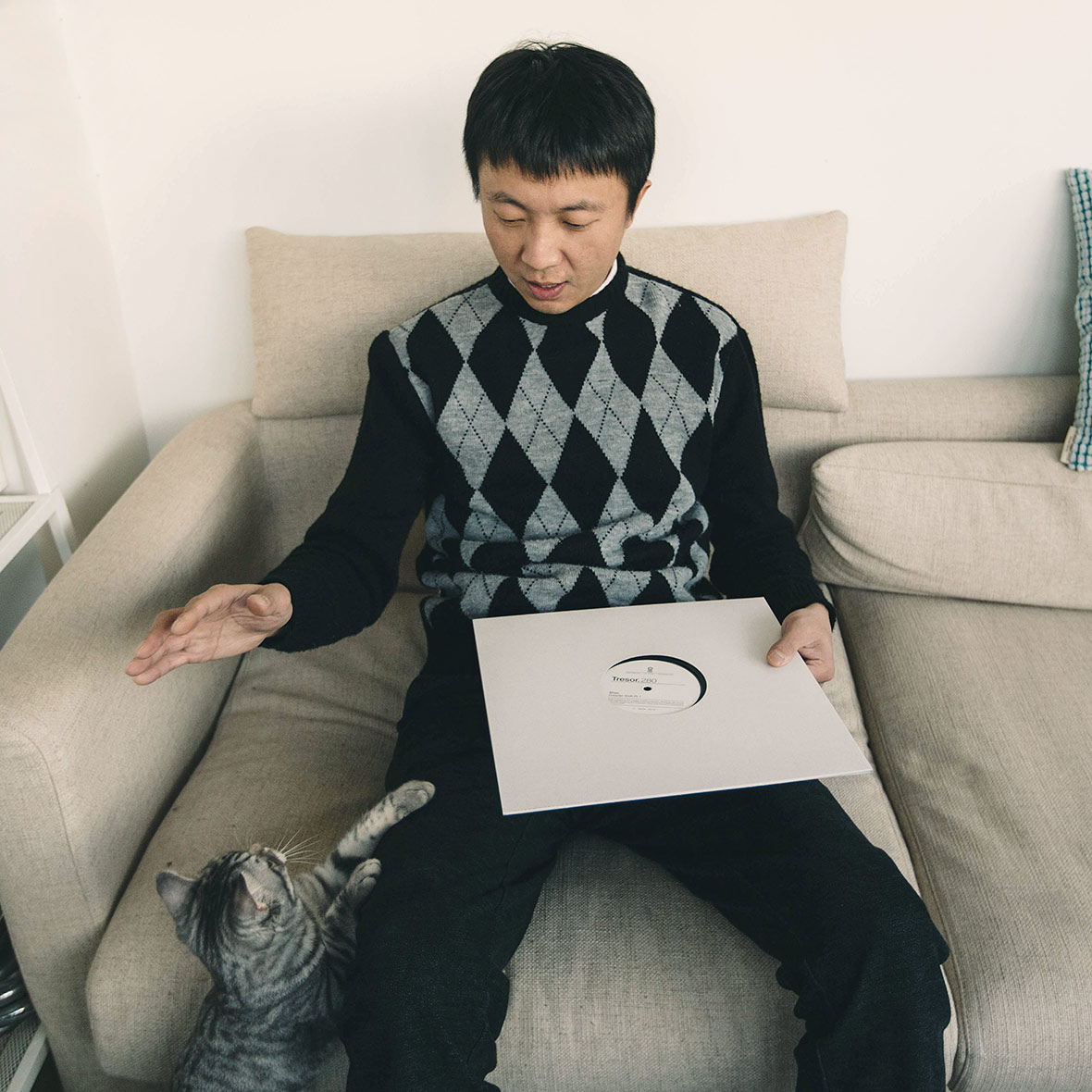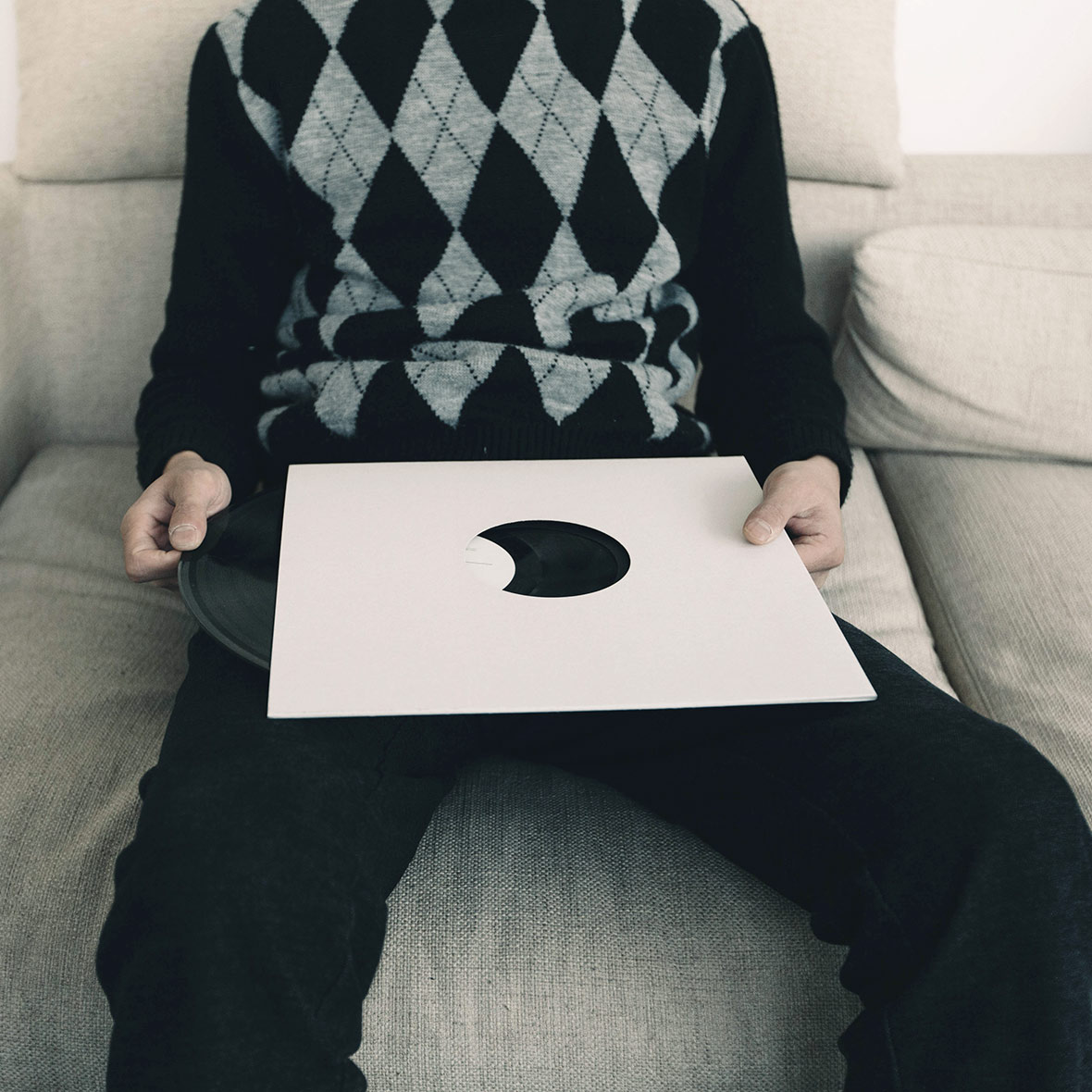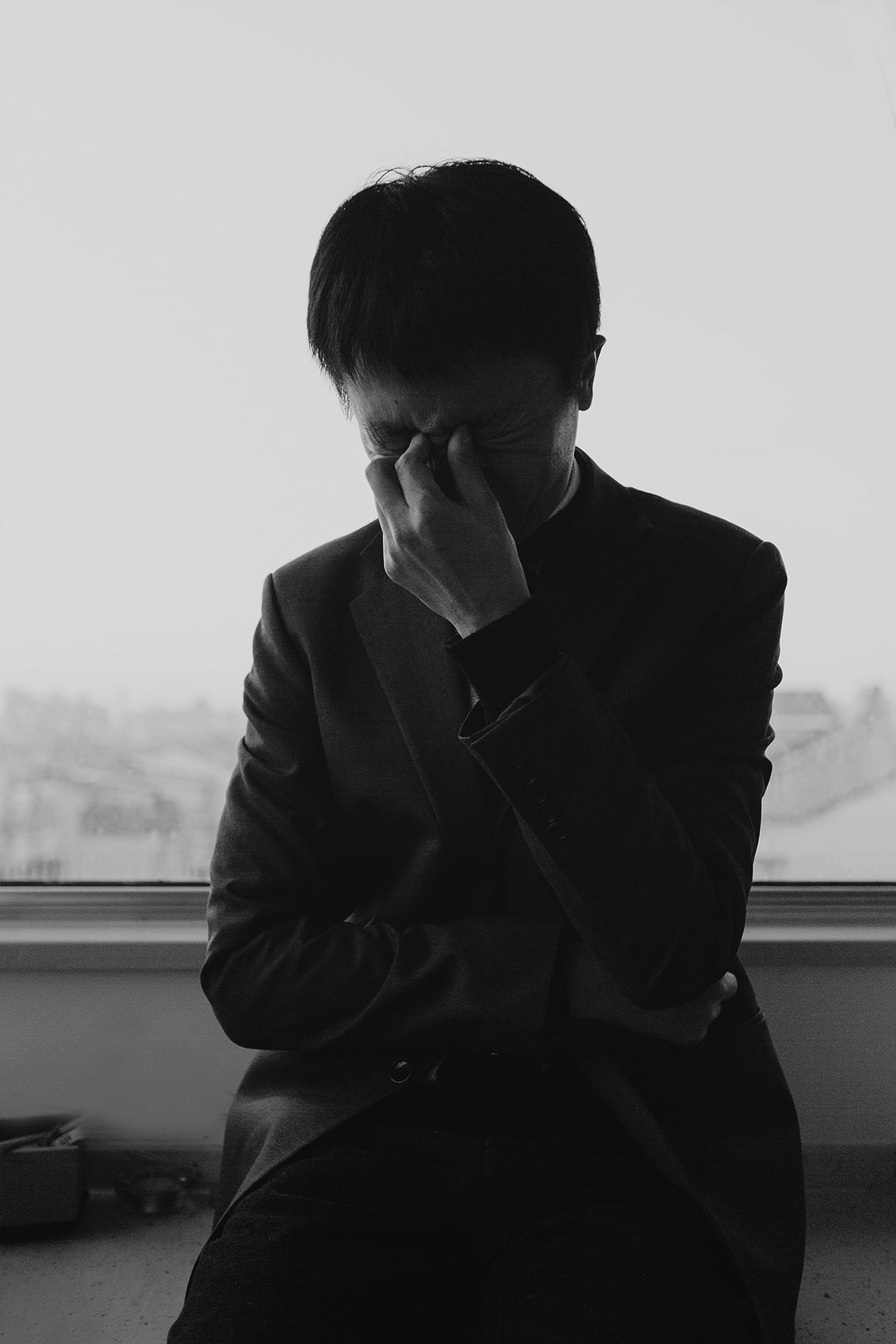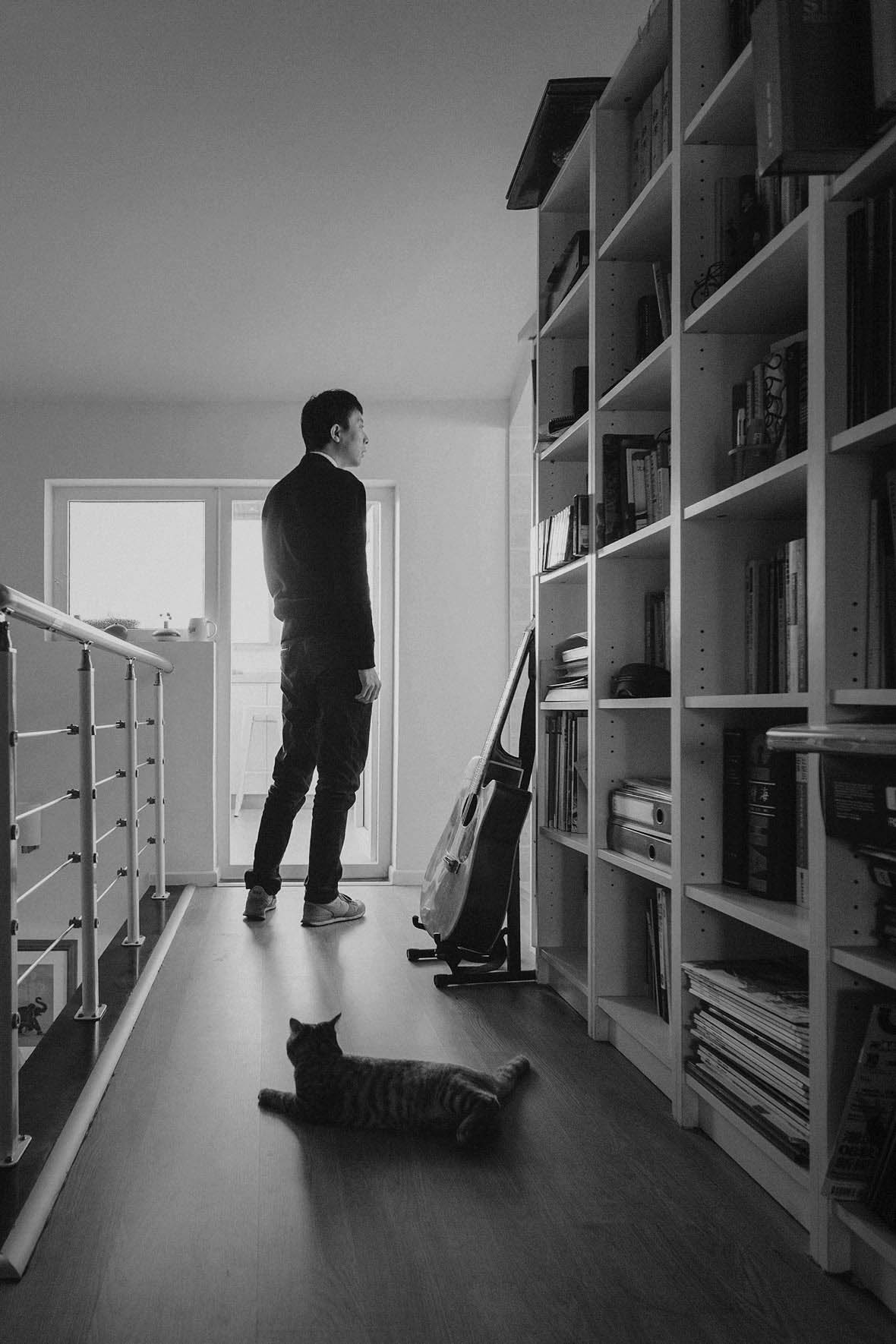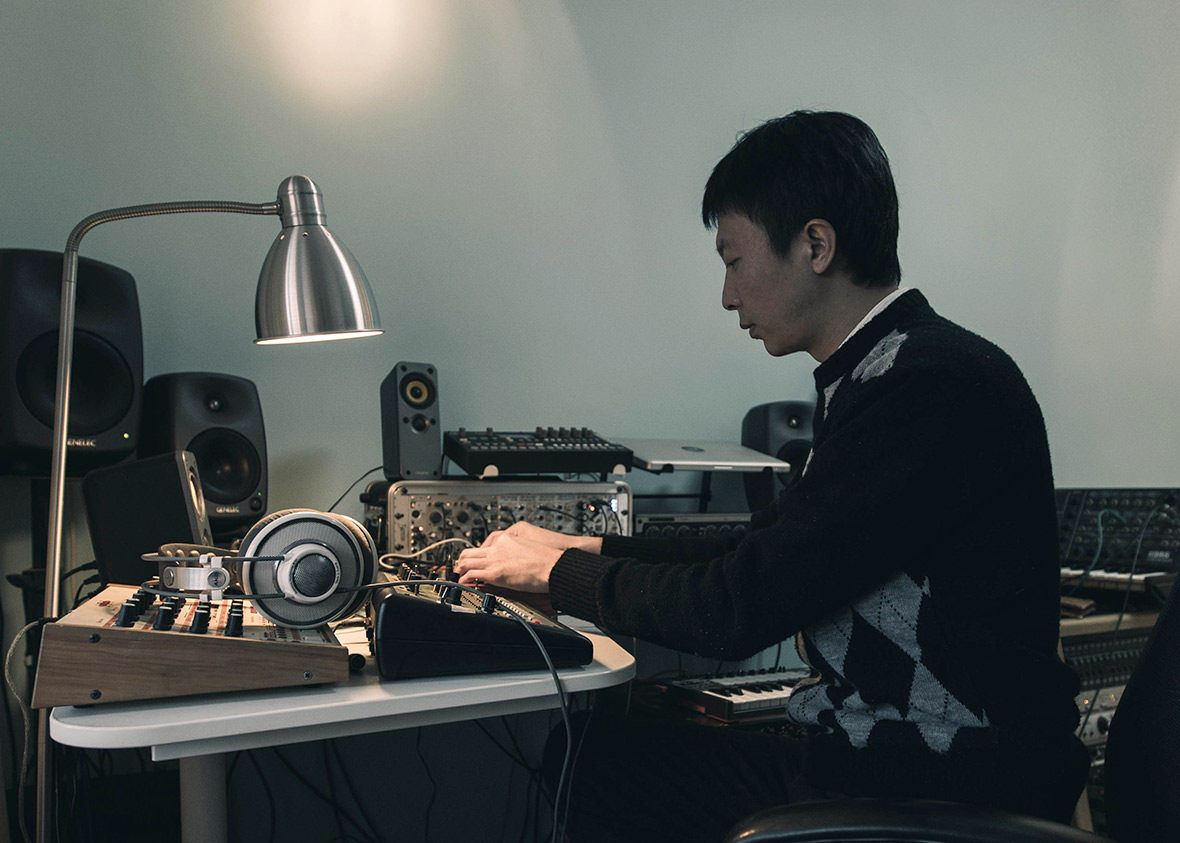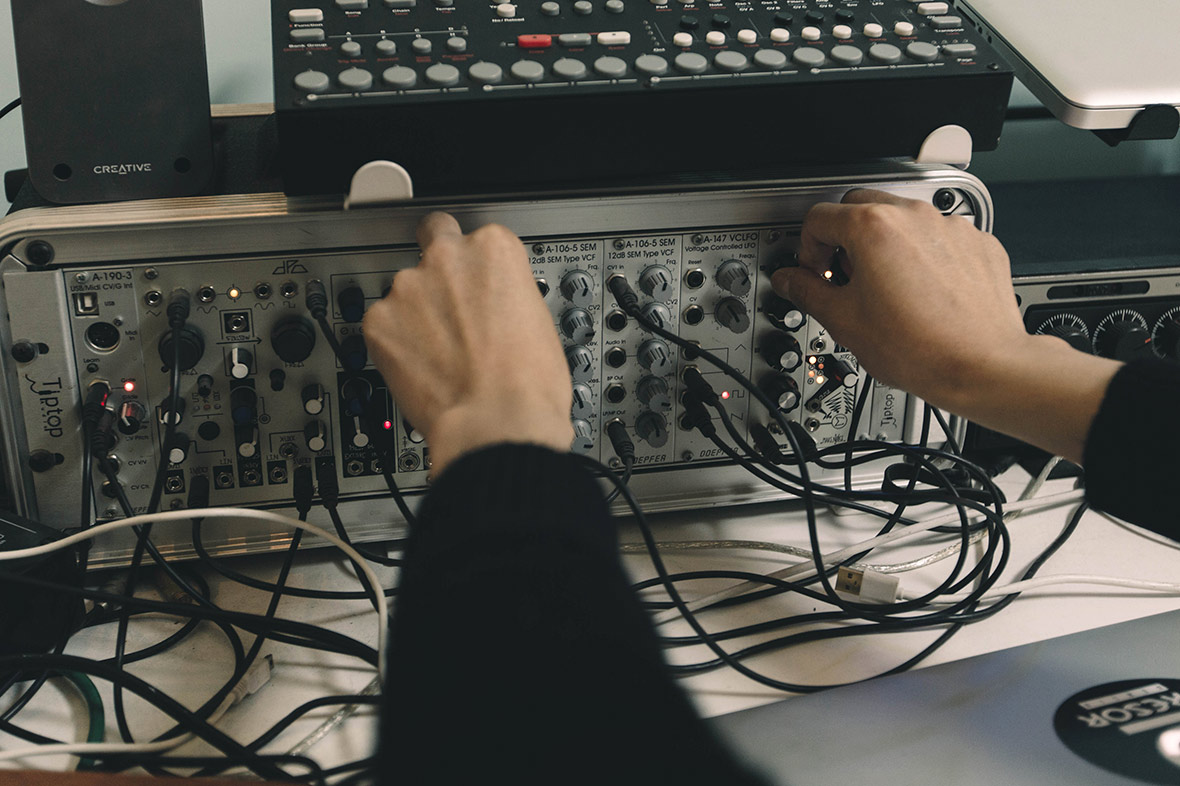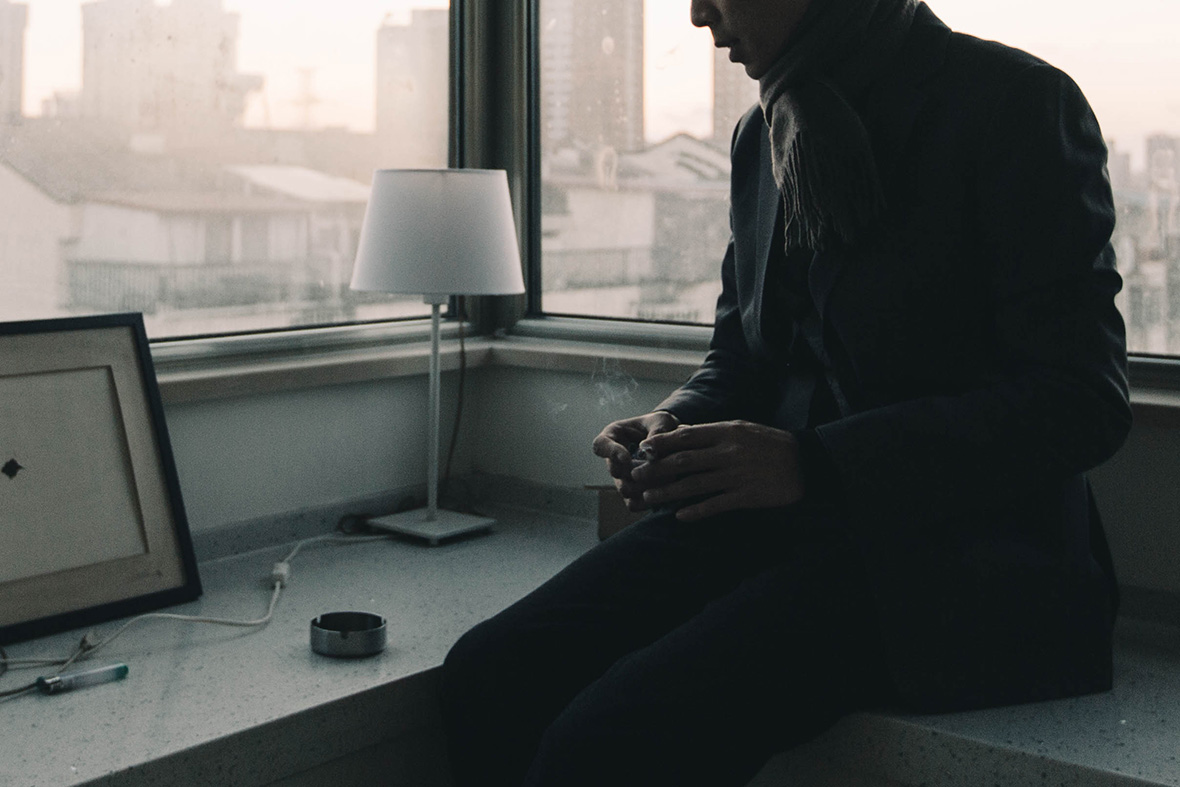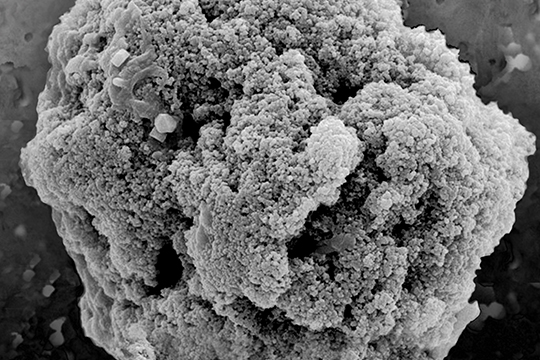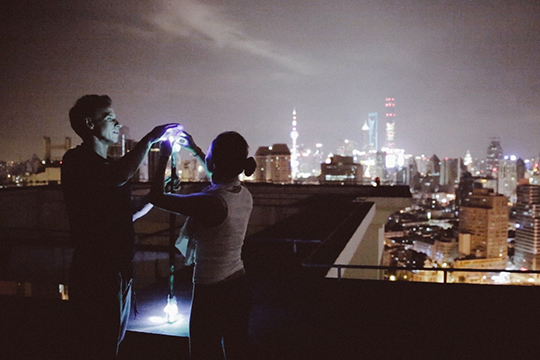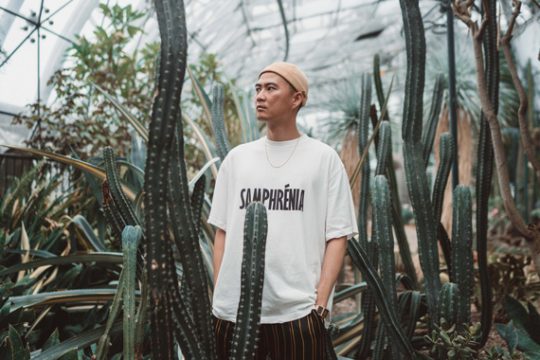无法观看?前往优酷
Ma Haiping (aka MHP) is a Chinese electronic musician and producer currently signed to D Force Records. Known as the “son of Shanghai techno,” MHP believes that the possibilities are endless when it comes to electronic music. In 2012, MHP released The Chinese Connection on vinyl through the Detroit label Cratesavers International, making him the first ever Chinese electronic musician to have work released in Detroit, a city that many consider to be the birthplace of techno. Before all this, in the early days of MHP’s 12 year-long musical journey, he first experimented with rock and roll, then dabbled with avant-garde music, and finally honed in on electronic music. In recent years, MHP’s focus has completely shifted to house and techno music. He says that what drew him to producing music in the first place was the sense of joy that he has always felt in music, and the vast amount of creative freedom he’s able to exercise.
在大福唱片上海电子音乐人MHP (马海平) 的眼中,电子音乐具有着无限的可能性。享有“上海techno之子”美誉的他,曾在2012年通过底特律厂牌Cratesavers International发行了自己的黑胶唱片《四方来朝》,使他成为第一个在Techno音乐发源地发行唱片的中国电子音乐人。在十几年的音乐生涯中,从最初的实验摇滚到前卫音乐、实验电子,再到近几年的电子舞曲house、techno等,MHP在创作上涉猎诸多。对他来说,引导他音乐创作的,是音乐自身的趣味性和探索空间。
In April of 2016, MHP released his first full-length debut album Folding Traces. This was the first time he has ever released music through a domestic record label. Folding Traces is a conceptual album that uses the cityscape of Shanghai as the foundation of the work, and MHP builds on it by channeling cinematic sci-fi vibes throughout the LP. Folding Traces starts off with “Entrance to My Emotions” – a sleek track filled with jazz trumpet sounds. But in the subsequent tracks, MHP quickly whisks listeners away into a meticulously crafted, complex, and futuristic soundscape. The album concludes with “Melbourne Sunlight”; a collaborative track with folk musician Wang Meng that gently eases listeners back into reality. Folding Traces is a compilation and auditory reinterpretation of MHP’s past, present, and vision for the future.
2016四月,MHP第一次在国内厂牌下发行了名为《折叠痕迹》的电子概念专辑。这张专辑以上海为背景,科幻为意向,从结合了爵士乐的《情感入口》开始,在几首电子舞曲非常自然地过渡中,音乐家带着听众进入一场未来都市之旅,最后再以一首和民乐演奏家王萌合作的《墨尔本日光》将听众慢慢拉回现实之中。在整张专辑中,MHP以自己的过往、现在和追求构成了他个人作品的独特性。
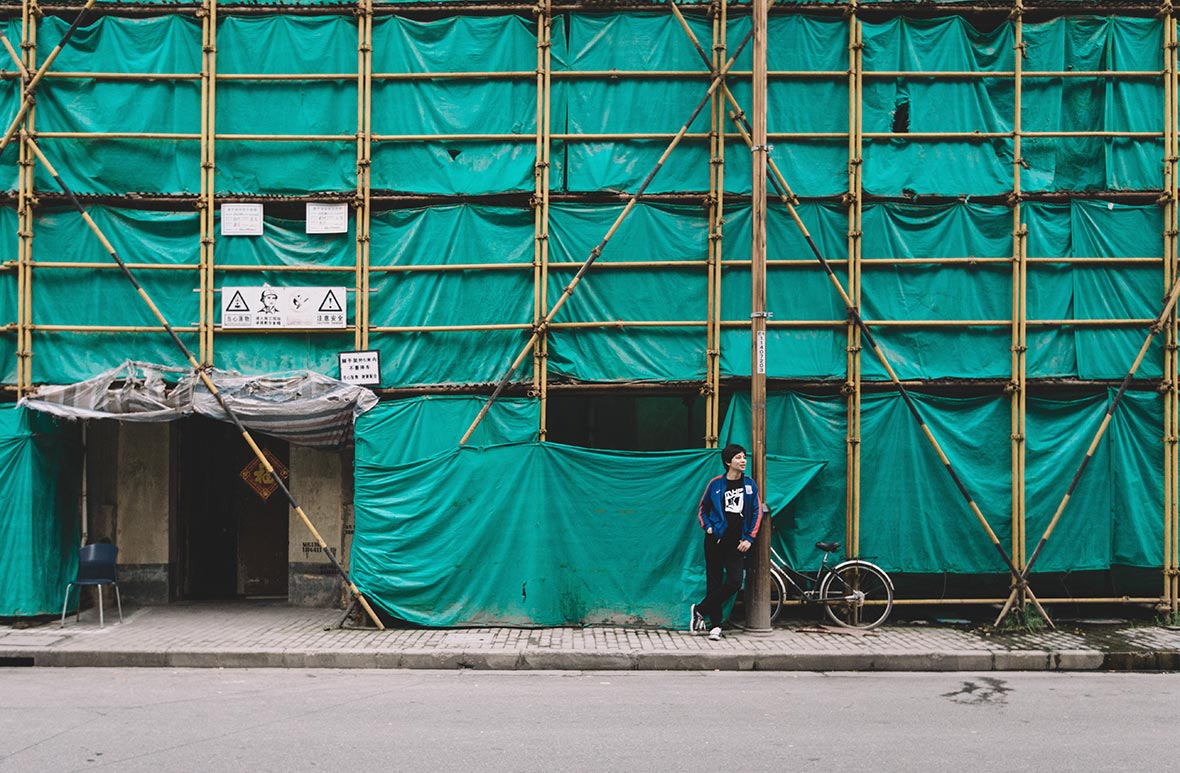
Listen below to a few select tracks off of MHP’s Folding Traces:
以下曲目节选自《折叠痕迹》,欢迎试听:
Born and raised in Shanghai, MHP believes that his music preferences and creativity are closely tied to the city. In the last 200 years, Shanghai has not only developed into an important port city and hotspot of commerce, but it has also evolved into a hub of contemporary Chinese pop music and culture. “Cultures that were considered avant-garde and hip entered the region after the 1980s. In the late ‘80s, the local news program Shanghai Zaocheng even ended their show with Kraftwerk’s ‘Autobahn’,” he says. MHP’s earliest encounters with electronic music can be traced back to around this time, although back then, he didn’t know that it would later become such an important part of his life.
土生土长于上海的MHP认为,他在音乐上的偏好和创作离不开这座城市。自两百多年前开埠以来,上海除了发展成为一个港口大都市,也成为了中国近代流行音乐与文化的发祥地和重镇。“一些前卫时髦的文化,很早就进入我们80后的生活状态里。《上海早晨》(一档新闻节目)在80年代末的结尾曲就是Kraftwerk的《Autobahn》。”他对电子音乐最早的接触可追溯至这个时期,尽管当时他并不知道那是什么。
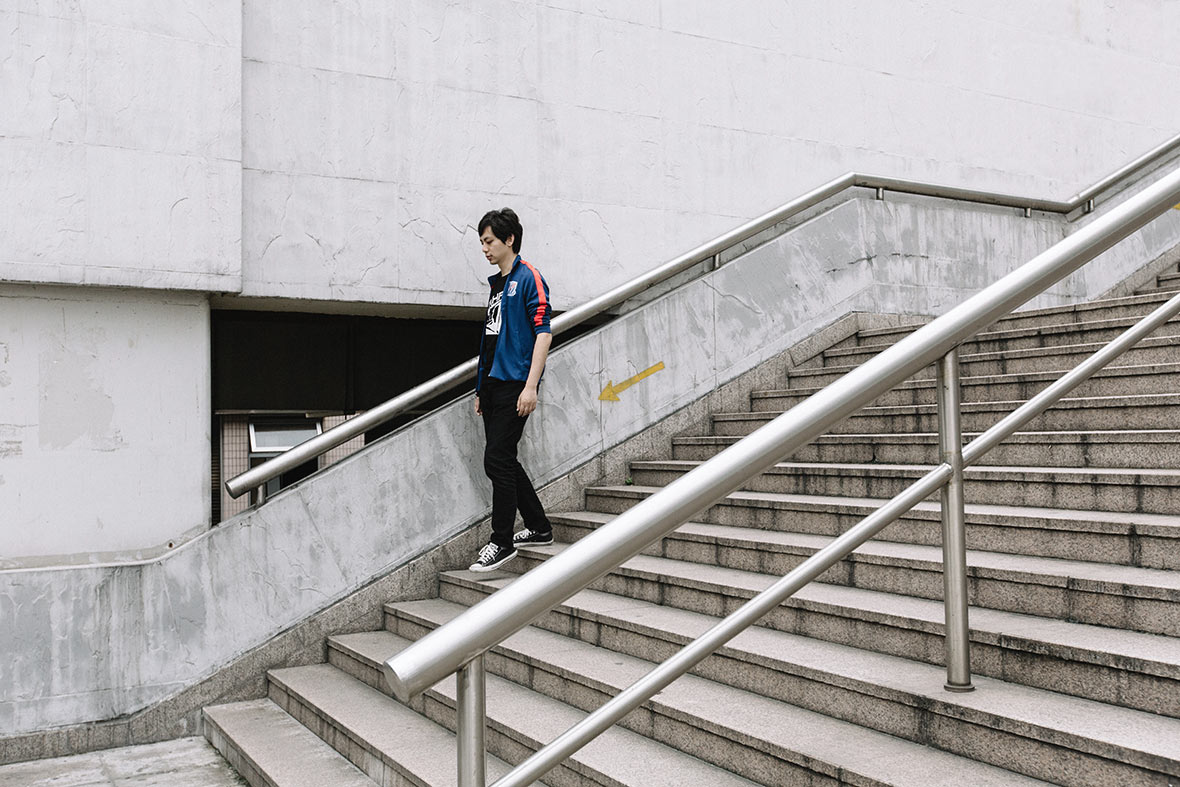
Shanghai is known as a melting pot of Eastern and Western cultures and living there exposed MHP to music from both cultures. But the different styles of music weren’t the only things that influenced his sound. “Shanghai used to air a lot of sci-fi shows from other countries. Such as the classic series The Time Tunnel. I was watching these shows when I was seven or eight.” MHP grew up reading Science Fiction World, a monthly science fiction magazine published in China, and novels published during America’s Golden Age of Science Fiction. Sir Arthur Charles Clarke, Isaac Asimov, Robert A. Heinlein are three authors who influenced his work the most. Believing that these sci-fi stories were closer to prophecies of the future rather than fiction, his perception of the world was in turn completely altered. The futuristic and technological vibes of his music can all be attributed to his love of science fiction. In Folding Traces, the track “Manifesto of Futurism” is a tribute to the cult classic sci-fi film Blade Runner, and even the album name is a reference to the origami unicorn at the end of the movie.
生活在这样一个中西文化碰撞的最前沿城市,他接受到的熏陶并不只是音乐上的。“上海以前有很多引进的科幻动画片,包括一些老的经典科幻剧集,像《时间隧道》等。我七、八岁就看过 。”在美国科幻黄金时代三位代表作家作品和《科幻世界》中成长的他,视科幻小说为一种预言小说,并相信科幻影响了他对世界的观察方式。他音乐作品中的未来主义色彩便是来自对科幻的爱。在《折叠痕迹》中,他更是用《未来主义宣言》致敬经典科幻电影《银翼杀手》,就连专辑命名灵感之一也来自该影片结尾处的独角兽折纸。
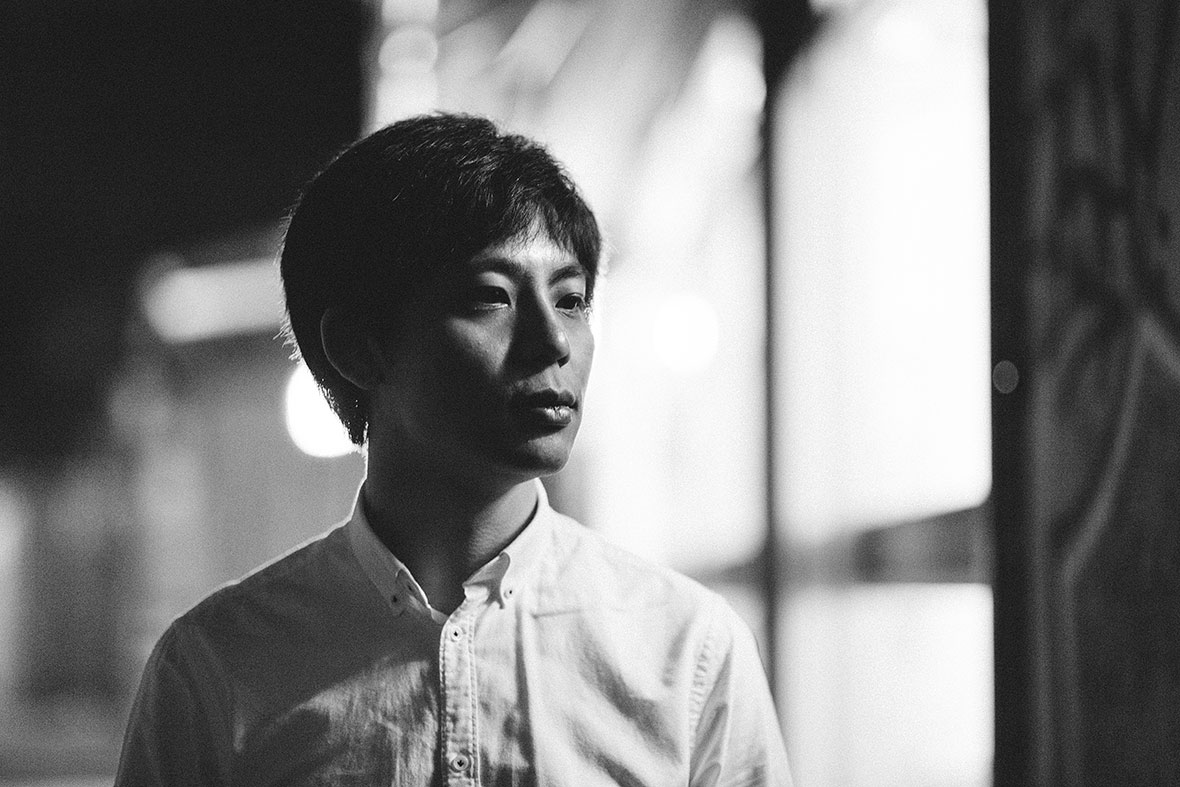
MHP graduated from the Shanghai Theatre Academy with a degree in fine art; the influence of that can be seen in his album name and album artwork, which allude to the Cubism movement of the 1910s. As someone who frequently visits museums, MHP says that visual art also serves as inspiration for his music. In fact, besides producing music, MHP also gives lectures at various art academies. MHP tells us that studying visual art has not only contributed to him gaining a better understanding of melody and rhythm but has also helped him to understand the importance of presenting his musical works as a well-composed story that could invoke images and memories in the minds of listeners.
《折叠痕迹》的名字和封面设计灵感的另一来源,则是1910年左右在西方现代艺术史上出现的立体主义。这位毕业于上海戏剧学院舞台美术专业的音乐人表示,现在的他仍然经常出入美术馆,并从视觉艺术中获取音乐创作灵感。事实上,在从事音乐创作的同时,他也在美术院校担任讲师。MHP告诉我们,对视觉的研习让他在旋律和节奏之余,更注重对音乐的文学性、故事性、画面性的表现。
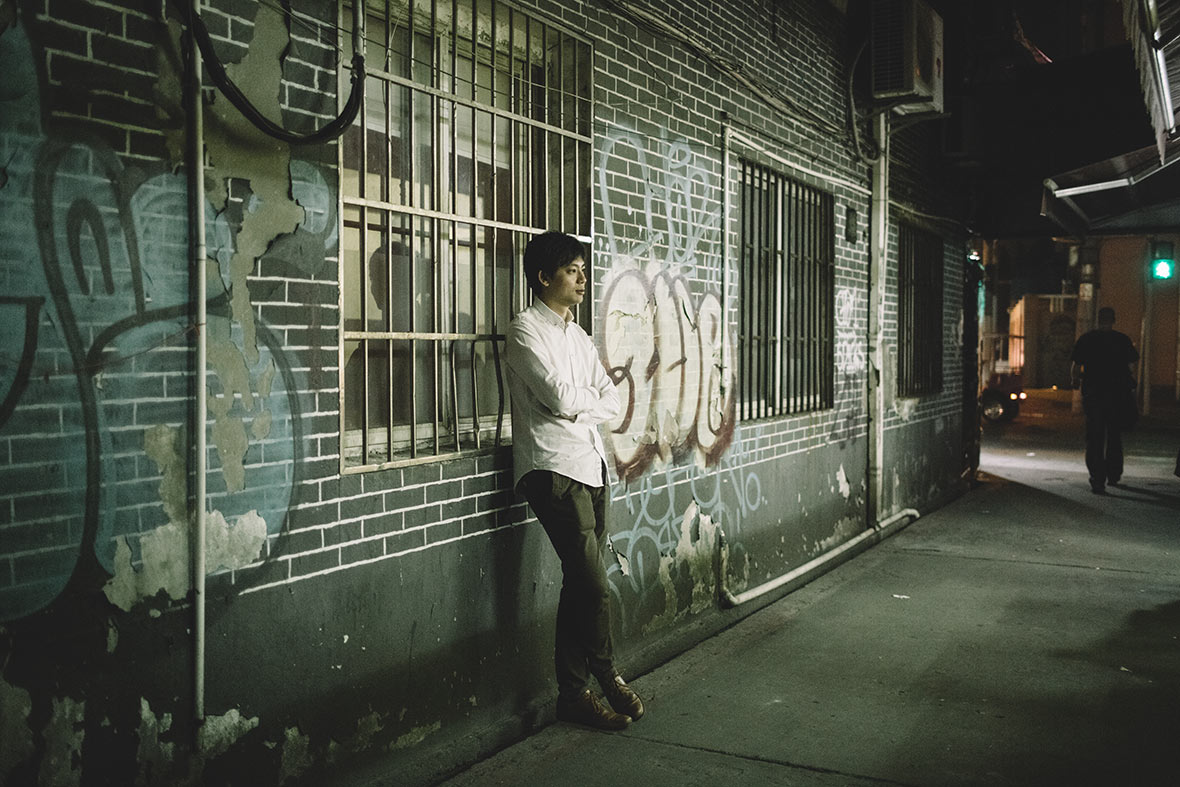
Ever since techno emerged from Detroit, it has evolved and shapeshifted as the genre passed through different regions. MHP hopes the genre can change and inherit a unique form that China can call its own. But he tells us, Chinese listeners generally have negative preconceptions about electronic music, seeing as it’s a relatively new form of music that has only recently started developing in the country. Taking into account the preference for melody that Chinese music tends to favor, the new album steered away from the heavier elements of techno music while still following the standard 4/4 techno rhythm. Purposefully, this new album incorporates more melodic elements into the overall composition.
Techno自在底特律诞生后,在不同地区的发展中都形成了独特的面貌。MHP希望它在中国也可以形成独具一格的场景。他告诉我们,中国听众对发展历史并不长久的电子音乐通常存在着误解和偏见。因此他根据中国听众对旋律的关注,在新专辑中并未选录比较重型的techno曲目,而是选择保持techno4/4的节拍上对旋律进行了更强的创作。
Devoted to his mission of promoting techno music, MHP has been digging into his own past with hopes of finding a link between his personal experiences and Western music; he believes this will help him create techno sounds more suitable for a Chinese audience. After winning Douban’s Abbey Road Music Award for two consecutive years, MHP re-enrolled into the Shanghai Theatre Academy for his MFA in contemporary art. MHP plans to produce more music similar to the tracks on Folding Traces in the future, and try to make techno a more widely accepted form of music in China.
带着一种推广音乐的使命感,他现在正在慢慢挖掘曾经在他身边发生的事情,在自己身上找到和西方音乐的连接点,从而在创作上做到更本土化。在连续两年获得阿比鹿音乐奖之后,目前的他回到上海戏剧学院攻读当代艺术MFA。接下来他还将创作更多像《折叠痕迹》这样为中国人所设计的techno音乐,以进一步地将这种音乐在这片土地上推广开来。
Soundcloud: ~/mhp
Douban: ~/mhpmhp
Weibo: @MHP_
Contributor: Banny Wang
Videographers: Gerhan, Damien Louise
Photographer: Banny Wang
Soundcloud: ~/mhp
豆瓣: ~/mhpmhp
微博: @MHP_
供稿人: Banny Wang
视频摄影师: Gerhan, Damien Louise
图片摄影师: Banny Wang


